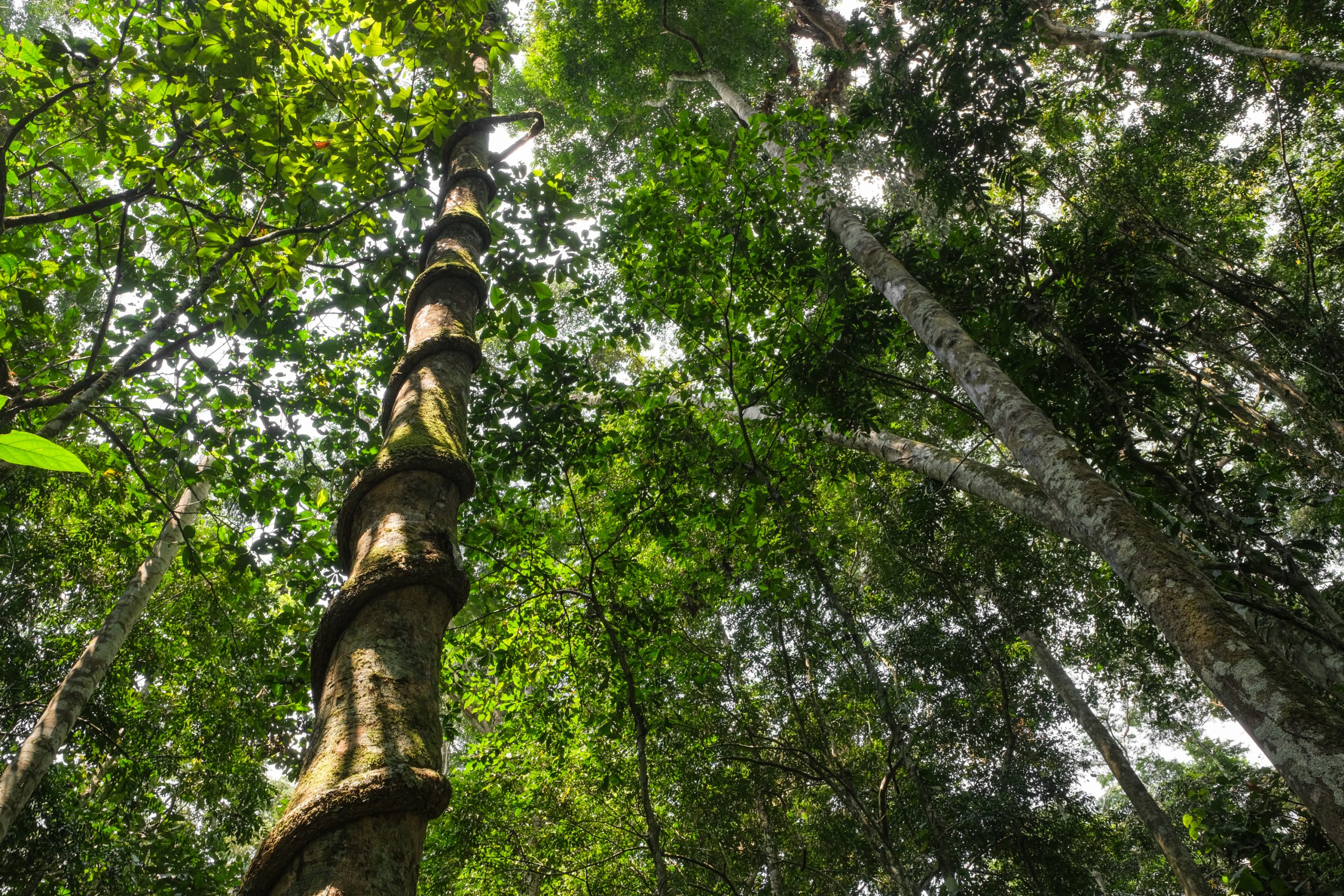Duration of engagment
Medium-Long (2-5 years to catalyze and sustain supplier engagement)
Cost
$-$$$ depending on how much a company decides to spend on financial incentives for suppliers vs. technical support, recognition, and facilitating linkages to other sources of funding
In the real world
Recognizing and resourcing supplier efforts to reducing emissions
Project Gigaton is Walmart’s program for reducing scope 3 emissions from its supply chain. Under the program, Walmart asks its suppliers to cut greenhouse gas emissions, use built-in calculators to estimate the reductions, and report results to Walmart. Walmart’s annual sustainability summit celebrates supplier achievements and announces new commitments. In Project Gigaton’s third year, a new Walmart webpage added “engagement in jurisdictional initiatives” as one action for which suppliers could claim credit. The page offers data to help suppliers understand where they are likely sourcing commodities, whether these supply origins are at high risk of deforestation, and how best to engage with sensitive, high-risk jurisdictions to improve sustainability outcomes.
Key points for companies
Companies can incentivize suppliers to engage in L/JIs in several ways. Upstream companies can work directly with suppliers in the context of an L/JI. Downstream companies can use preferred sourcing and other incentives that send market signals through the supply chain. All companies can give public recognition and visibility to suppliers, tailored to the audiences that matter most to them. Whatever approach is used, companies should consult with suppliers to clearly convey their own motivations and learn which incentives and supports are most attractive.

Support suppliers to engage in L/JIs. Companies can support suppliers (farmers, local aggregators, processors, and traders) in many ways including by co-designing L/JI strategies, supporting training, or legalizing production. The goal is to help suppliers see how they can maintain and increase their incomes while reducing deforestation.

Contract incentives. Both upstream and downstream companies can integrate L/JI goals and targets into their contracting mechanisms. Companies can integrate preferences for commodities sourced from effective L/JIs into their overall sourcing policies (see “Use preferential sourcing to support L/JIs that are demonstrating progress”). They can also provide preferential contract terms (such as higher volume, longer term, price premium) for suppliers participating in L/JIs (see “Align corporate policy specifications and supplier contract terms with landscape/jurisdictional goals and targets”). In general, contract incentives should be conditioned on both the individual supplier’s performance and the overall progress of the L/JI. By linking incentives to objectives, companies motivate suppliers to support the initiative, engage with government, and collaborate with communities and suppliers to accelerate adoption of good production and protection practices across the landscape/jurisdiction.
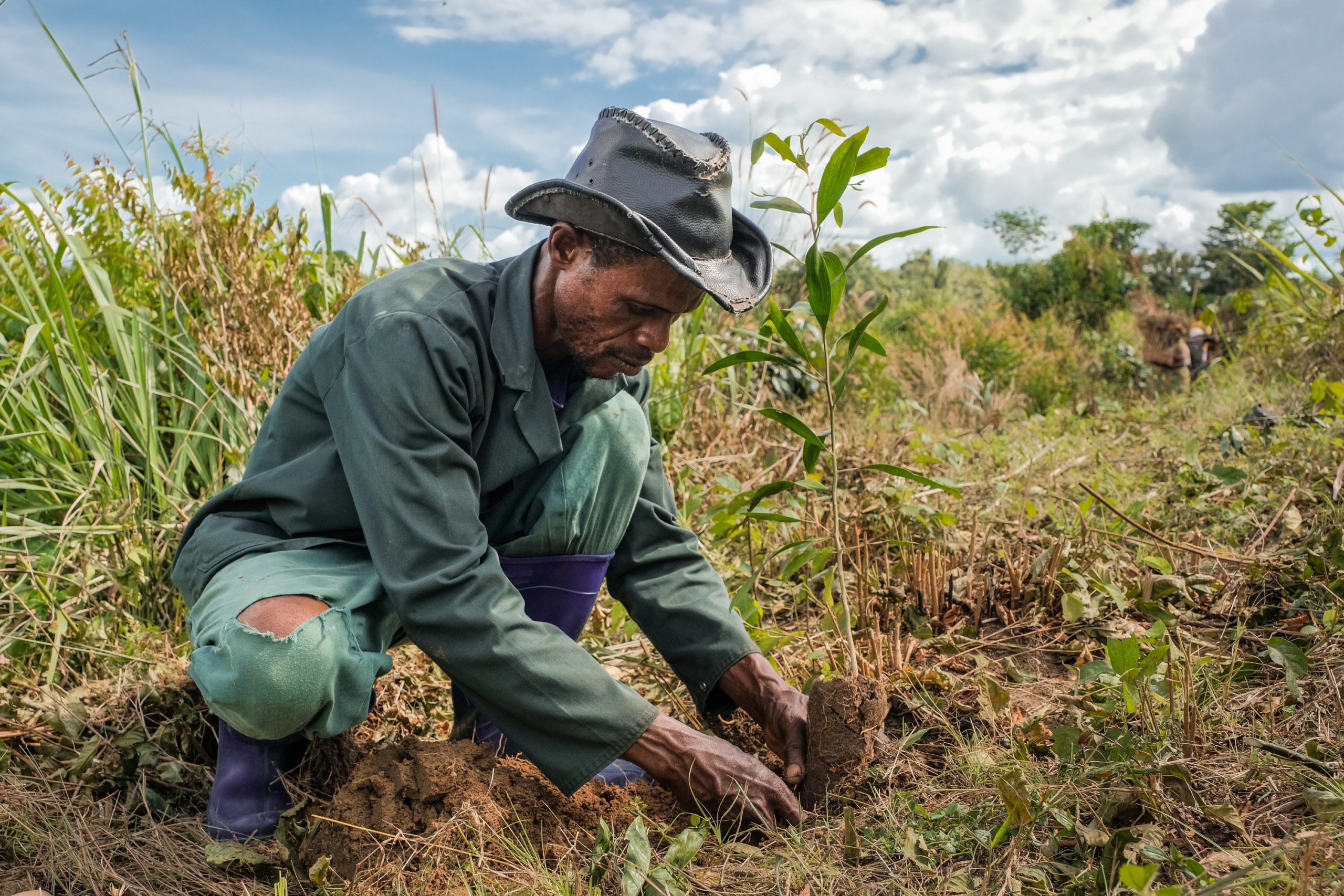
Production-protection incentives/payment for environmental services. Companies can directly pay farmers who protect and restore forests (see “Support landscape restoration in line with L/JI objectives”)They can also ensure suppliers gain access to government, multilateral, and carbon market funds that provide payment for environmental services (see “Help develop jurisdictional scale offset programs for deforestation”). As with supply contract incentives, suppliers and communities should be rewarded for progress on protection and restoration both for which they are directly responsible and at the level of the landscape/jurisdiction.
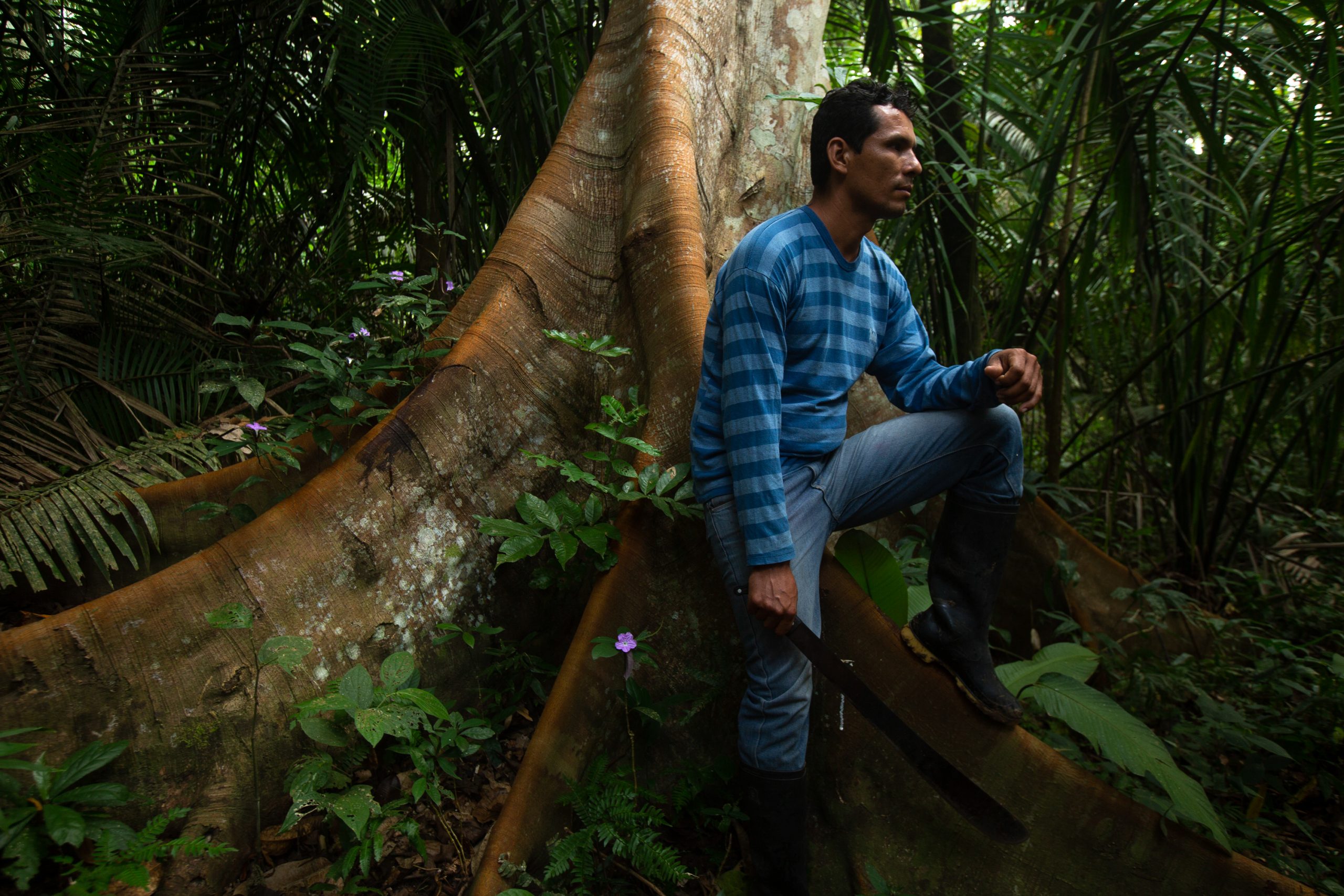
Recognition and public visibility. Downstream companies with significant public visibility (brands, retailers) can motivate upstream participants in their supply chains to participate in L/JIs by giving them public recognition as partners in sustainable sourcing. By recognizing upstream supply partners, downstream companies also add credibility to their own sustainable sourcing commitments.
Upstream companies can work directly with suppliers in the context of an L/JI. Downstream companies can use preferred sourcing and other incentives that send market signals through the supply chain.
External conditions that improve likelihood of success
- A prerequisite for effective engagement is an in-depth understanding of supplier interests, options, and constraints in relation to L/JIs. Downstream companies need to understand linkages among supply chain partners to identify the best engagement strategies across the chain.
- Good relationships and open lines of communication with supply chain partners can help companies engage suppliers in L/JIs.
- Well-coordinated company teams that link procurement, contracting, sustainability, and communications in order to develop and implement effective supplier engagement strategies.
The business case for this intervention
- Companies can only advance L/JIs as a strategy to meet their own deforestation/conversion-free commitments if suppliers willingly and effectively participate.
- Companies with strong leverage over suppliers can achieve significant results with limited investment; others can promote and coordinate participation in the L/JI in ways that enhance leverage and incentives.
- Sharing recognition with suppliers benefits both supplier and purchaser, and strengthens companies’ credibility as they publicize their sustainable sourcing commitments.
Duration of engagment
Short-Medium (3-6 months to expand sustainability reporting; 3 years to set up a jurisdictional monitoring system)
Cost
Expansion of sustainability reporting to include landscape/jurisdictional progress (no cost if an external resource is available that tracks this progress; $$$ if a monitoring system needs to be created for the landscape/jurisdiction)
($$$)
Obtaining third-party verification of reported impacts if not built into the landscape/jurisdiction-level monitoring system
In the real world
1. Forging linkages for landscape-level accountability
Companies often commit to sustainability goals that transcend what they can achieve alone, and report regularly on the steps they are taking to advance those goals. For example, the Global Reporting Initiative, within its Biodiversity Standard, requires companies to report on “whether partnerships exist with third parties to protect or restore habitat areas distinct from where the organization has overseen and implemented restoration or protection measures.” Numerous companies involved in L/JIs report on their contributions to those initiatives. Each effort fits like a piece in a puzzle, part of the whole. However, there is not yet a clearly established practice of companies explicitly committing themselves to the joint achievement of L/JI outcomes and then reporting on the initiative’s overall results as a part of their corporate reporting.
2. Tracking progress in a larger context
In an L/JI in the Kakum area of Ghana’s Central Region, Lindt’s Cocoa Foundation partnered with the Nature Conservation Research Center to develop a system for monitoring and evaluation (M&E). The M&E system will let all of the L/JI stakeholders track their progress toward meeting the initiative’s goals and enable companies to measure their contributions in a larger context. The M&E system is being designed to track socioeconomic and ecological sustainability, and how the Kakum initiative shapes local views about livelihoods and wellbeing, Climate-Smart Cocoa practices, and landscape governance and management. This effort pilots the LandScale system to track progress at landscape scales.
Key points for companies
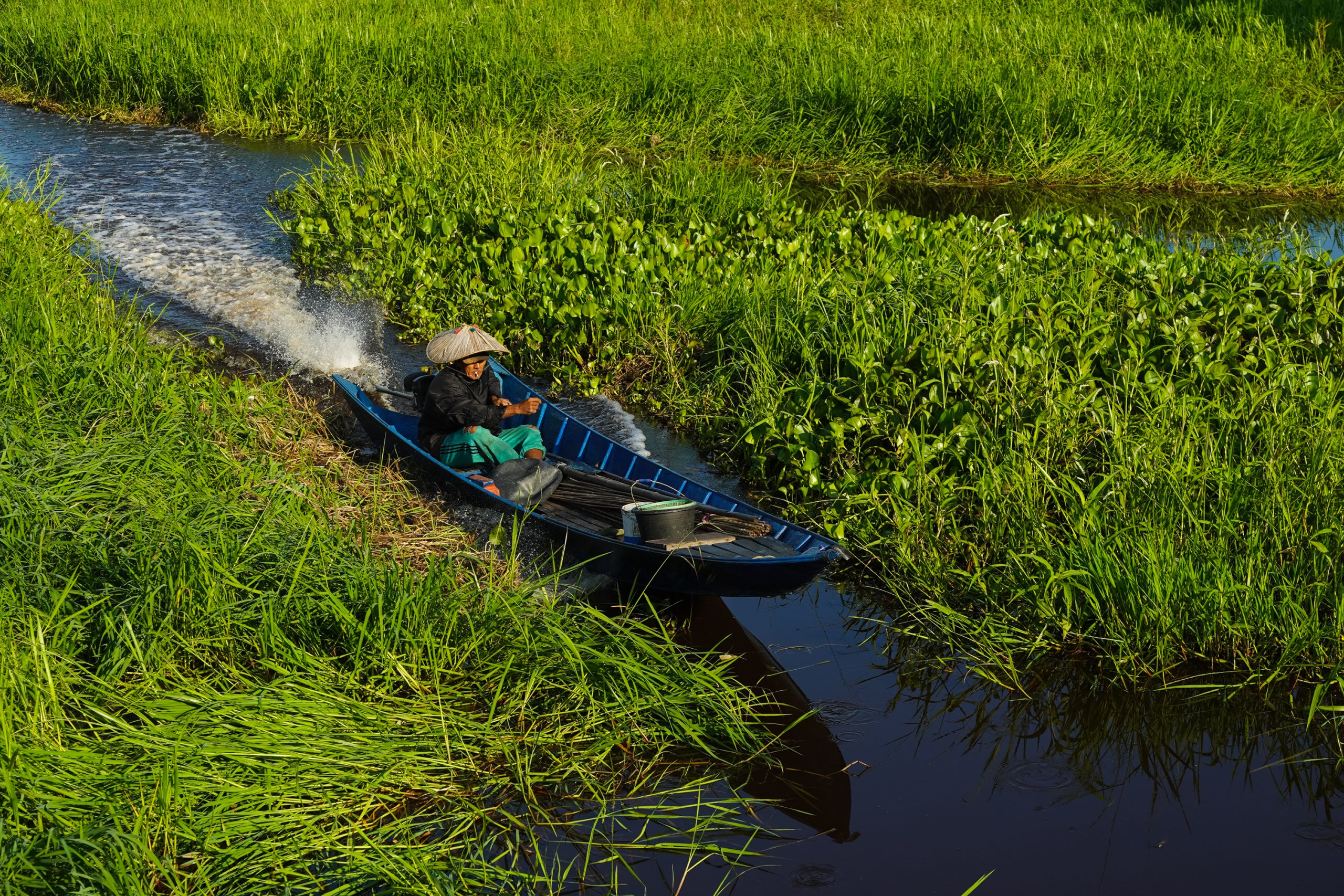
Based on its supply chain priorities or where it wields greatest market influence, a company should choose landscapes/jurisdictions in which to take on co-responsibility for sustainability progress alongside other stakeholders. This selection should reflect the strength of the company’s commitment to the achievement of specific results at the landscape/jurisdictional level, and the company’s ability to contribute to those results.
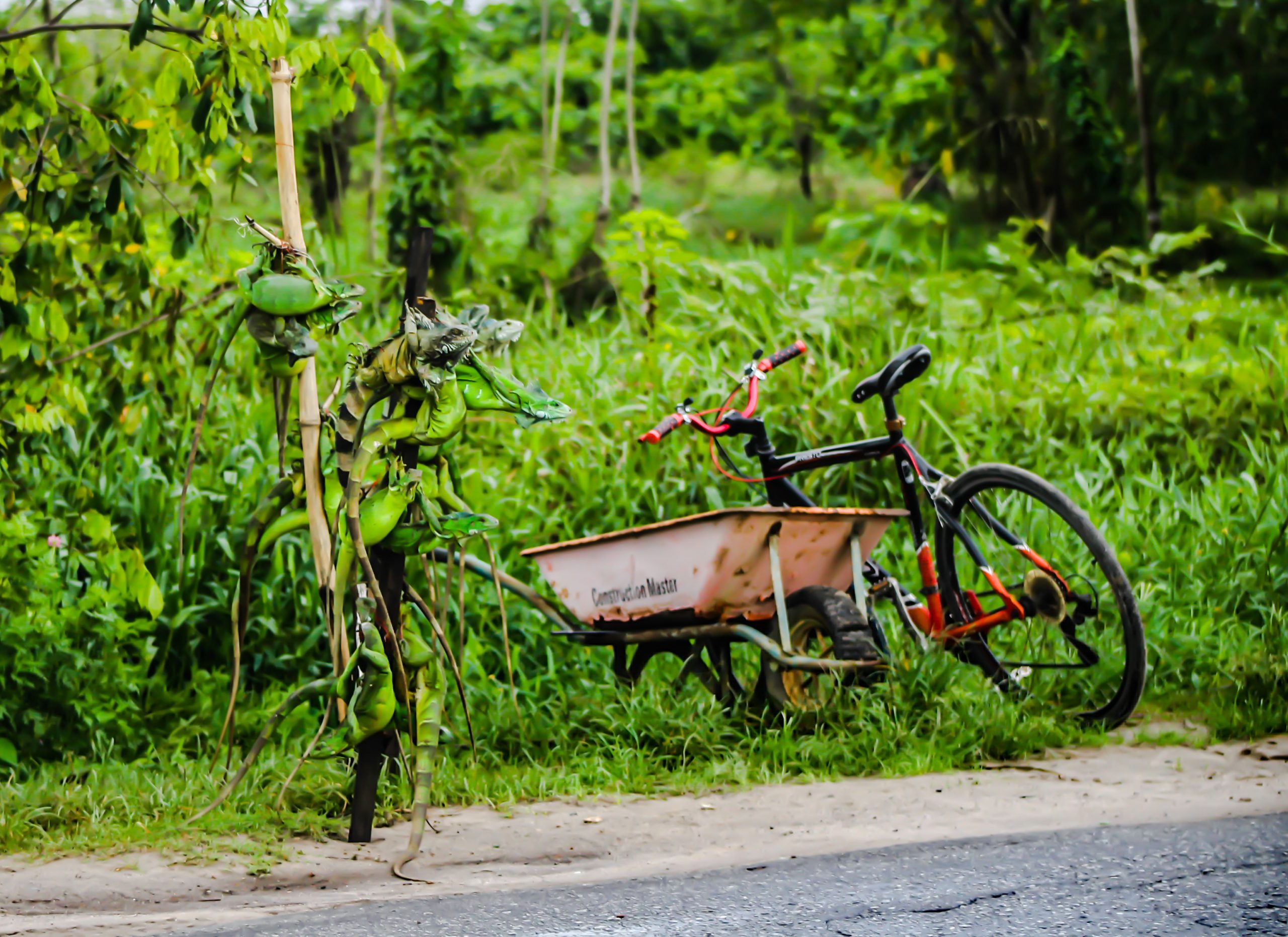
Incorporate some or all of the L/JI’s sustainability targets within the company’s and ensure internal buy-in to be co-accountable for meeting them. A company may commit itself to those targets where it can make the greatest contribution, even while recognizing that the outcome largely depends on stakeholders and forces beyond the company’s control.
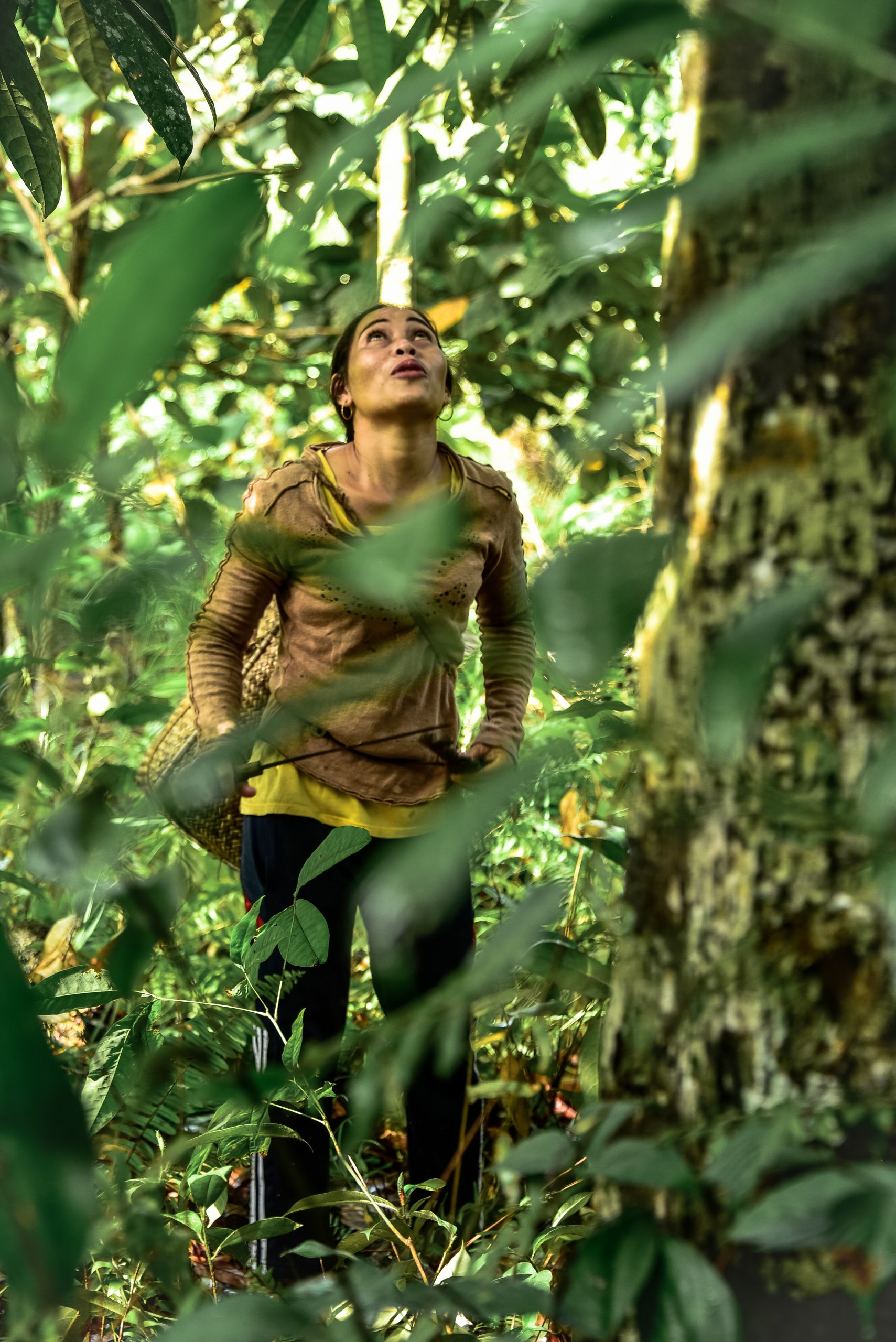
Announce the company’s intention to be co-responsible for progress on sustainability, jointly publicized through the L/JI’s external outreach, corporate communications, and any national and global platforms in which it participates. Leverage high-profile gatherings focused on forest and climate issues (e.g. UN Climate Week, the UNFCCC COP, the TFA annual meeting) to amplify a company’s message about claiming a degree of responsibility for an L/JI’s progress.
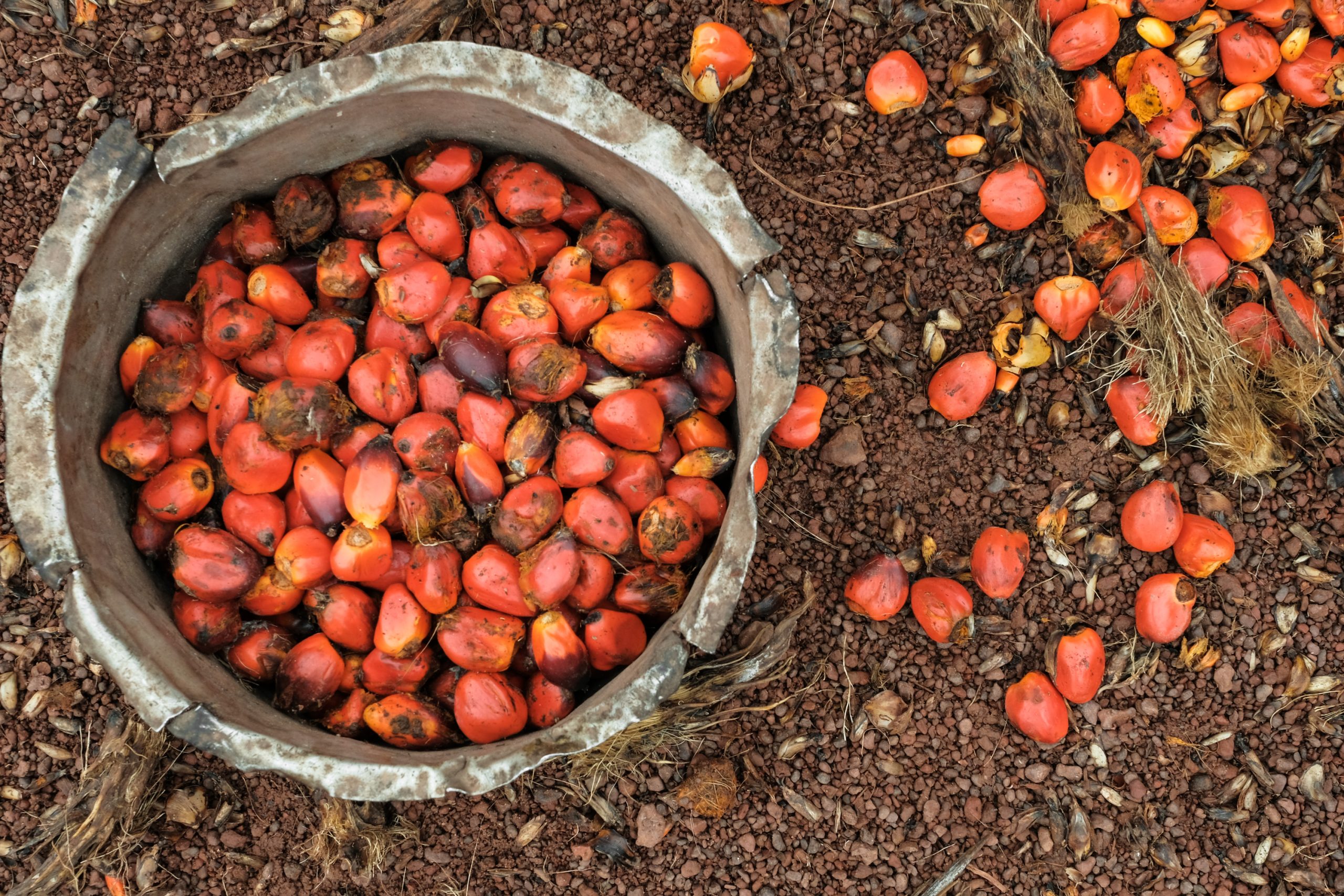
Ensure a local M&E system is in place to assess progress at the landscape/jurisdictional level. LandScale and Verified Sourcing Areas are systems being developed to measure landscape progress in standardized ways, and track actors’ contributions toward this progress.
- Lacking a credible and effective monitoring system, work with other stakeholders to design and build one that is transparent, impartial (assured via third party verification), generates relevant and high quality data, and tracks performance regularly over time. To that end, ISEAL Alliance and WWF have developed guidance on creating credible monitoring systems for L/JIs.

Integrate reporting on the L/JI’s progress into the company’s own sustainability reporting, using specific, measurable, achievable, relevant, and timebound (SMART) indicators that capture what results the company has set out to achieve.
Incorporate some or all of the L/JI’s sustainability targets within the company’s and ensure internal buy-in to be co-accountable for meeting them.
External conditions that improve likelihood of success
- No external conditions are required for this intervention to be a useful contribution to advancing sustainability at a landscape/jurisdictional level. Some companies may choose to share responsibility for an L/JI’s progress only when a multi-stakeholder body is driving implementation of already-defined targets. Others may want to commit to co-responsibility regardless, to signal the company’s long-term intent to invest in improving the region’s sustainability performance.
- Availability of dedicated staff and resources within the company and the L/JI to monitor and report on progress and use these as a management tool.
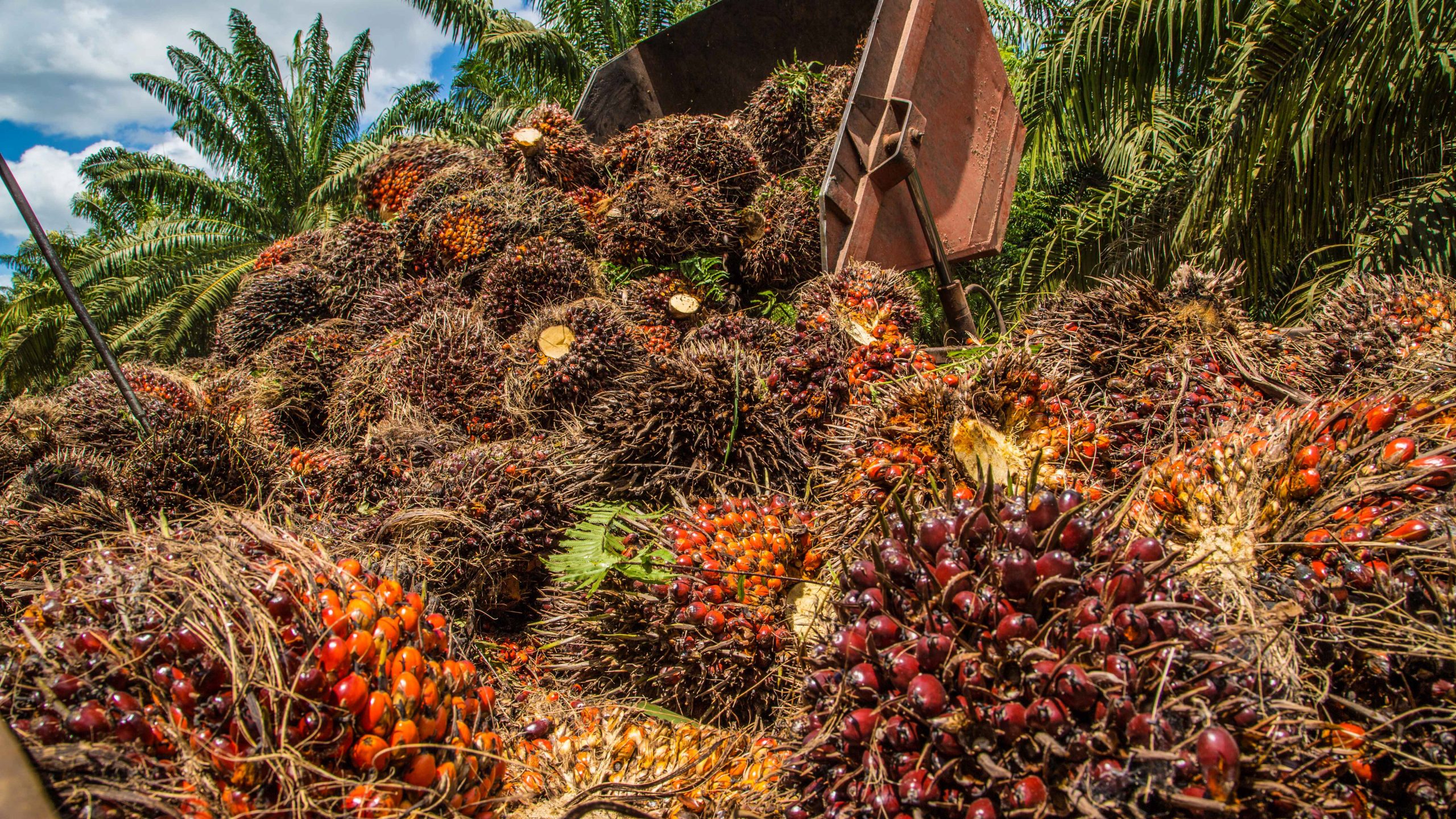
The business case for this intervention
- By taking on co-responsibility, a company signals, locally and globally, its long-term support for the sustainability objectives of a high value landscape/jurisdiction.
- Aligning a landscape/jurisdiction’s targets with its own can help ground and focus further actions the company might take to advance these targets.
- Public commitments to and reporting on L/JI results can attract other companies and NGOs with an interest in the same goals, creating new partnership opportunities.
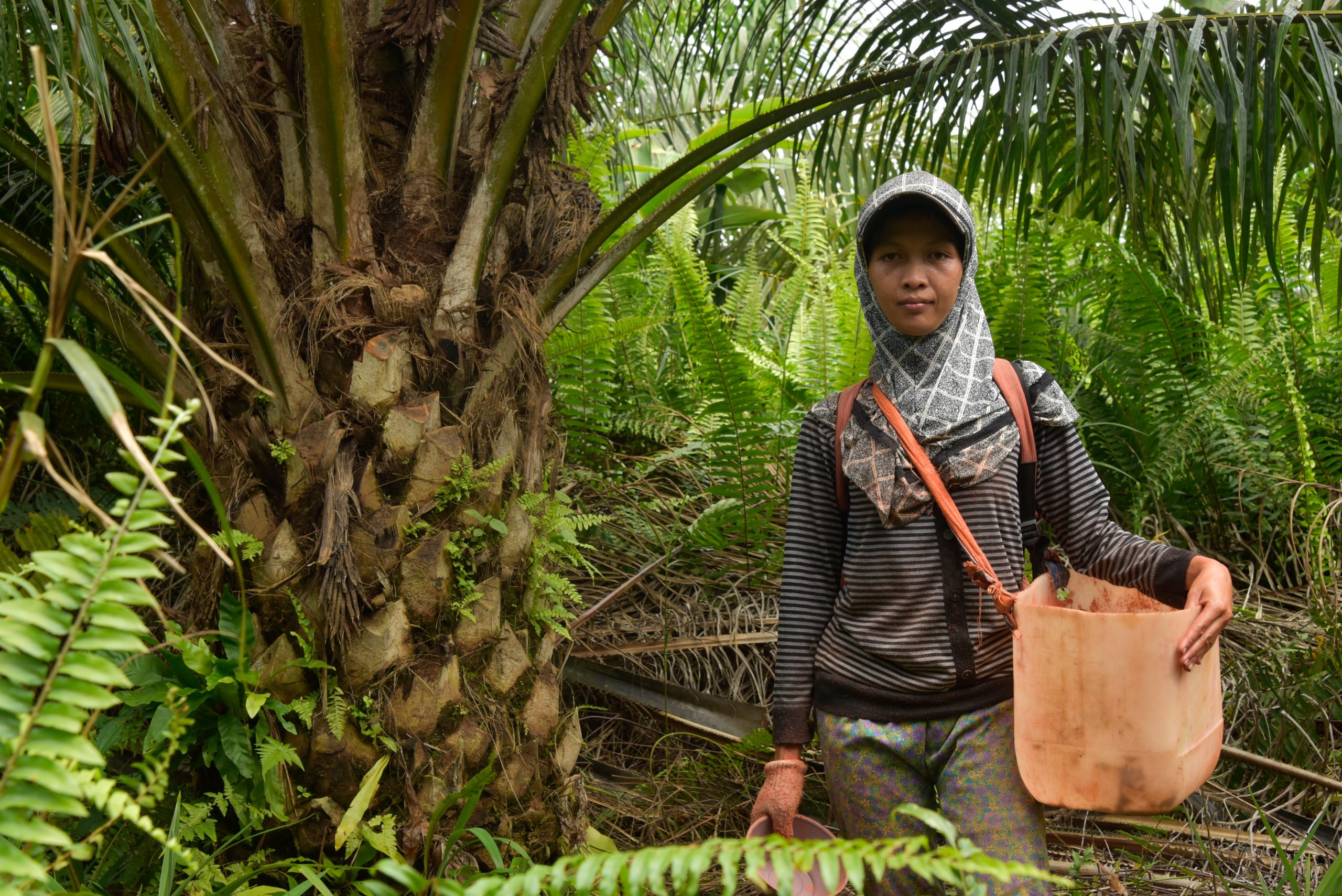
Duration of engagment
Medium-Long (2 years for baseline assessment and planning; 5 years to achieve self-sustaining alternative livelihoods)
Cost
($)
Staff time to liaise with jurisdictional governments and communities
($)
Costs associated with workshops and meetings
($)
Training on developing new products, entrepreneurship, and attracting investment (e.g. business and investment plans)
($$)
Participatory socio-economic studies to identify gaps, needs, and opportunities
($$)
Processes to implement FPIC, when needed
In the real world
While companies have long helped farmers and communities to diversify livelihoods, few have done so as part of landscape/jurisdictional strategies. The following cases include some in which companies have taken important action in the absence of agreed or clearly articulated L/JI goals and priorities. If undertaken in the context of an L/JI, the same actions can leverage partners’ efforts and help to deliver significantly greater impacts.
West Africans cook food without consuming forests
Nestlé has distributed over 800 efficient cookstoves in Côte d’Ivoire and Ghana to reduce pressure on forests and improve family health. The company has also helped establish village savings and loan associations for over 9,400 people to finance their small business opportunities.
Preventing future unemployment-driven deforestation
Golden Agri-Resources (GAR) offers livelihood packages to the communities that supply its labour force. The company recognizes that automation trends in palm oil production will displace labour and erode jobs over time, at which point underemployed workers may take up unsustainable practices to make up lost income. To anticipate and mitigate this risk, the company livelihood package includes training, support with agricultural inputs, and market access for activities like yield improvement on rubber plantations, organic farming, and aquaculture. GAR also manages an outgrower scheme, in which smallholder cooperatives gain dedicated training to convert non forested community land into productive plantations.
Boosting productivity, shrinking farmland footprints
Hershey’s has invested in increasing the economic resilience of cocoa farmers by supporting over 14,000 farmers in sustainable livelihood and income diversification programs. These programs provide training on cassava and plantain production and other income generating activities, which may help farmers earn enough that they need not expand their farm footprints. It has also helped to establish almost 200 Village Saving and Loan Associations, totaling over 5,000 farmers, to educate communities on responsible saving, borrowing, and investment. These Associations have provided over US$ 250,000 in loans to support education and micro businesses.
Earning income without jeopardizing Ghana’s forests
In 2018, Benso Oil Palm Plantation (BOPP) partnered with communities in Ghana’s Adum Banso traditional area, Proforest, and Partnership for Forests to address challenges faced by smallholder palm oil producers. This initiative trained farmers on social and environmental best practices for growing palm oil and worked with local NGOs to develop alternative livelihood schemes to prevent further clearance of forest frontiers. Over time, stakeholders formed local Forest Landscape Governance Board Committees to oversee efforts to protect forests and reduce social impacts in the area.
Key points for companies

Determine whether the target landscape/jurisdiction has set a goal to promote additional or alternative livelihoods to those that drive forest loss or environmental degradation. If so, companies should align their efforts with the L/JI’s goals and geographic priorities. Alignment could mean redirecting and/or expanding current livelihoods support or investing in programs delivered by others. Upstream companies with robust community outreach capacities can take the lead in training for alterative livelihoods, backed by funding and incentives from downstream companies.
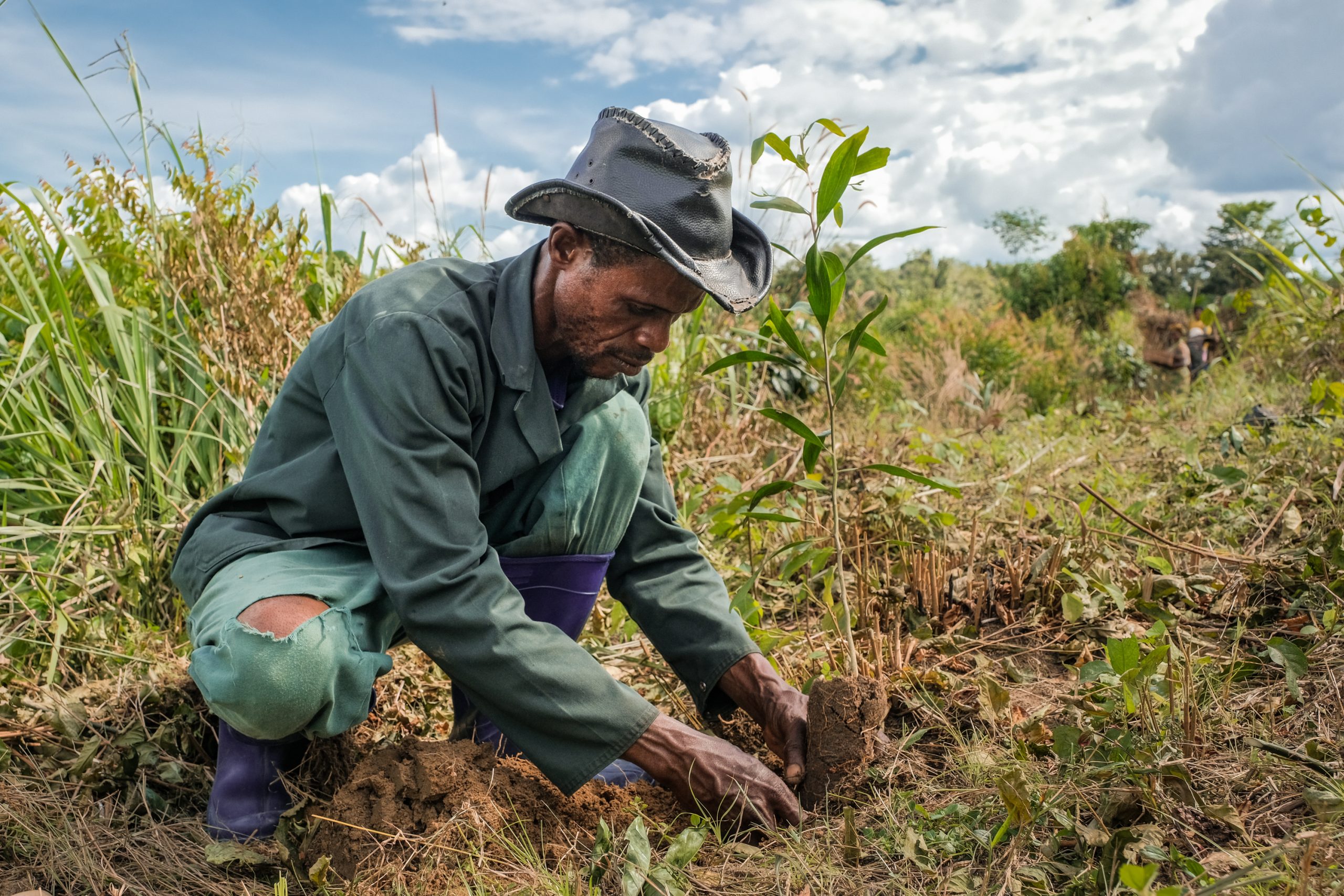
Companies can support additional/alternative livelihoods if they:
- Identify value-addition opportunities within the supply chain
- Support crop diversification through land assessment, farmer extension services, and long-term commodity purchasing programs
- Promote other viable business opportunities that generate non-farm employment in target communities (e.g. clean energy, clean water, education)
- Help farmers develop financial literacy, management, and entrepreneurship skills
- Invest seed capital into micro-finance for small and medium enterprise development (directly and with local, national, and international co-investors)
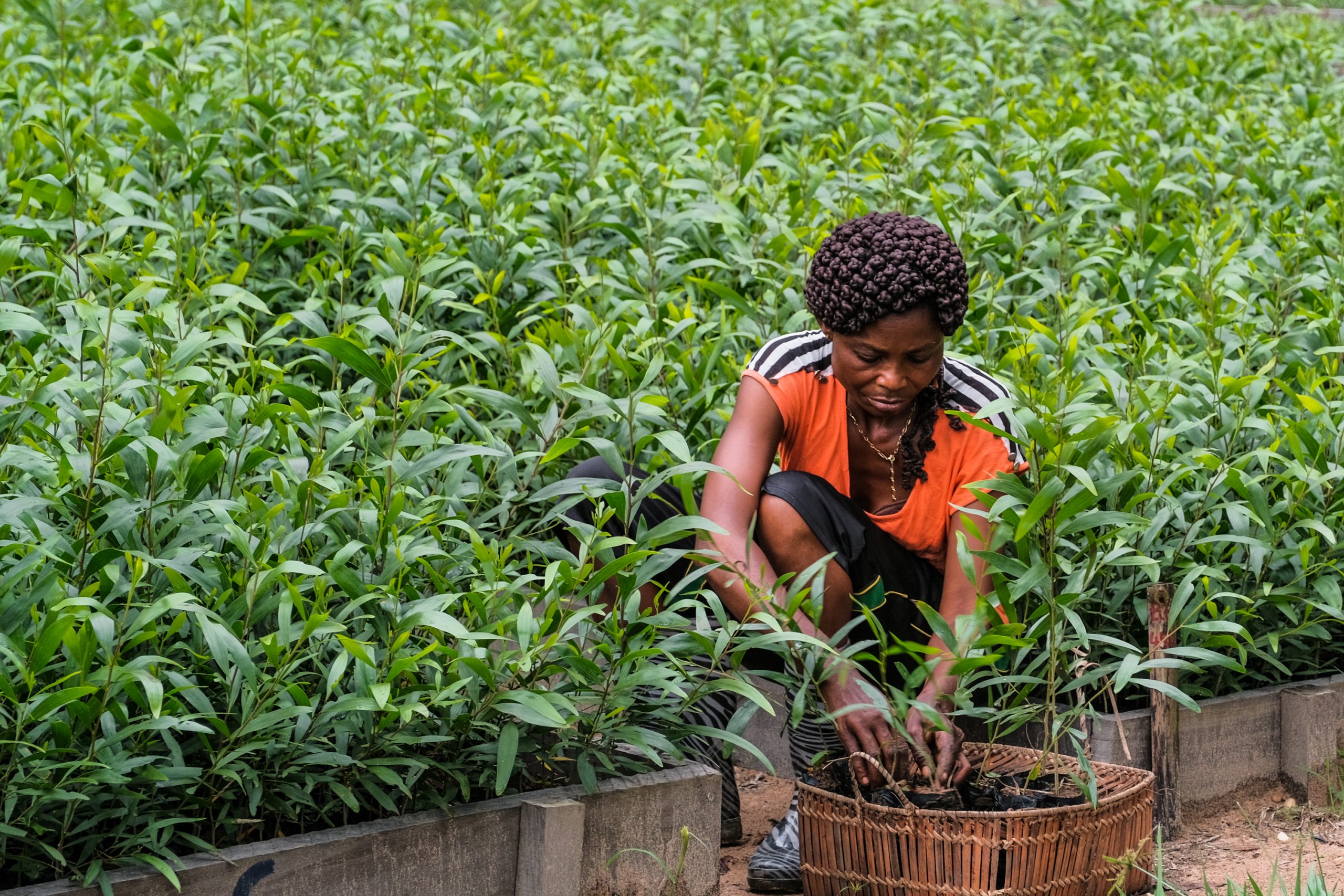
There are various strategies to unlock additional or alternative livelihoods:
- Support stakeholder mapping and analysis to identify who needs what outcomes, and why. Collaborate with an organization that has a track record supporting community economic development. Then help stakeholders establish governance structures, appropriate smallholder schemes, livelihood models, and mechanisms for monitoring and evaluation.
- Identify alternative livelihood opportunities in the company’s operations and supply chains that are consistent with the strategies of the L/JI. For example, companies could promote alternative crops in suitable locations, invest in shared processing plants, and expand economic opportunity to women.
- Open new alternative livelihood opportunities by contributing business planning expertise, funding the provision of relevant expertise, and encouraging and supporting the participation of relevant suppliers. Specific arenas for support include:
- Business models: conduct market research on service industries and sustainable forest-based, agricultural, or non-natural resource products; product development; market testing; business plan development; legal entity establishment
- Human resources: assess capacities and bridge gaps for village planning groups, community-based entrepreneurs, innovation hub managers, business expert rosters, and government economic development agencies and programs
- Institutional and policy dynamics: assess how best to integrate new products and services into local and regional economic development plans and programs, as well as changes needed to regulatory frameworks to enable and incentivize community-based enterprises and regional industries
- Investor communication and outreach: identify potential investors and engage them through a well-developed communications and marketing effort; present a compelling business opportunity, facilitate due diligence, and broker relationships
- Train and build the capacity of local communities to establish and run small businesses. Communities often need help promoting a savings culture to boost their financial management skills and credit worthiness. Companies should align support with the L/JI’s objectives, with an eye to helping today’s new businesses become future sustainable supply chain partners.
- Promote regular progress reports to the L/JI from beneficiaries trained in alternative livelihoods.
External conditions that improve likelihood of success
- Clarity on communities’ gaps, needs, and opportunities
- Communities feel ownership of any alternative livelihood options that arise
- Livelihood opportunities are grounded in viable markets, as grant/donation-based opportunities have limited or short-lived impacts
- Stakeholders enjoy free, prior, and informed consent (FPIC) when required
- Secured market access and purchasing agreements for new products that are developed
- The system for education and skill development (i.e., vocational study) is aligned with landscape/jurisdictional priorities
- Smallholders have access to finance, particularly seed funding to initiate and/or upscale their businesses
- Communities are familiar with real success stories to overcome their reluctance to change livelihood models
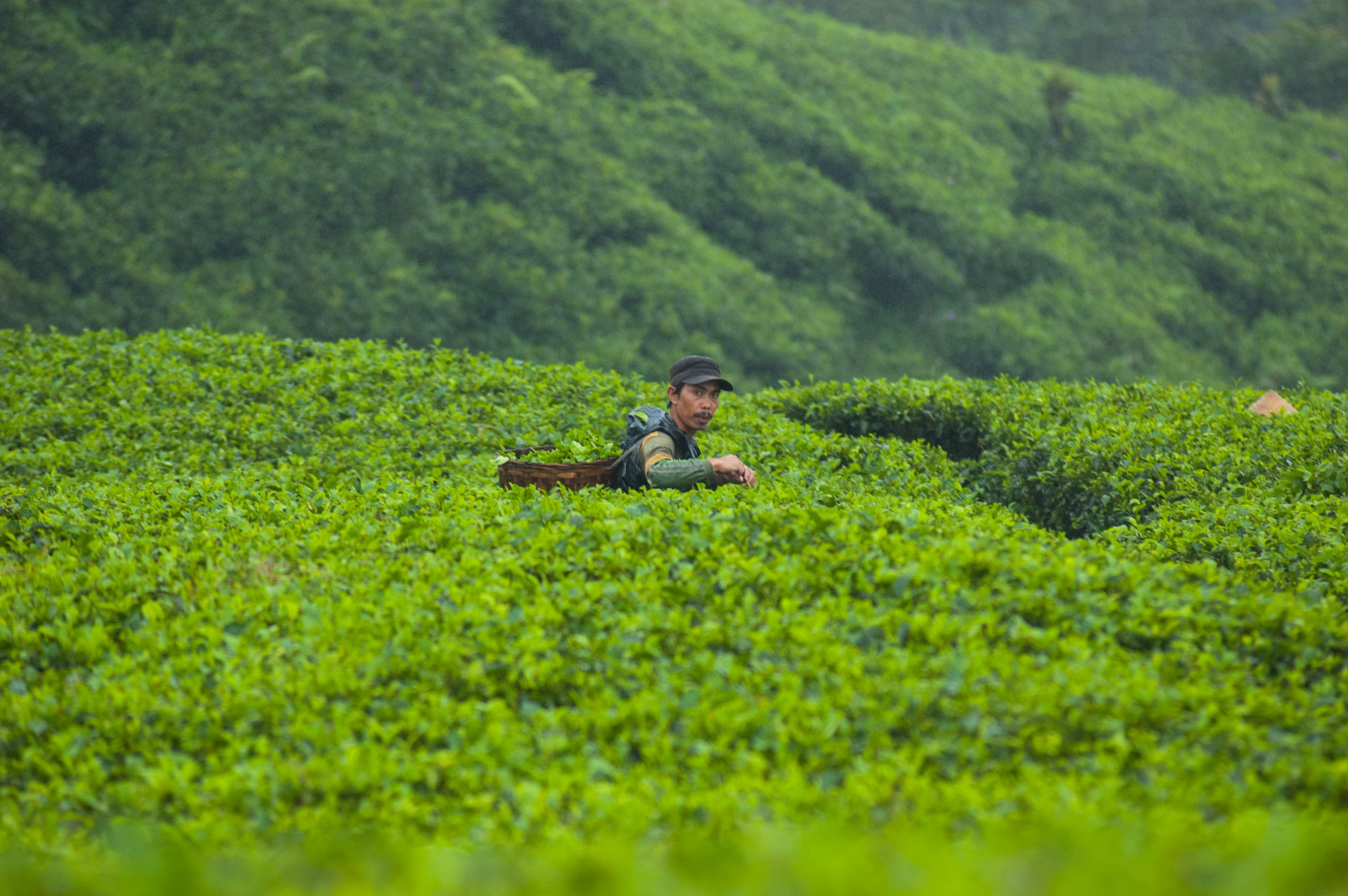
The business case for this intervention
- By supporting livelihood activities, a company can generate goodwill, build long-term relationships, and enhance its social license to operate, thus reducing potential costs of community conflict and reputational risk.
- To the extent that communities are company suppliers, company support may engender loyalty and gain an advantage in a seller’s market.
- Building market-based alternative livelihoods can create opportunities to source new products and develop new markets.
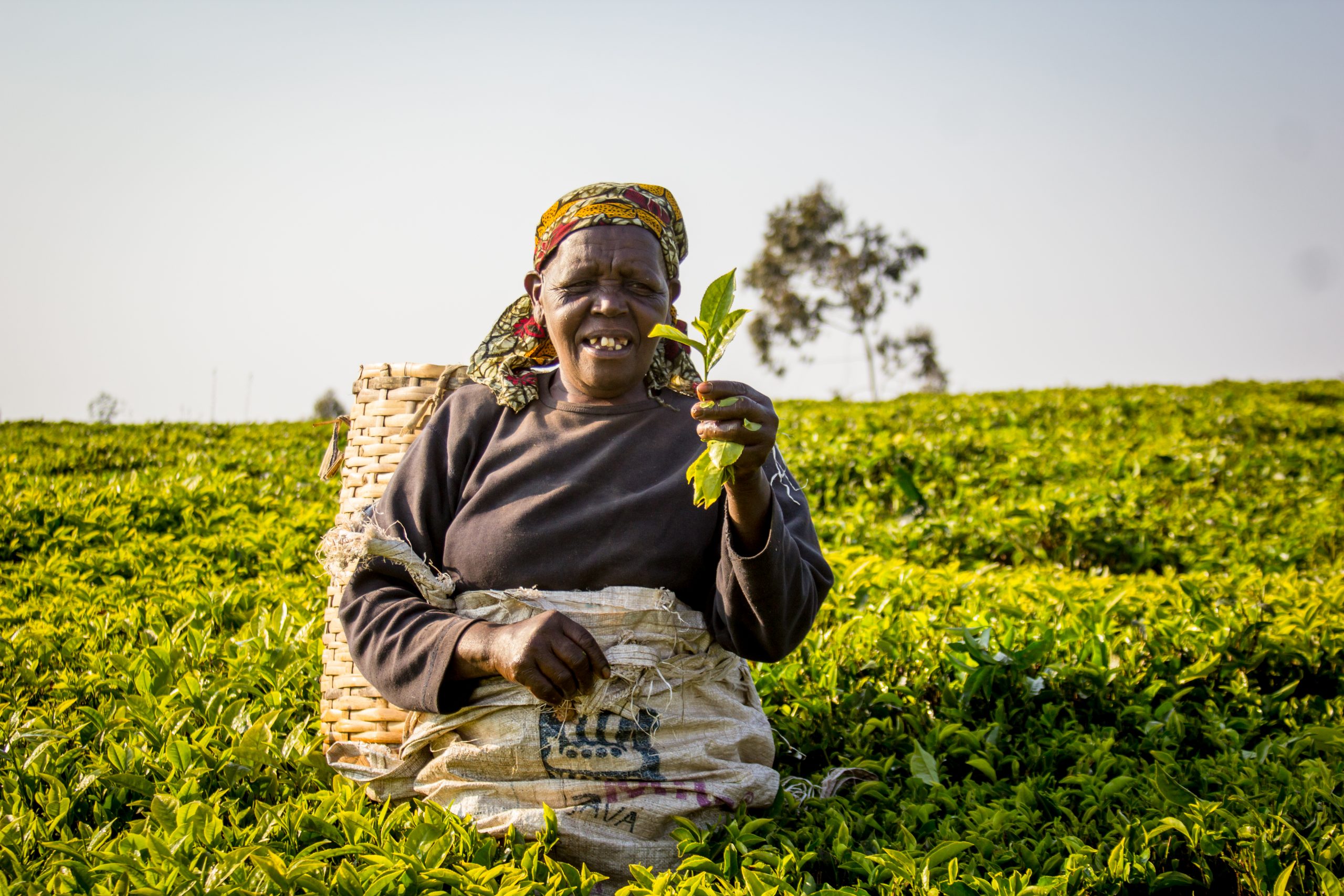
Duration of engagment
Short-Medium: training (1-3 months); engaging with a fund to support smallholders (1 year); providing loans, guarantees, or offtake agreements or (up to 3 years).
Cost
($)
Staff time to engage with government and/or private financial institutions to create/improve a development fund to support smallholders
($)
Staff time and/or funding to train smallholders on financial basics
($-$$$)
Direct loans to smallholders
($$)
Guaranteed smallholder loans or offtake agreements
In the real world
Many companies help smallholders gain access to financing, but these efforts have rarely been connected with broader landscape/jurisdictional strategies. If undertaken in the context of an L/JI, the same efforts can leverage partners’ works and deliver significantly greater impacts.
Lending cash to conserve the forests’ future
In Ucayali, Peru, the French chocolate company KAOKA signed a long-term partnership agreement with a cocoa producers cooperative (Collpa de Loros), which leveraged the agreement to lower its risk profile when seeking a loan. The loan enabled the cooperative to invest in cocoa harvesting and processing infrastructure, rehabilitate 200 hectares of cocoa plantings to increase yields, and develop demonstration plots to boost productivity even further. The cooperative also received the equivalent of a US$285,000 loan guarantee from a regional development fund established by the Ucayali government (FONDESAM), on condition that it agreed to maintain existing forest cover on the individual producers’ farms. About 100 smallholders were able to use this credit guarantee to access a US$385,000 bank loan at an interest rate 5% lower than the prime rate offered by the traditional agricultural lender, Agrobanco. The Ucayali government is now working to scale and replicate the successful financing of this cooperative by developing a technical assistance and financial incentive program for producers that adhere to sustainability criteria contained within the regional government’s Marca Ucayali initiative.
Leveraging loans to transform palm oil production
In Colombia, Cargill is teaming up with Solidaridad and Oleoflores to offer loans used by farmers to implement sustainable palm oil production practices. Under this program, a credit scoring tool considers farmers’ agronomic practices, collateral, and capacity for repayment to show which farmers are eligible for loans. The program aims to extend credit to more than 5,000 farmers across the country.
Key points for companies
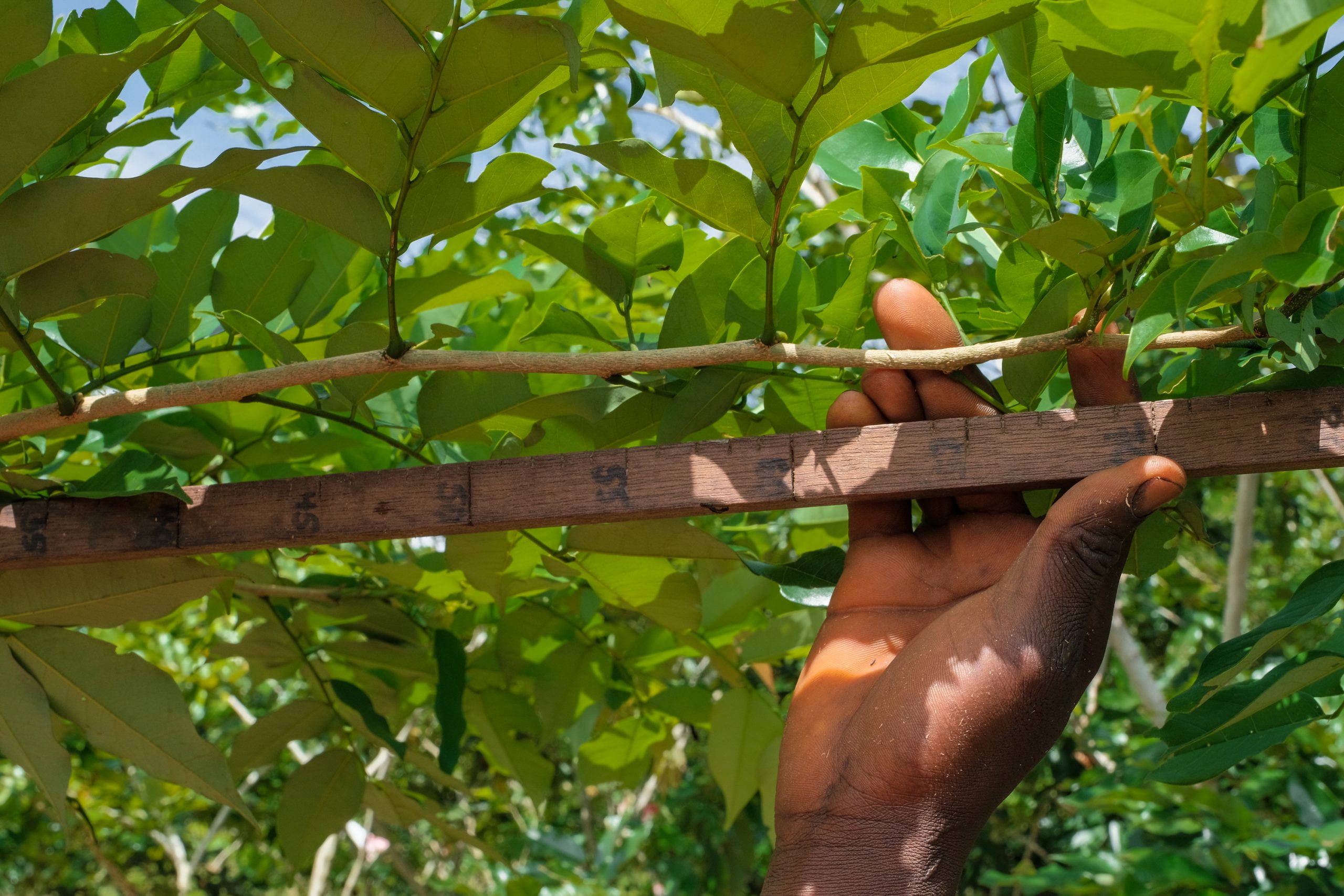
Determine whether the target landscape/jurisdiction has set a goal around enhancing smallholder finance in support of sustainable production. If so, companies should align their efforts with the L/JI’s goals and geographic priorities. Alignment could mean adjusting their own existing efforts or investing in programs delivered by others. Upstream companies with capacity to engage smallholders should take the lead; downstream companies can provide funding to support financing programs.
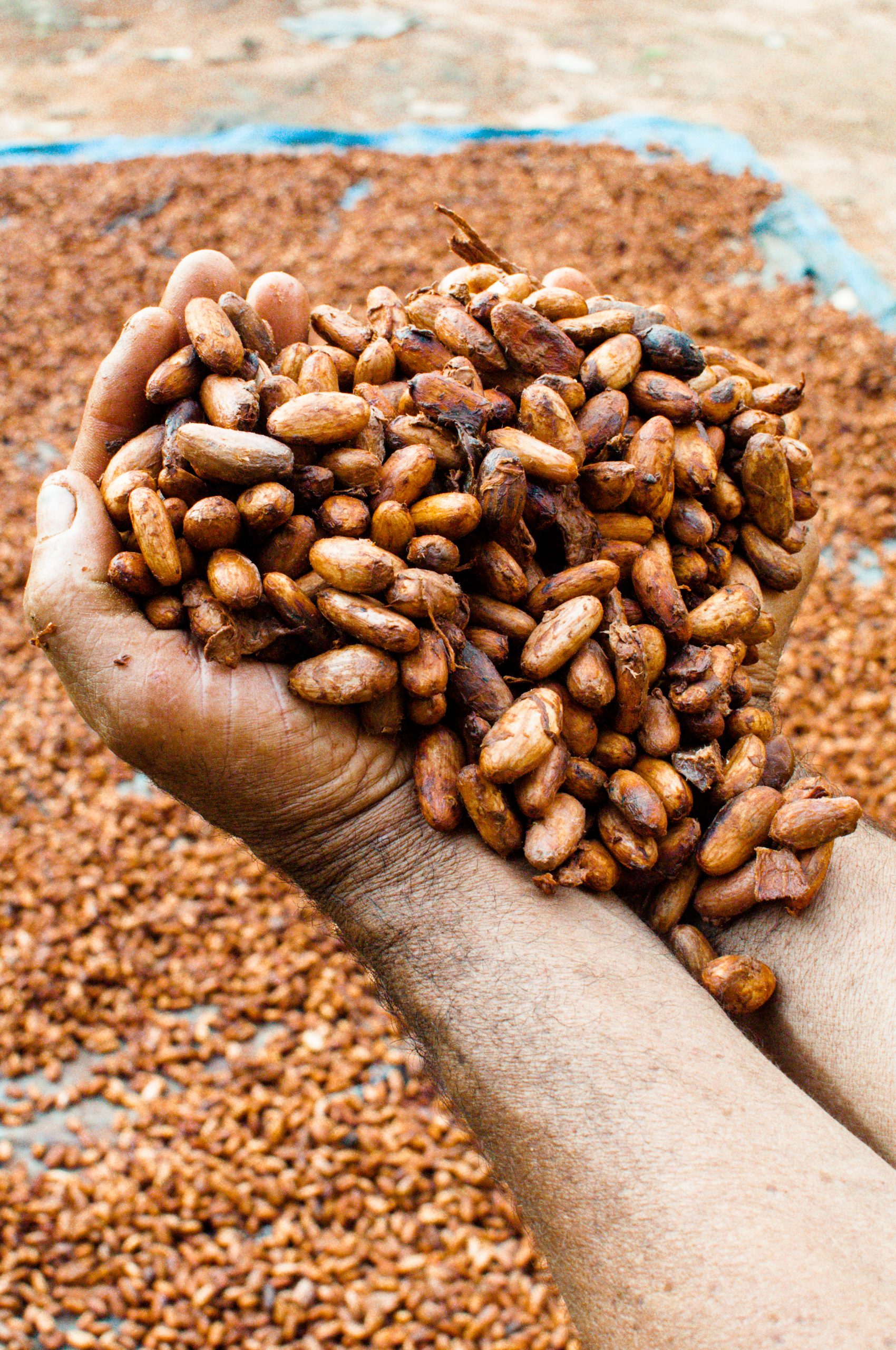
Identify which smallholders need to participate to meet landscape/jurisdiction-level conservation and sustainable production goals, and determine what they need to succeed:
- If not already organized into groups, encourage smallholders to do so, with help from local civil society organizations.
- Identify the financial hurdles that prevent smallholders from earning a living in a way that protects forests and meets other conservation goals.
- Design interventions in a way that links financial access to forest protection and/or soil conservation, better cropping practices, etc.
- Ask smallholder participants to provide geo-coordinates (an effort eased by technical assistance) for their plots, thus enabling remote sensing to monitor performance and ensure compliance with forest conservation agreements.
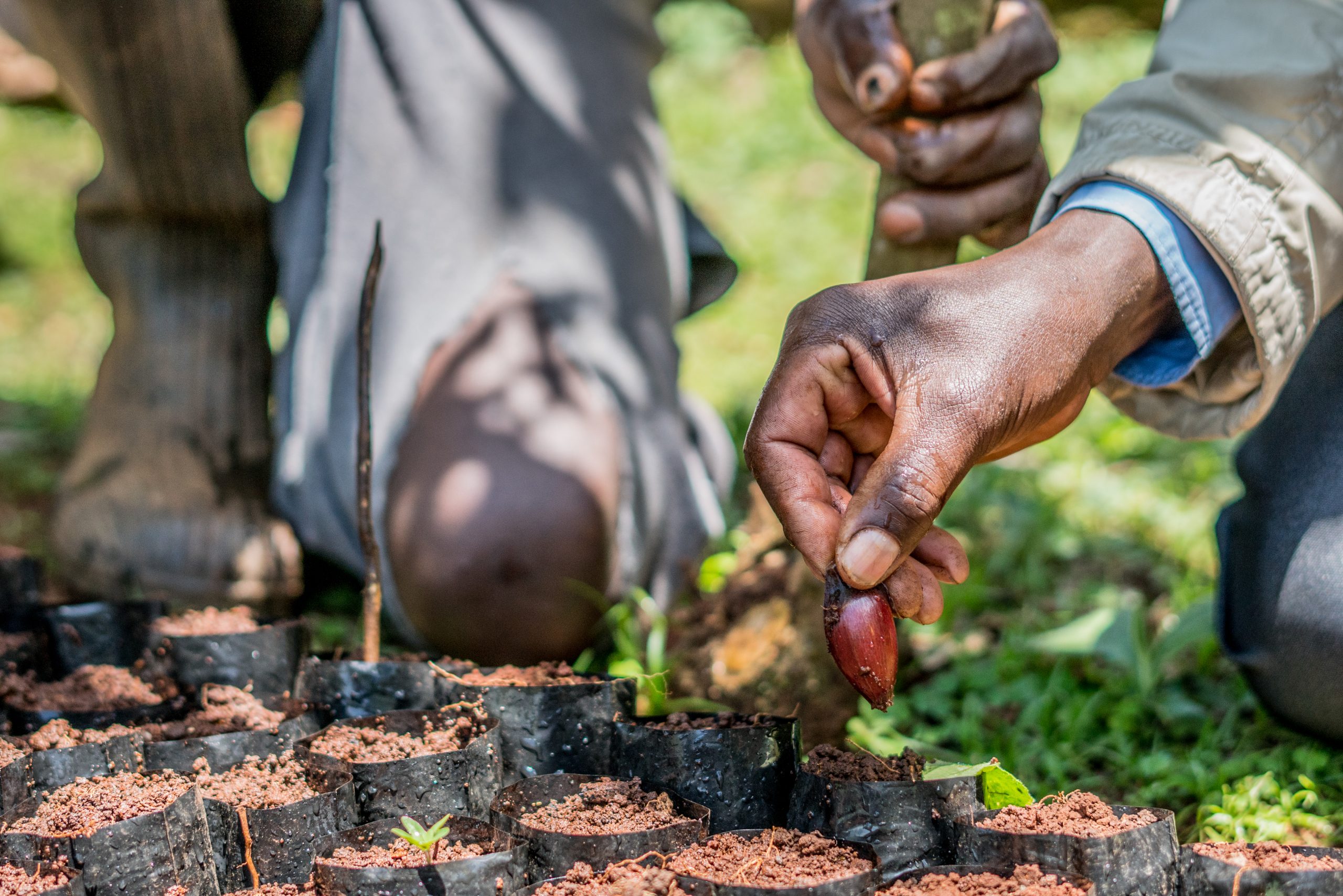
Tailor the specific form of a company’s intervention should to the identified financial hurdles:
- If farmers lack capital to invest in sustainable practices, a company could provide long-term contracts to help them access loans with reasonable terms. That would enable smallholders to make the needed investments yet maintain their livelihoods for the loan’s duration.
- If farmers lack experience or comfort dealing with banks, a company could help train them to engage in the formal financial market. Smallholders could especially benefit from assistance in creating the formal business plans that lenders require before deciding to extend credit. A company could also foster relationships between smallholders and a microfinance, regional, or national financial program/institution. They are uniquely positioned to show the big picture of how access to finance can build financial security, and can help smallholders gain saving, borrowing, and repayment experience.
- If farmers can’t provide lenders with a loan guarantee, or collateral, a company could step in to guarantee loans on smallholders’ behalf. It could also negotiate long-term offtake agreements with smallholders for the commodities they produce, which could serve as collateral for their loans.
- If farmers are so small or remote, they can only access disadvantageous loan terms, a company can offer supply chain financing, extend other forms of credit, or offer small loans to these farmers directly. Such alternative loans should offer terms on par with traditional financial institutions, structured flexibly enough to account for the more challenging environments smallholders face. Alternatively, a company might advocate and work with government to create or improve a development fund designed to finance smallholders that have difficulty accessing credit from traditional lenders. In both cases, the company should streamline the loan process, for example by creating a way for smallholders to prequalify their business plans with potential funders.
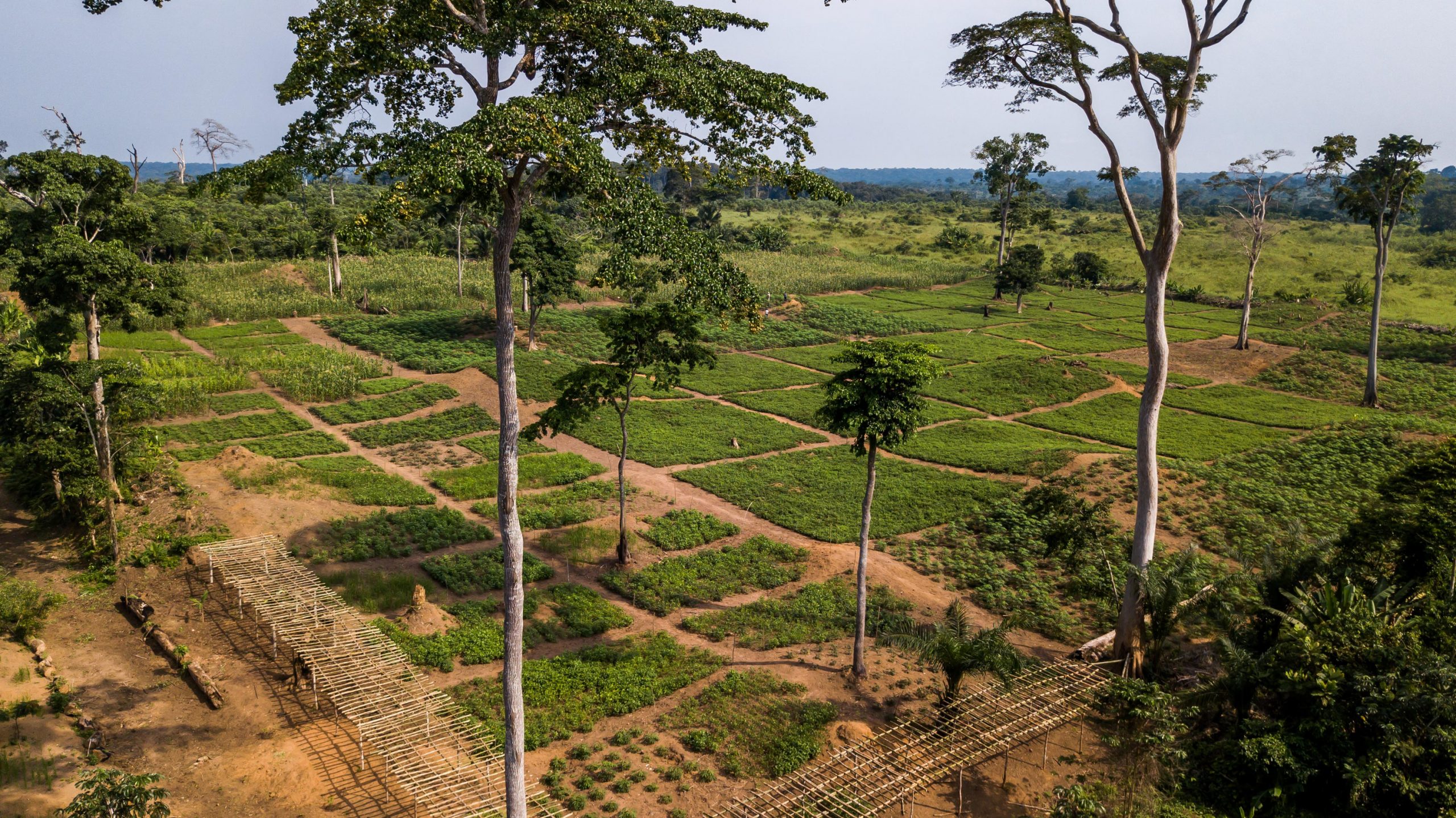
Consider both up-front financing to support a transition to sustainable production, and results-based payments that reward smallholders and communities for maintaining forest cover and other valuable natural resources in the landscape. Results-based payments can take the form of: renewable offtake guarantees, where renewal is contingent on forest protection; periodic direct payments to households, cooperatives, and/or community funds for forest protection; and/or contributions to jurisdiction-level or national funds (for example, REDD+ funds) that are allocated to communities and smallholders by an L/JI in exchange for forest protection.
- Where local laws provide payment for environmental services, companies can connect smallholders with information about how to access these funding streams.
External conditions that improve likelihood of success
- The existence of smallholder cooperatives significantly reduces the transaction costs associated with getting financing to individual smallholders.
- The smallholders’ business needs to be viable (or capable of becoming viable with a loan), even if a business plan has yet to be spelled out in terms that a lender could engage with.
- An existing fund or other financial institution dedicated to supporting smallholders is not critical to a company’s ability to link smallholders with financing, but it can expand the range of ways a company can support financing.
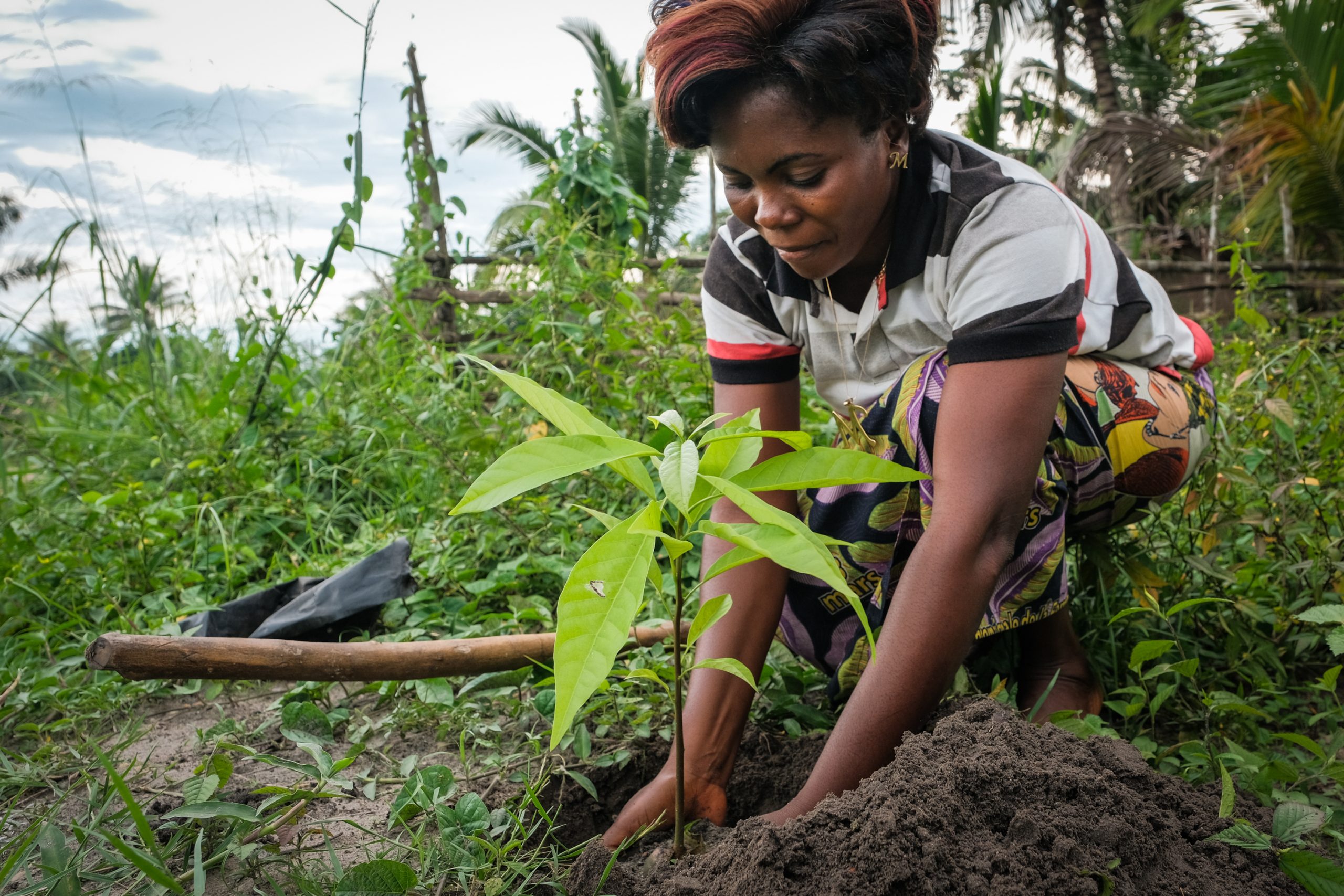
Business case for undertaking this intervention
- Association with increased access to finance can strengthen a company’s bond with more sustainable producers, thus improving the company’s access to deforestation/conversion-free supply.
- Increasing smallholders’ access to finance will help them provide consistent or enhanced levels of high-quality supply.
- Conditioning finance on sustainability performance links smallholders’ livelihoods with and incentivizes pursuit of positive environmental impacts.
- Georeferencing smallholder plots as part of their application to receive financing makes it easier to ensure compliance with forest protection agreements.
Duration of engagment
Medium-Long (1-5 years)
Cost
($)
Sharing knowledge and experience
($$)
Funds to conduct farmer baseline assessment, if needed
($$)
Processes to implement FPIC, when needed
($$)
Funds to support implementing agencies that coordinate and conducting farmer training and extension
($$)
Staff time to conduct farmer trainings
($$)
Monitoring and evaluation
($$$)
Resources and supplies provided to farmers (e.g. harvesting equipment, seed, fertilizer)
In the real world
Company support for farmers to improve production practices is not new. Yet these efforts are too often disconnected from broader landscape/jurisdictional strategies. The following examples include cases in which companies took important action in the absence of agreed or clearly articulated L/JI goals and priorities. If undertaken in the context of an L/JI, such actions could leverage partners’ efforts and help to deliver significantly greater impacts.
Training smallholders to reduce deforestation
Unilever helps Indonesian oil palm farmers improve management practices in several jurisdictions. The company funds project implementers to help certify smallholders to the Roundtable on Sustainable Palm Oil (RSPO) standard. That process involves mapping and surveying smallholders, identifying gaps to obtain certification, securing the required land titles and business permits, providing personal protective equipment, training on Good Agricultural Practices, socializing expectations around no deforestation, peat, and exploitation, and building farmer groups and internal control systems. Unilever also buys the RSPO credits smallholders generate once they are certified. Examples include:
a. In the Kotawaringin Barat district of Central Kalimantan province, the company has partnered with the district and provincial governments, Earth Innovation Institute, and Yayasan Inovasi Bumi to advance jurisdiction-wide palm oil certification across the village of Pangkalan Tiga. Unilever provides capital to establish extension services for certifying smallholders, secure agreements for certified products, and incentivize sustainable production. By the end of 2017, the project had certified 190 independent smallholders under the RSPO and Indonesian Sustainable Palm Oil standards and is targeting over 1,000 more.
b. In the Indragiri Hulu and Indragiri Hilir districts of Riau province, Unilever partnered with Daemeter, World Education International, an independent palm oil mill, and surrounding independent smallholders to improve smallholder yields. Company funds enabled the mapping of 4,000 farmers, training of 1,864 at Farmer Field Schools, and hiring 26 Farmer Facilitators. Farmers learned Good Agricultural Practices, and gained awareness on no deforestation, peat, and exploitation objectives, while still improving productivity.
c. The Coalition for Sustainable Livelihoods (CSL) is a multi-stakeholder initiative in Aceh and North Sumatra provinces aimed at driving economic development, reducing poverty, and improving natural resource management. Unilever is supporting the CSL by engaging their palm oil suppliers and funding Conservation International and the regency government of Tapanuli Selatan in North Sumatra to train 1,000 smallholder farmers at a sustainable palm oil field school. Lessons focus on Good Agricultural Practices for oil palm production as a step toward achieving RSPO certification. (Unilever is also supporting restoration in this landscape – see “Support landscape restoration in line with L/JI objectives”).
Building capacity for greener farms
Musim Mas and IFC lead a large Indonesian program that, by 2020, targets 20,000 smallholders for outreach 2,000 for capacity building to achieve RSPO certification. In the regency of Aceh Singkil, General Mills and Musim Mas are collaborating to create a ‘Smallholder Hub’ that trains smallholder palm oil farmers in Good Agricultural Practices, business management, and practices that avoid deforestation and degradation of peat soils. General Mills will fund half of a two-year program that targets 1,000 smallholders. To expand the program’s reach Musim Mas will train government extension officers who will then in turn train smallholders. Musim Mas aims to establish additional Smallholder Hubs to facilitate companies combining their resources and expertise to train farmers.
Investing in ranchers to shrink cattle’s forest footprint
Sao Marcelo Farms, a large livestock seller in Mato Grosso, Brazil, is working with Carrefour and IDH to engage its calf suppliers to improve quality, intensify production, conserve forests, and comply with environmental and land use laws. This work is carried out under the PCI Regional Compact in the Juruena River Valley – a regionalization of Mato Grosso’s statewide Produce, Conserve, Include (PCI) initiative. In 2018, Carrefour entered into a three-year partnership with IDH to increase sustainable cattle production in the Juruena and Araguaia valleys, where the company’s foundation is investing EUR 1.9 million in 450 ranchers who will intensify cattle production on smaller land footprints, restore degraded pasture, access credit, and comply with Brazil’s Forest Code.
Custom-tailored training for cocoa farmers in the field
Three dozen leading cocoa and chocolate companies are engaging the governments of Côte d’Ivoire and Ghana through the Cocoa & Forests Initiative—an agreement and accompanying action plan to end deforestation from cocoa production and reforest degraded landscapes. Under CFI action plans, companies directly provide or finance the training of cocoa farmers in Good Agricultural Practices and Climate-Smart Agriculture in Cocoa. For instance:
a. Cargill Farmer Field Schools bring community facilitators to train groups of farmers in the field for seven months of demonstrations, idea sharing, and field practices that enhance climate resilience. Cargill also offers one-on-one coaching to help farmers develop digital Farm Development Plans to improve their long-term financial planning and has established seedling nurseries for native tree species to provide stocks for transplanting onto farms.
b. Touton uses its Rural Service Centre (RSC) model in Ghana’s Ashanti and Brong Regions to introduce farm-level training, professionalization, coaching on climate-smart principles, and support in creating Farm Development Plans. Together with Solidaridad, the company uses an app that standardizes the farmer engagement process: first it sensitizes farmers on the need to professionalize farm practices in ways that increase yields and improve wellbeing; then it generates a set of recommendations tailored to each farmer’s stated aspirations regarding cocoa farming; finally, it asks whether farmers wish to enroll in the training program. RSC agronomists train enrolled farmers to rehabilitate degraded cocoa farms, properly use agricultural inputs, and develop business skills for planning investments. Touton and Rainforest Alliance implement another app, FarmGrow, which provides farmers with long-term personal coaching plans and techniques to improve cocoa yields on existing cultivated land. The app combines detailed household profile data with the agronomic status of cocoa plots to create a business plan, complete with a profit-and-loss statement tailored to the individual farm. By collecting data about farmer interests, Touton can segment and tailor the support it provides and more effectively direct investments.
c. To inform its investments and enhance cacao agroforestry, Cémoi conducted baseline studies of farmers’ agricultural practices and perceptions of non-cacao trees. It then developed cacao-based agroforestry models, invested in nursery capacity to increase availability of seedlings for restoring forest cover on farms, trained nursery workers, established agroforestry resource centers, created demonstration plots, and trained and coached farmers on growing shade cocoa.
Training the trainers in Ghana’s forest frontline
A key strategy of Ghana’s national action plan under the Africa Palm Oil Initiative (APOI) is to eliminate deforestation associated with smallholder-grown oil palm, while helping them increase productivity by adopting Best Management Practices (BMPs). The Ghana National APOI Platform identifies Agricultural Extension Officers and Regional Crop Officers of the Ministry of Food and Agriculture as key partners who can effectively disseminate BMPs (e.g. new findings, knowledge, and techniques in managing oil palm). Since these frontline officers interact with smallholders in their daily operations, building officer capacity is crucial to achieving Ghana’s sustainability goals. Oil palm companies worked with the government and NGOs to develop a “train-the-trainer” course. The course strengthens the capacity of government officers to help farmers adopt oil palm BMPs, with regular checks to monitor progress.
Earning income from deforestation-free livelihoods
In 2018 Benso Oil Palm Plantation (BOPP), with Proforest and Partnership for Forests, developed a community-private partnership to help smallholder palm oil producers overcome challenges in Ghana’s Adum Banso traditional area. The initiative offered training and guidance on social and environmental best practice requirements in line with RSPO standards. It also worked with local NGOs to help smallholder farmers develop alternative livelihoods, so they wouldn’t clear forest frontiers for income.
Tying farmer incentives to conservation
Golden Veroleum Liberia (GVL) and IDH crafted an investment scheme that would incentivize communities to protect forests and biodiversity. Under its concession agreement with the Liberian government, the company is required to support 1ha of palm oil outgrowers – pre-contracted farmers – for every 5ha of company-managed plantation. Under the outgrower scheme, GVL and communities would develop land use plans, support community land rights, and sign production-protection agreements under which the communities would conserve 5ha of forest for every 1ha of community oil palm plantation. Outgrowers would also receive incentive payments for complying with the forest protection plan, and GVL would provide capital and technical assistance to establish the community plantations. Regrettably, the outgrower scheme has not yet materialized; changes in both the Liberian government and GVL’s management led negotiations to slow down.1
Key points for companies
A company must first determine whether the target landscape/jurisdiction has set a goal around training farmers for sustainable commodity production. If so, companies should align their efforts with the L/JI’s geographic priorities. Alignment could mean redirecting and/or expanding existing farmer training or investing in programs delivered by others. Upstream companies with capacity to engage and train farmers can take the lead, while downstream companies could provide funding and incentives for farmers to adopt best management practices.
Companies can support farmers in several ways:
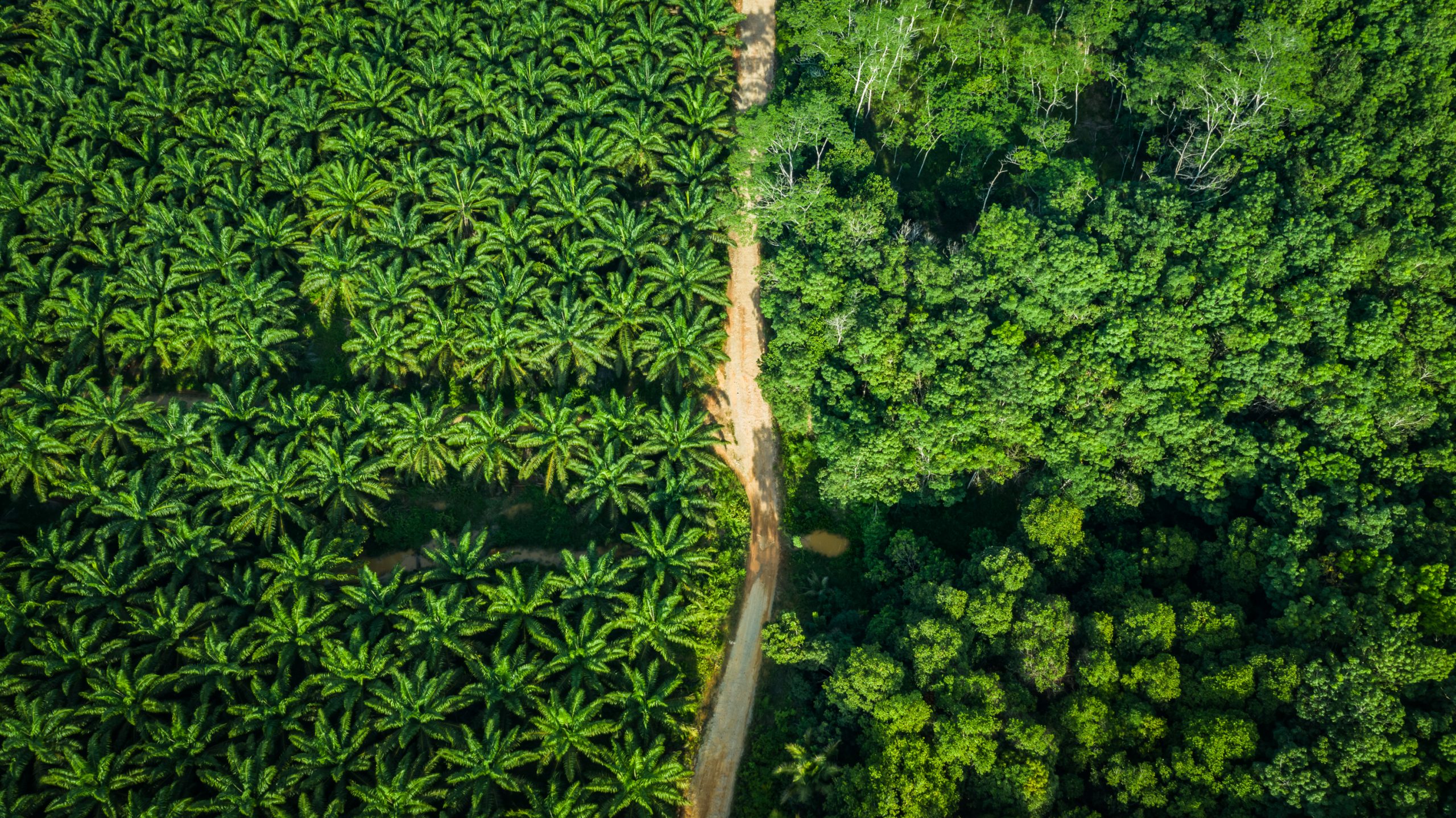
Understand the dynamics that farmers confront within a given L/JI. This ensures that chosen interventions fit the context. Most farmers want to manage land sustainably but may often lack knowledge, skills, or access to money and tools that could help them do so. By understanding baseline conditions and practices, companies can better identify specific gaps that prevent farmers from increasing productivity and avoiding deforestation, and thus result in better designed and targeted interventions.
- If these gaps have not yet been defined, consider funding local partners to collect baseline data on smallholder farmers, location and quality of forest and conservation areas, location and yield of commodity production areas, and the locally relevant government policies and programs that impact farmers.
- More advanced initiatives may have already specified these gaps in an action plan jointly developed by a multi-stakeholder body that includes farmer representation. If so, consider selecting and undertaking one or more interventions that align with the identified needs.
- The most advanced initiatives may have developed their own farmer training and/or agroforestry programs to disseminate best practices. Consider funding these programs to expand the number of farmers receiving training, support technical or equipment needs, or spread awareness about the programs among farmers.
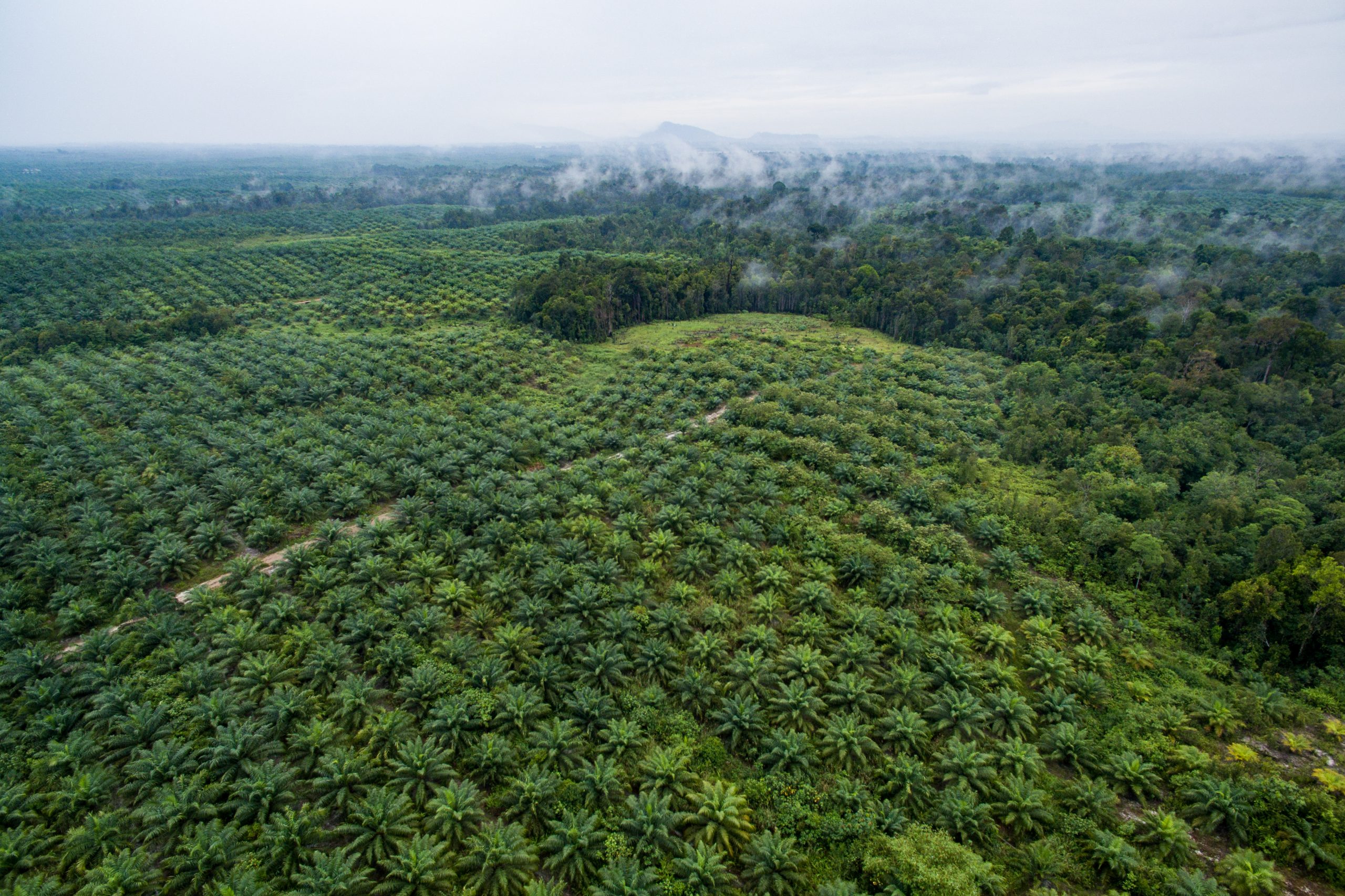
Fund training and extension programs, to help farmers overcome gaps in knowledge or skills. Too often, cocoa farmers clear forest simply due to the misconception that sun-grown cocoa trees are more productive than those grown in the shade. Likewise, rubber tappers often do not know the proper cutting angle and depth to maximize latex yield from a rubber tree. Companies at all supply chain levels can fund training and extension programs run by government agencies, civil society experts, or private service providers. Producers, processers, and traders often employ in-house agricultural experts, who could directly teach and advise farmers, or augment public extension initiatives. Companies can run courses, support logistics for training sessions, provide equipment or educational materials, and distribute high-yielding seedlings and fertilizers.
- To expand the reach of training programs, companies could compensate farmers reluctant to take time off (and forgo income) so they can afford to attend trainings.

Upstream companies should ensure farmers have access to the best available technology. Smallholder oil palm growers, for instance, often rely on inferior germplasm with yields far below those on industrial plantations; with better plant materials, they could significantly increase their incomes without needing to expand their farms.
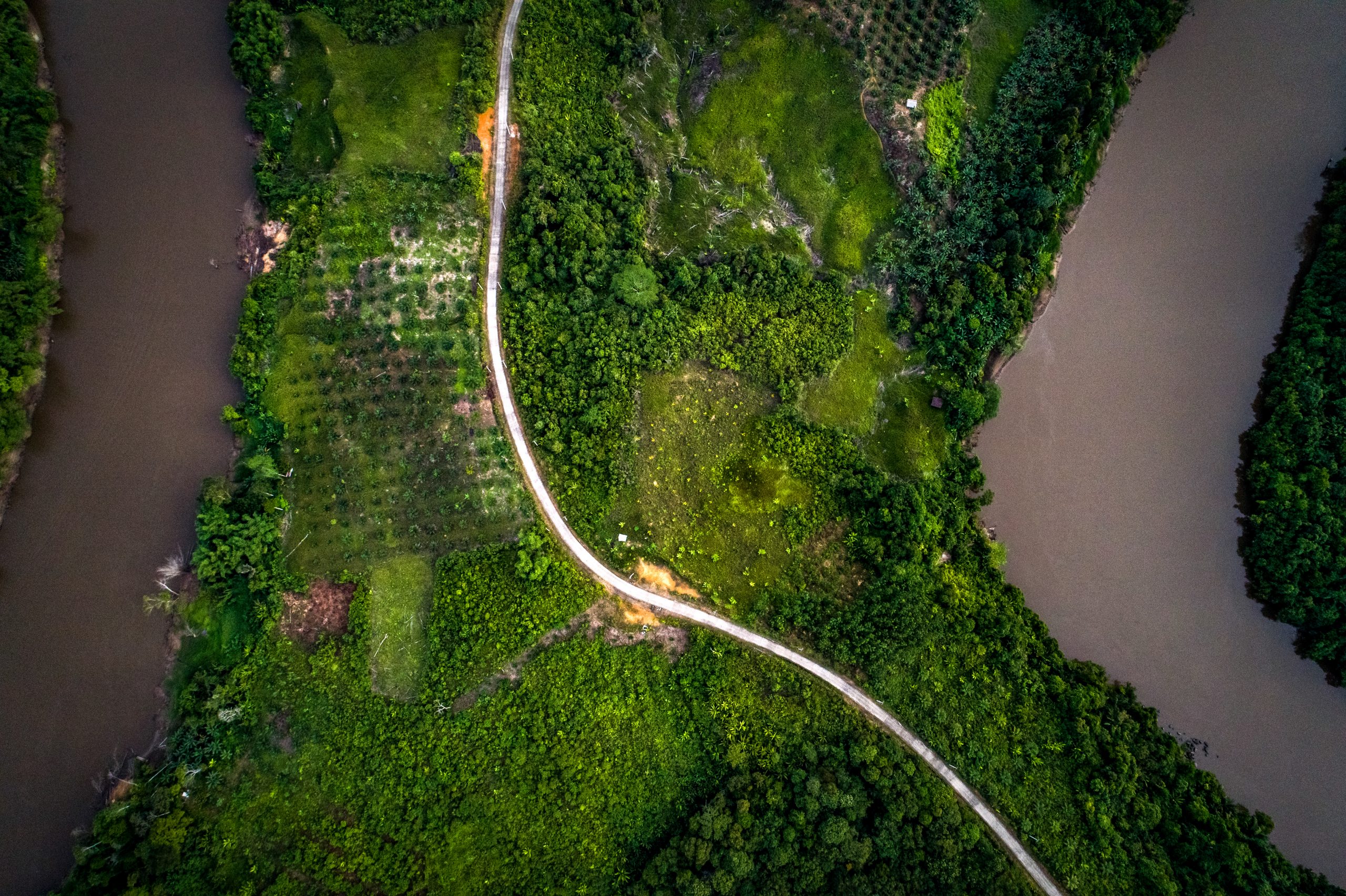
Incentivize best management practices. Rewarding uptake of good practice through preferential sourcing from performing framers, price premiums, or long-term purchase guarantees increases the likelihood that training and extension programs will create meaningful and lasting behavior change among recipient farmers.
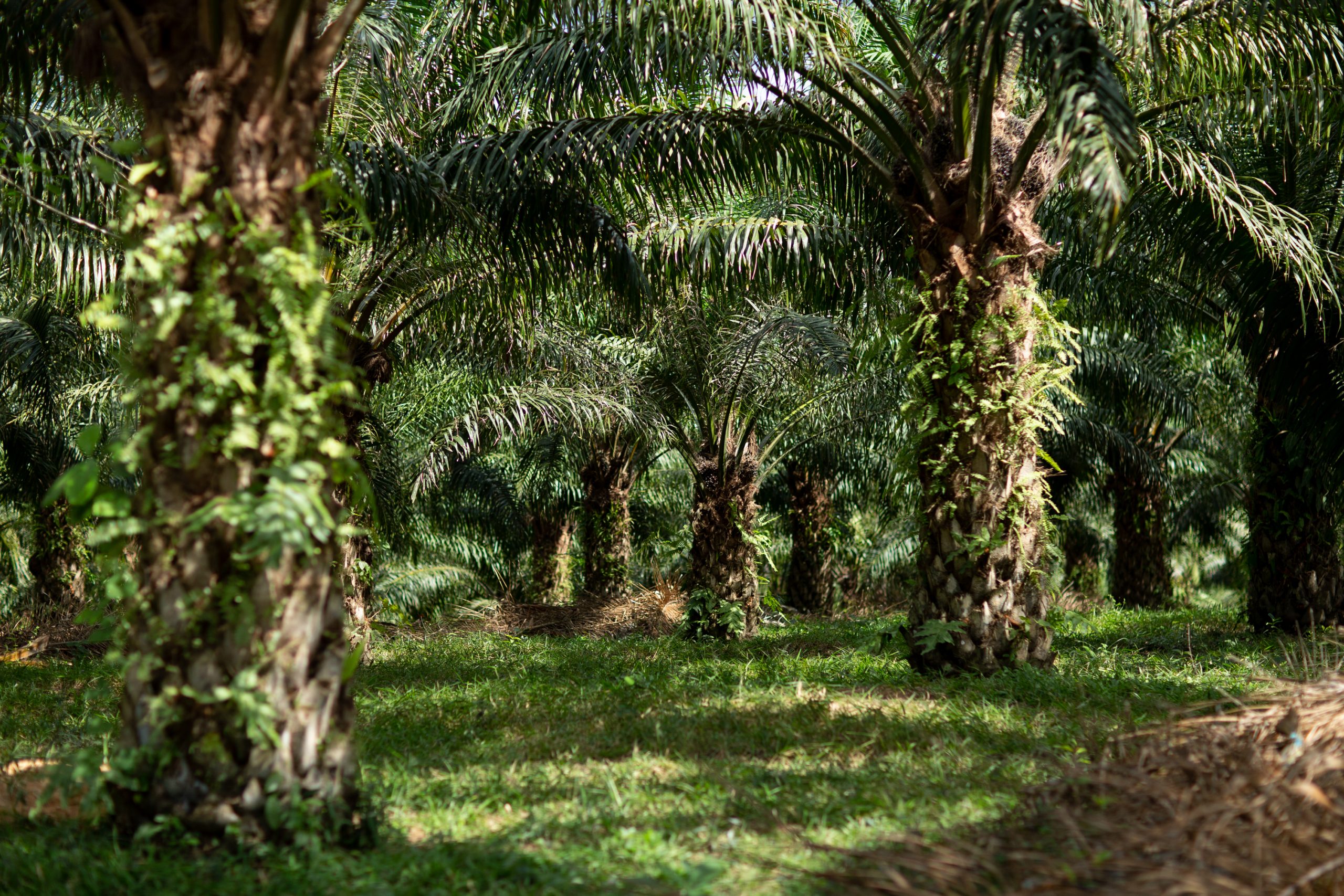
Fund or provide staff for monitoring and evaluation (M&E). M&E should measure the degree to which trained farmers adopt best management practices, and the impacts adoption has toward sustainable outcomes. Assessment will determine how effective farmer trainings are, and where to modify and improve interventions.
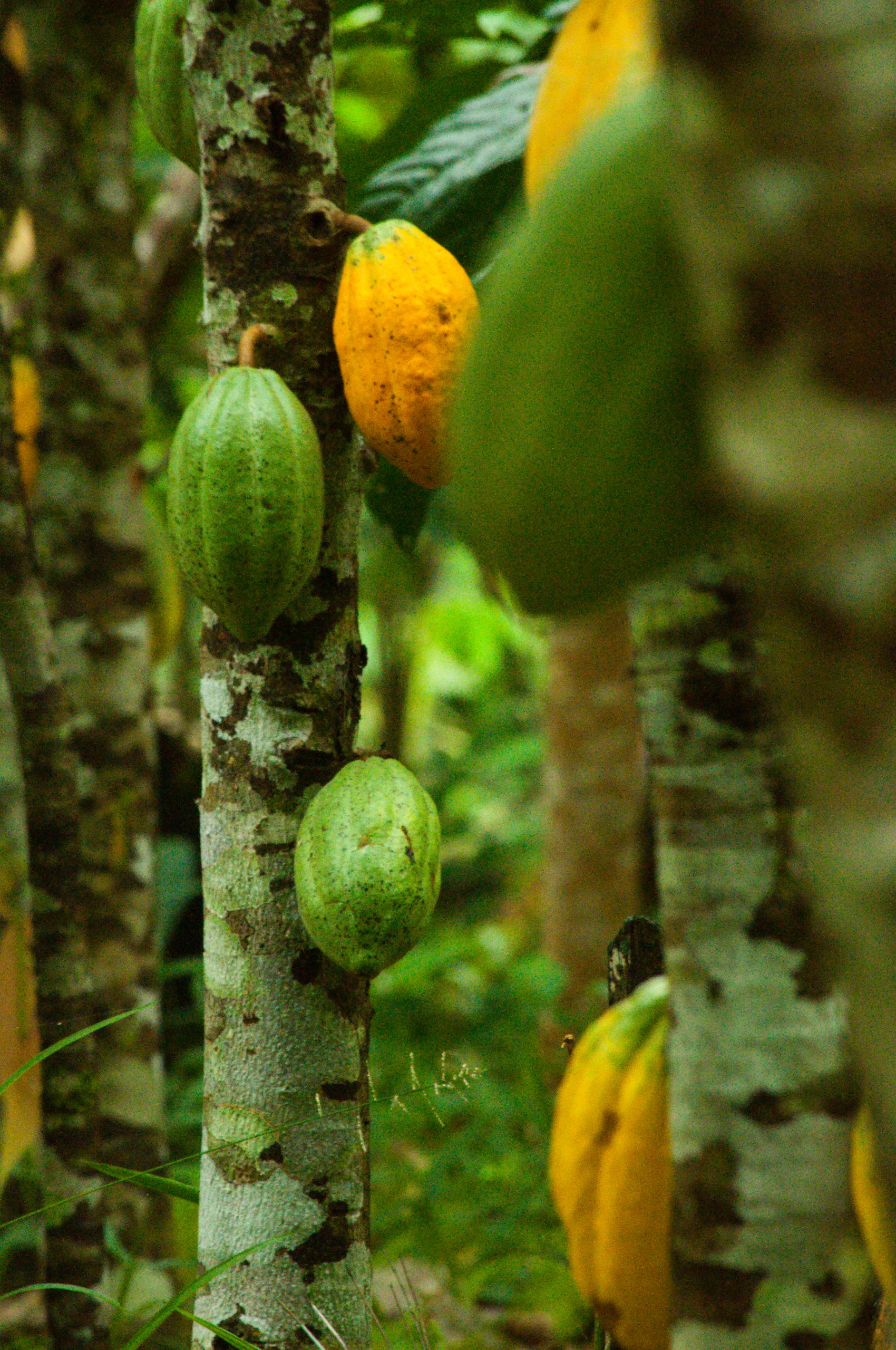
Scale the improvement of management practices. Farmers throughout a landscape/jurisdiction will benefit from access to training and tools, but an individual company can only support so many by itself. To expand the impact, a company should:
- Share its accumulated knowledge and experience—both challenges and successes—and encourage peers to support other farmers.
- Directly train or indirectly fund the training of government extension officers so they can reach more farmers. To avoid any perception of improper influence, be sure that government support responds to needs raised through multi-stakeholder consensus and is transparently overseen by the initiative’s stakeholders.
- Advocate and engage with relevant government entities to embed improved management into rural development policies.
External conditions that improve likelihood of success
- Clear priorities for farmer training, extension, and incentives have been linked to landscape/jurisdictional goals and strategy.
- Linkages between company interventions and priorities, programs, and policies of government and other partners, ensuring continued support for implementation of best practices once the company’s engagement ends.
- Farmers have granted free, prior, and informed consent to participate in any programs, activities, data collection, or polygon mapping.
- Farmers are receptive to new management practices and trust the entities who provide training and extension services.
- Initiative partners have clearly defined roles, responsibilities, and capacity to provide culturally and agriculturally appropriate training.
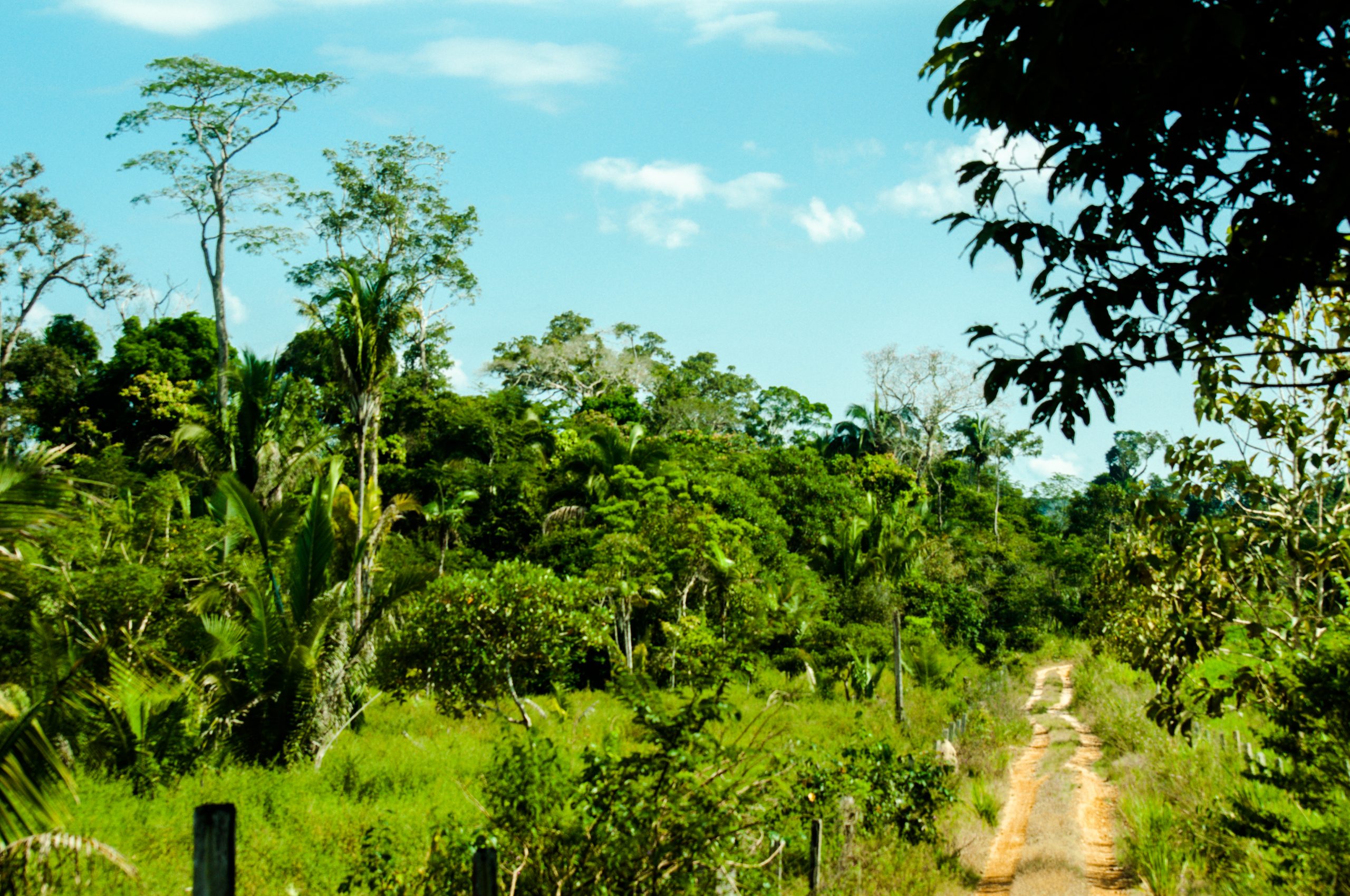
The business case for this intervention
- Helping farmers improve yields without clearing more land directly increases deforestation/conversion-free supplies with which to meet corporate sourcing commitments.
- Companies who support farmer training can cement connections with responsible suppliers who improve the company’s ability to secure deforestation/conversion-free supply in competitive regions where producers can choose to whom they sell.
- Building trust and relationships with farmers through support programs can strengthen farmers’ long-term commitment to work with the company, reducing churn.
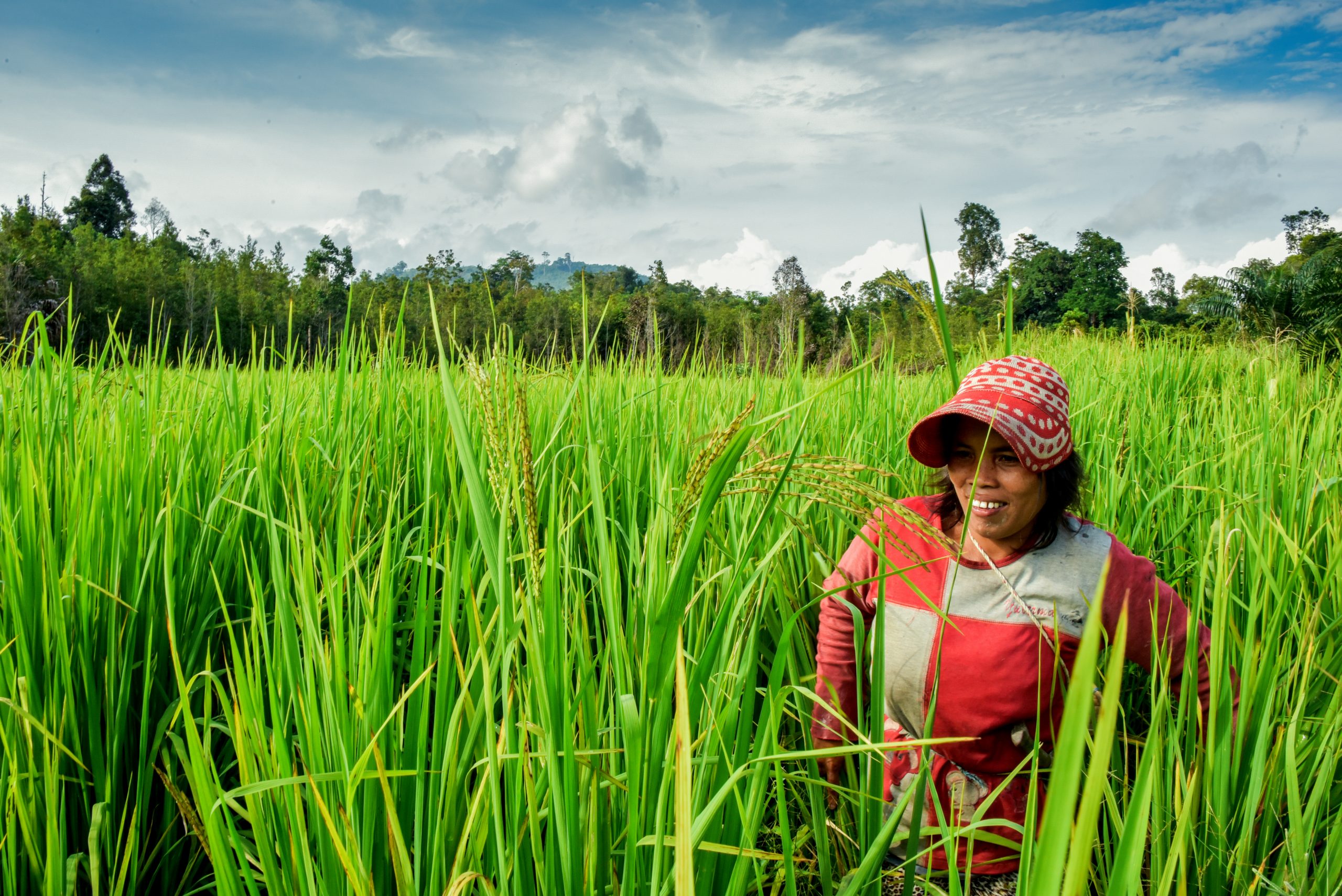
1 See graphic on p.26 in Neeff, T., von Lüpke, H., & Hovani, L. (2018). Cross-Sector Collaboration to Tackle Tropical Deforestation – Diagnosing Backbone Support in Jurisdictional Programs. The Nature Conservancy: Arlington, Virginia.
Advocate with consumer country governments to support landscape/jurisdictional approaches in commodity producing regionsDuration of engagment
Short-Medium (6 months – 2 years) depending on the depth of engagement and the number of steps/interactions needed to secure government support
Cost
$-$$ depending on the depth of the company’s involvement in preparing for and engaging in dialogue with consumer country governments
In the real world
A platform to accelerate and amplify collective action
The Tropical Forest Alliance (TFA) – a multi-stakeholder partnership platform hosted by the World Economic Forum – is dedicated to eliminating deforestation from the production of major commodities such as soy, palm oil, beef, and paper/pulp. TFA’s Forest Positive Collective Action Agenda calls for the governments of countries that drive significant demand for soft commodities to implement measures that lead to decreased deforestation and conversion. To inform the development of evolving EU policies on deforestation, TFA convened industry and civil society representatives between January and July 2020 to examine the priorities of the European Commission’s Communication on Stepping up EU Action to Protect and Restore the World’s Forests. The companies provided their perspectives and experiences, and urged the EU to “play a key role, through development assistance, in providing support and coordination for existing regional, national and sub-national partnership initiatives.” Moving forward, companies can continue to advocate for progressive policies at the EU level, through existing trade and industry groups, and through processes convened by TFA and others.
Key points for companies
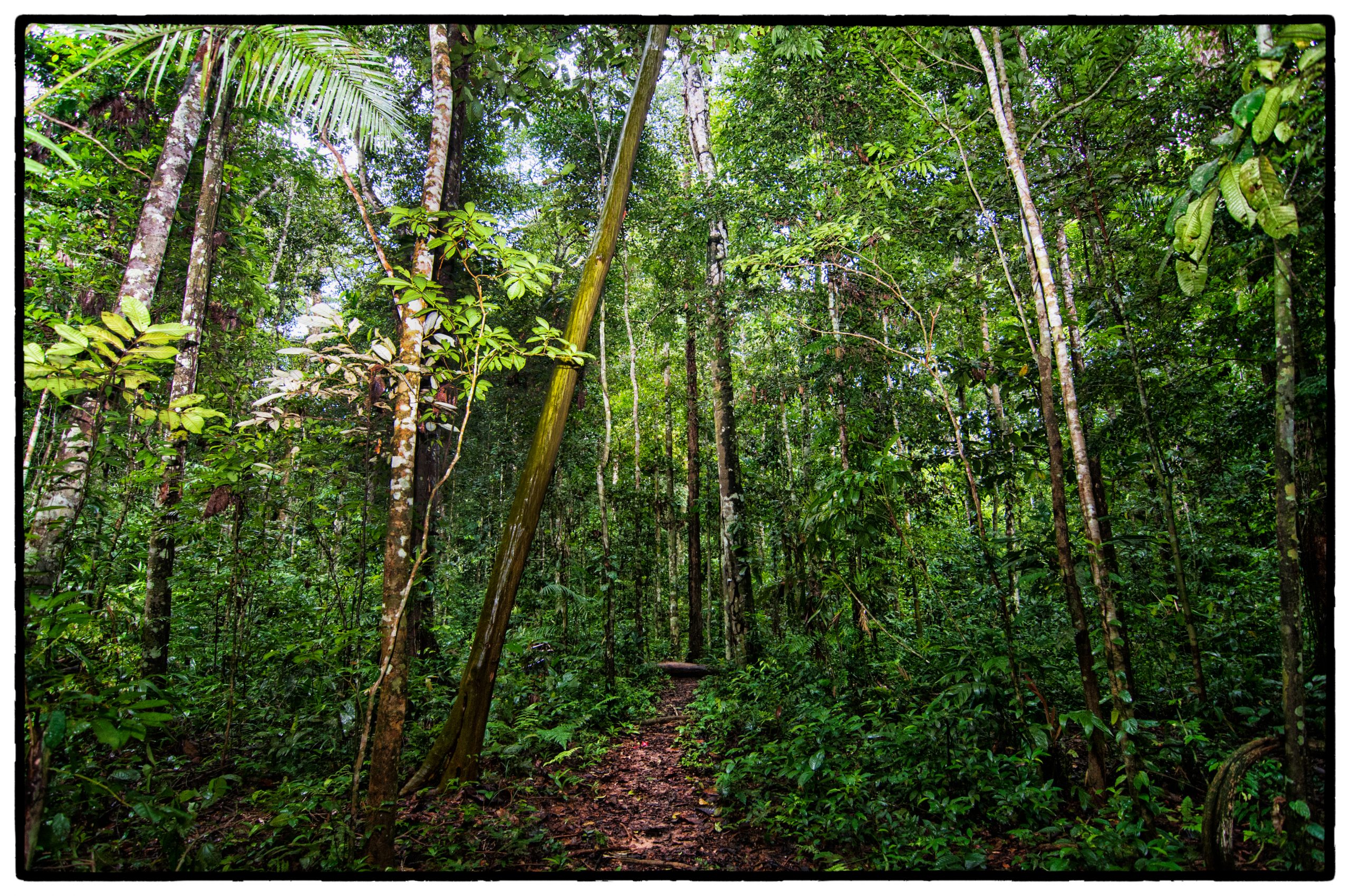
Companies engaged in an L/JI should identify the main countries that consume the commodities produced in the jurisdiction, then determine:
a) what support governments of those countries can provide the L/JI; b) how best to approach those governments for this support; and c) which role (relative to other stakeholders) companies can play in engaging consumer governments.
- The “asks” for consumer country governments may include direct financial support for the L/JI through bilateral aid agencies; recognition and incentives for brands and retailers in the consumer country to source from the landscape/jurisdiction; and/or trade preferences for commodities sourced through the L/JI. Research which “asks” are most viable to demonstrate the value of the L/JI to advancing related government goals.
- Some consumer country governments (as well as the EU) already have well-established commitments to sustainable/deforestation-free commodities. These often have an office which provides a logical point of contact for the L/JI to engage. For governments without a clearly identified mandate or office, try to engage the bilateral aid agency, trade and/or environment ministries, food regulators, or other offices. Highlight how their mission aligns with the L/JI’s focus on reducing deforestation, carbon emissions and biodiversity loss, and promoting sustainable commodity production and community development.
- How a company engages a consumer country government will depend on their existing relationship. Companies with headquarters, production facilities, and/or employment in the country may engage directly with its relevant government agencies, seeking to open doors for the L/JI. To avoid the perception that they are lobbying for commercial advantage, companies might partner with NGOs when engaging with governments.
- A company can enlist its supply chain partners (traders, brands, retailers) that are based in the consumer country to strengthen the case for supporting the L/JI.
Research which “asks” are most viable to demonstrate the value of the L/JI to advancing related government goals.

Companies involved in national or international platforms that support L/JIs (such as TFA) can indirectly work to support education and policy development with consumer governments. Participating in credible platforms and initiatives provides an effective way to engage with governments. With full-time staff, the ability to use examples from several different L/JIs, and diverse stakeholders, such platforms can bring more influence with consumer governments than any one company or L/JI acting alone.
By working with a national or global platform to engage consumer country governments, companies can leverage additional resources at relatively low cost to themselves.
External conditions that improve likelihood of success
- Staff capacity (including from corporate government relations/public affairs offices or from leadership of the L/JI) to support company engagement with consumer country governments

The business case for this intervention
- Companies that effectively engage consumer governments can advance the goals of the L/JI, secure additional resources (thus lowering internal costs), and expand additional government support for other L/JIs with which the company may work.
- Companies improve their reputations and credibility not only with consumer country governments, but also with producer country governments and NGOs involved in L/JIs.
- By working with a national or global platform to engage consumer country governments, companies can leverage additional resources at relatively low cost to themselves.
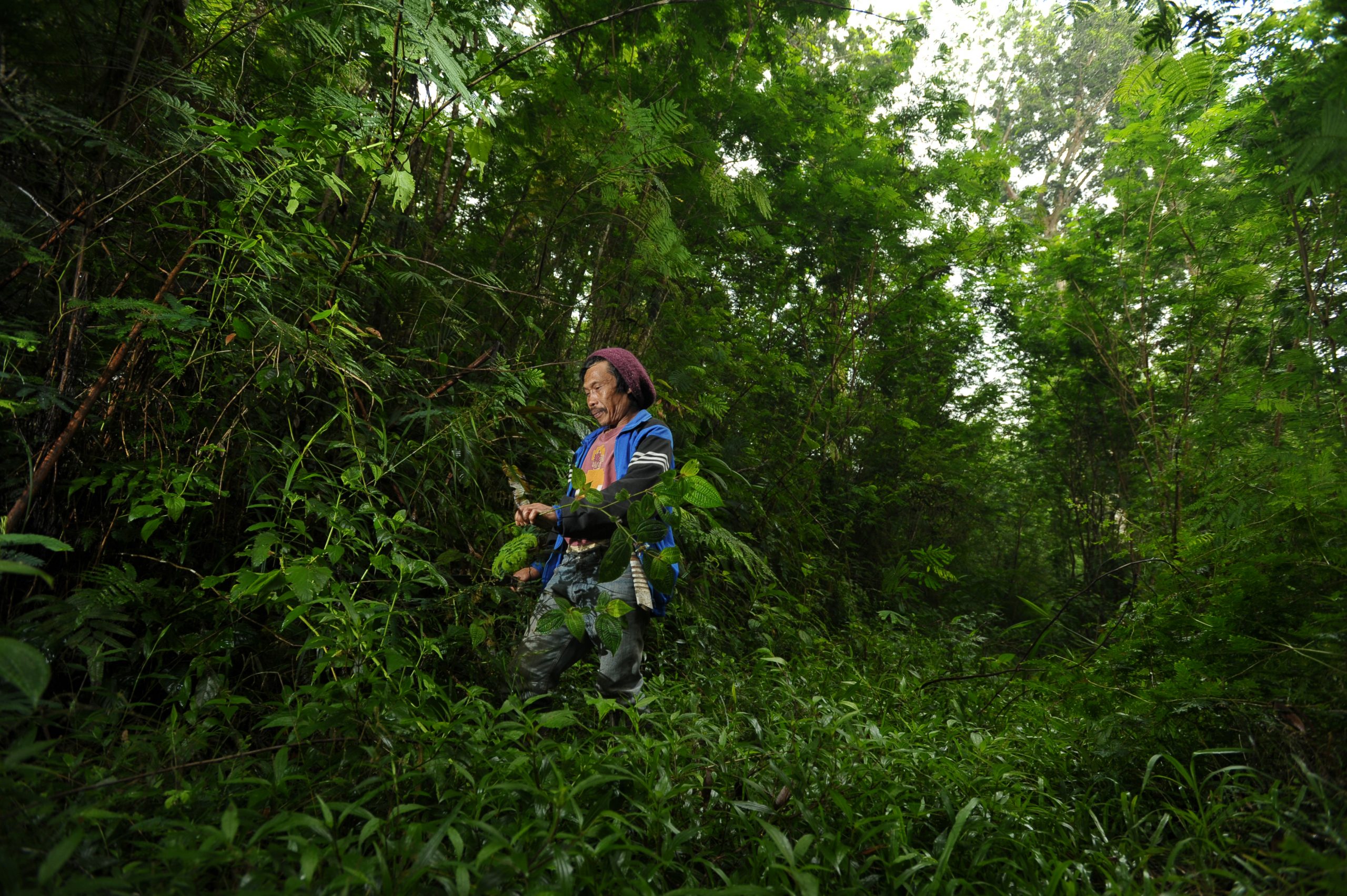
Duration of engagment
Short-Medium (6 months – 2 years for a discrete policy)
Cost
$-$$, depending on the extent to which companies provide direct funding support for government activities as opposed to engaging in dialogue and advocacy
In the real world
Indonesia integrates local approaches and national plans
The National Planning Agency of Indonesia (Bappenas) expressed interest to integrate the jurisdictional approach concept as a way to accelerate achieving sustainable food and agriculture into national development planning. With support from the German Agency for International Cooperation (GIZ), Bappenas engaged the Sustainable Districts Association (LTKL) to devise a means to align the jurisdictional initiatives it supports with the National Medium-Term Development Plan (RPJMN) technical framework. LTKL and its partners had companies join workshops to develop the concept to integrate the jurisdictional approach into this key policy document.
Preparing a ‘master class’ in sustainable investment
LTKL is also working with companies that source from its member districts across Indonesia to implement Master Classes in Sustainable Investment. These courses equip economic development officers with the skills and tools to develop viable portfolios that will attract potential investors. An impact investment firm, Kinara Indonesia, helps districts prepare and present enticing pitch decks, while commodity sourcing companies review portfolios and consider co-investment in new business ventures linked to their supply chains. The goal is to bring new investors and businesses into the districts to fund activities that directly support jurisdiction-level sustainable production and forest protection goals. Companies that have agreed to co-invest include Kyuden Mirai Energy, Potato Head Group (a leading national hospitality company), and the Sustainable Coffee Association of Indonesia.
Collaborating on commitments to deforestation-free cocao
In West Africa, more than 25 cocoa and chocolate companies collaborating through the World Cocoa Foundation pushed for national commitments that would address cocoa-driven deforestation. Corporate advocacy led to creation of the Cocoa and Forests Initiative in 2017, when these companies signed Joint Frameworks for Action with the governments of Côte d’Ivoire and Ghana pledging to end deforestation and restore degraded forests. After two years, deforestation continues to be a challenge, but companies have taken important steps to implement the national pledges. They have increased traceability in their own supply chains, implemented protocols to eliminate deforestation from their cocoa sourcing, and supported efforts to expand forest cover through cocoa agroforestry.
Shaping national forest policy in Côte d’Ivoire
In 2019, Côte d’Ivoire’s new Forest Code provided a framework for companies to promote cocoa agroforestry and restore forests in legally classified forest areas based on the level of nature degradation. The Ministry of Water and Forests is developing a decree with guidance to operationalize the Forest Code. Cacao sector companies have engaged with the Ministry, providing inputs and insights to support the development process.
Key points for companies
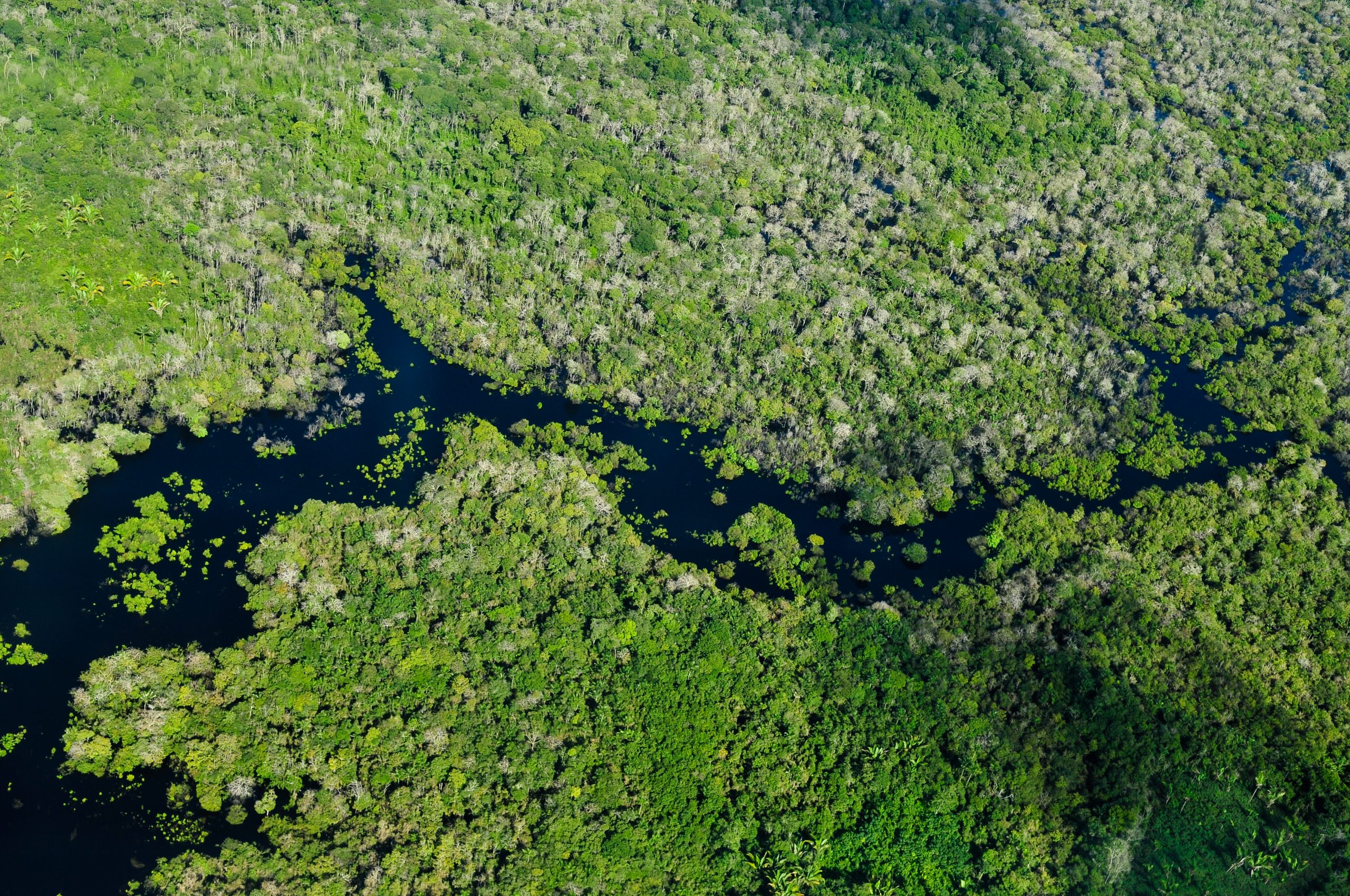
Engage with government counterparts through development and implementation of an L/JI to ensure that policy makers know and care about the initiative’s progress, see the value of company participation, and are motivated to apply emerging lessons to develop ongoing policy.
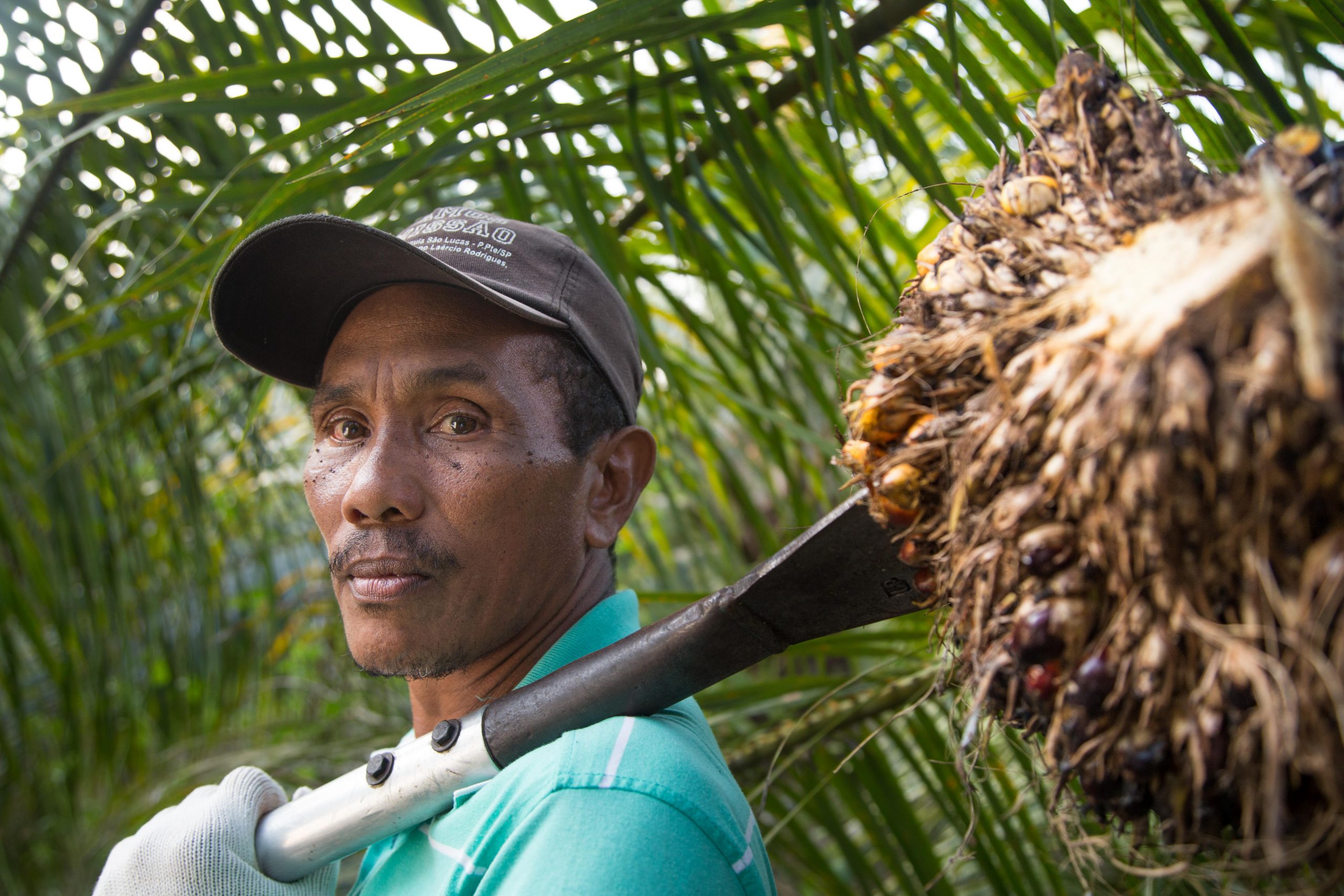
The timing and targeting of policy development will vary: some policies may need to change for an L/JI to get underway (for example, authorization for a government agency to participate in an initiative). Other needed changes may become clear only after there is some experience implementing an L/JI (for example, clarification of community forestry regulations). Engaging policy makers should be an iterative process. That’s why companies should offer themselves to policy makers as longer-term partners in the work of the initiative.
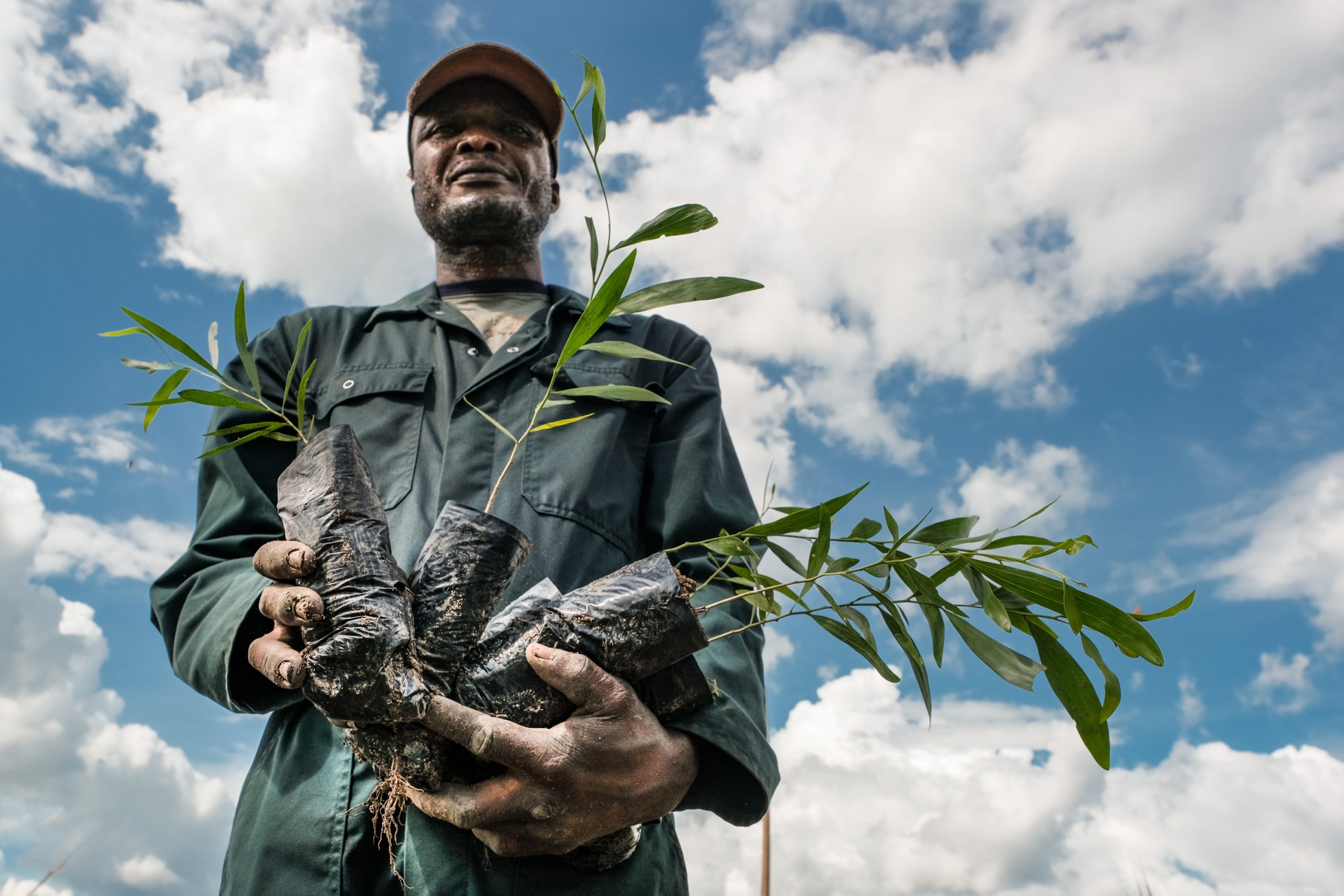
Getting governments to implement policy or enforce regulations may require companies to engage with agencies at both national and sub-national levels. Companies can call officials’ attention to issues with implementation and seek creative solutions with other stakeholders.
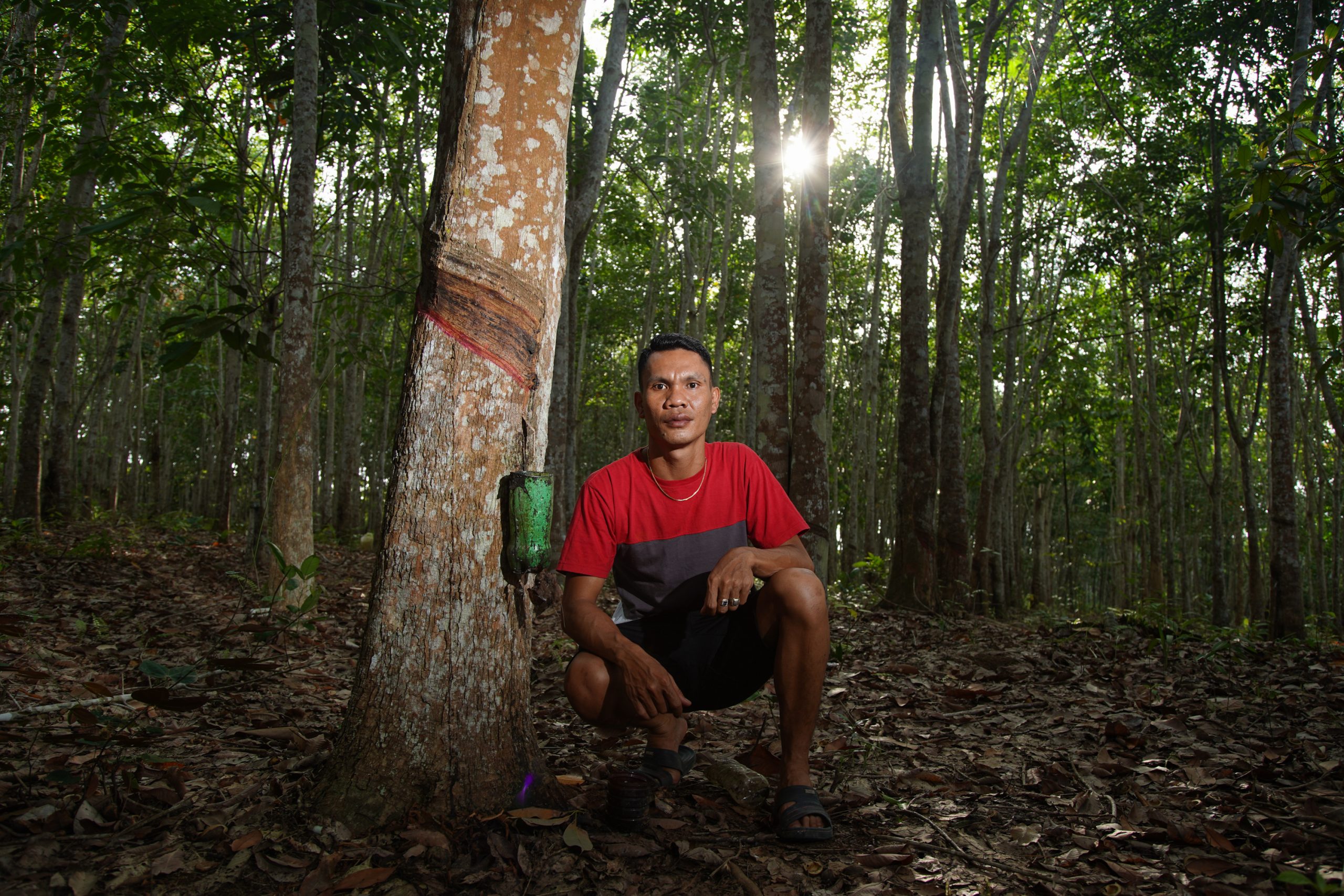
Promoting investment and supply chain linkage opportunities, as LTKL has done in Indonesia, can open new avenues and incentives for local, national, and international business partners to invest in sustainable production and protection. Companies with national and global reach can support investment plans, identify and recruit investors, and choose to co-invest in new ventures that add value for their supply chains.
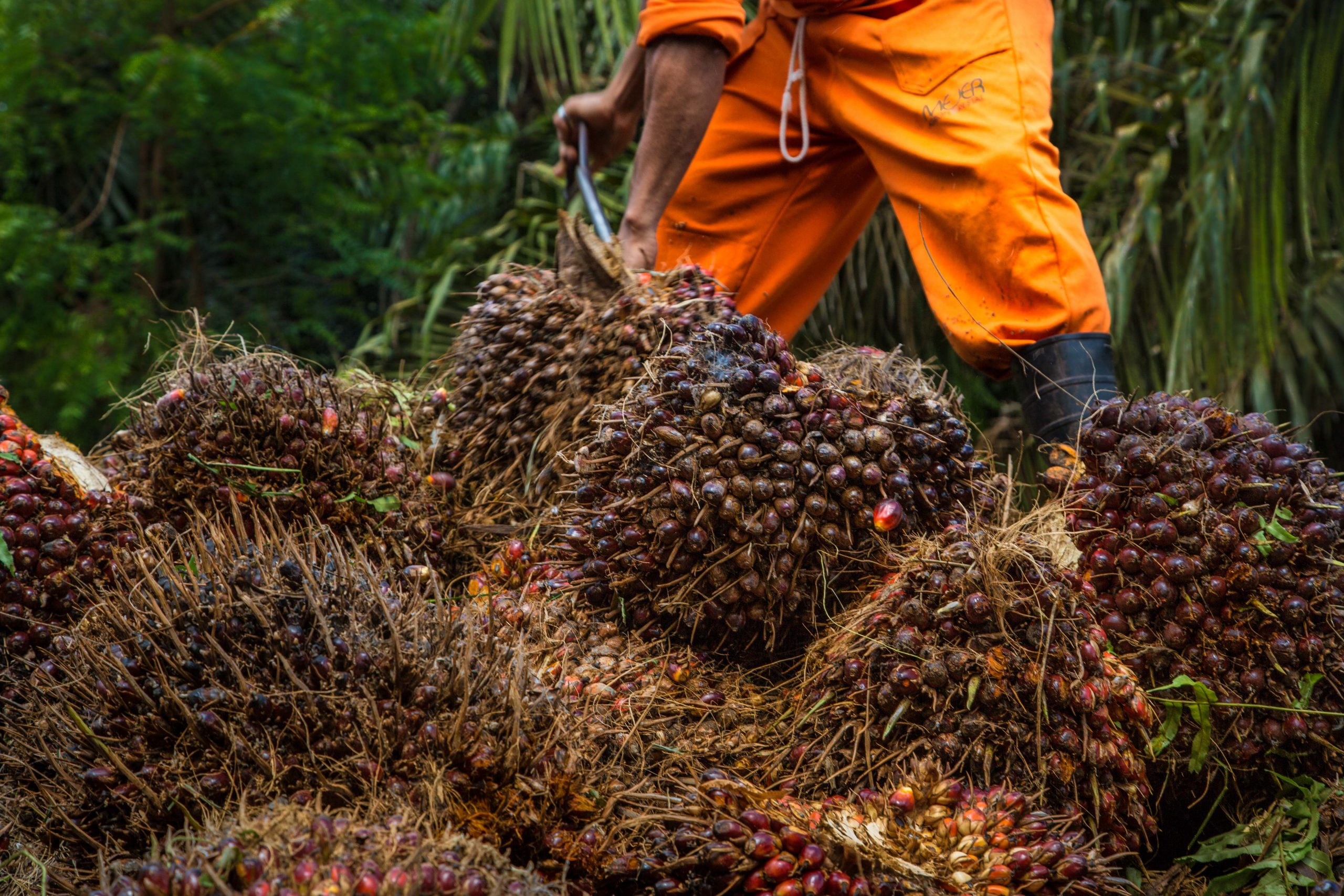
To avoid the perception of influencing public officials to back private interests, companies should engage with government in open platforms alongside other L/JI stakeholders.
They should also clarify when they are speaking on behalf of the initiative and when they are lobbying for their own interests.
External conditions that improve likelihood of success
- Government has an interest in L/JIs to meet its policy and political goals
- The background policy environment enables policy makers to leverage multi-stakeholder approaches for land use planning and economic development programs
- There are mechanisms for involving government agencies in the L/JI, and for consulting them during the initiative as policy issues arise
- Joint learning opportunities focus on how government policy and its implementation have been affecting the initiative
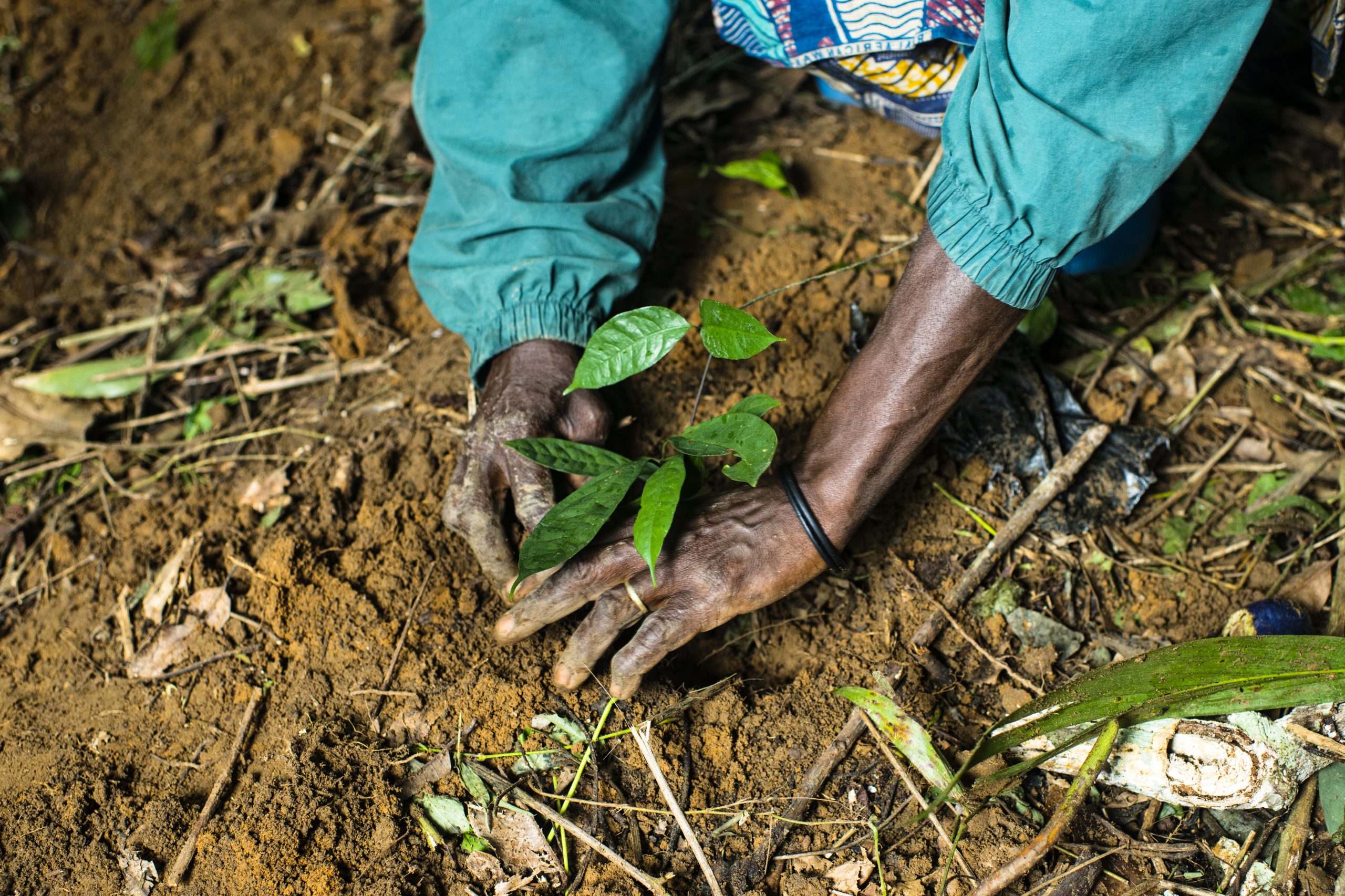
The business case for this intervention
- Companies help L/JIs succeed by ensuring that government policies and implementation mechanisms are well-aligned with the initiative’s goals
- By engaging effectively with government on policy issues confronting a landscape/jurisdiction, a company gains credibility and demonstrates its commitment both to national development and commercial objectives
- Advocating for policy change jointly with NGOs and community representatives can boost company credibility and relationships with these stakeholders
- By helping jurisdictional governments attract new investors and sustainable businesses, companies can reduce pressure on forests, add value in their own supply chains, and expand and diversify the business and investment partners supporting the initiative
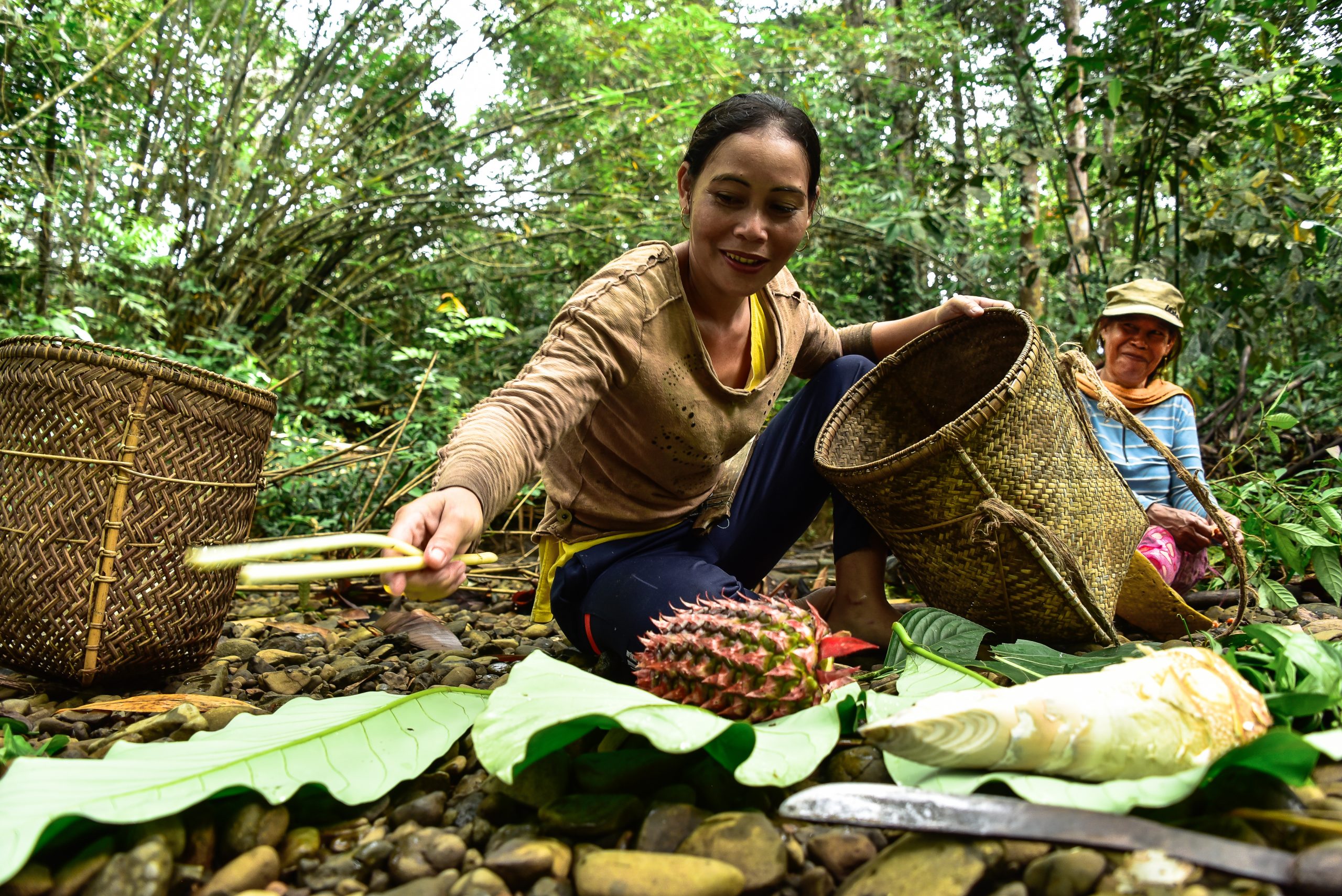
Duration of engagment
Medium-Long (2-5 years; 2 years is the shortest duration for a multi-stakeholder partnership to show concrete results)
Cost
Multi-stakeholder platforms tend to require annual budgets in the $100-200K range
($)
Organization costs (e.g. travel, venue booking)
($$)
Third party to facilitate multi-stakeholder discussions
($$$)
Institution costs (e.g. staff, action plan implementation, data collection)
In the real world
Underwriting multi-stakeholder governance
A group of companies and foundations have provided funds that support the Coalition for Sustainable Livelihoods (CSL) initiative in Aceh and in North Sumatra, Indonesia. Funding has gone toward high-level coordination of the initiative, convening multi-stakeholder workshops that shape the direction of the initiative, and coordination of working groups that are building out the initiative’s components. Funding, technical support and guidance have come from Barry Callebaut, Mars Wrigley Confectionary, Mondelēz International, PepsiCo, Unilever, Walmart Foundation, Conservation International, Earthworm Foundation, IDH, The Livelihoods Fund, UNDP, and the Global Environment Facility. Corporate funding and technical support also underwrite some regency-level L/JIs convened within the provinces under the CSL umbrella. This helps Aceh Tamiang and Southern Aceh carry out landscape-level diagnoses of deforestation drivers, develop community alternative livelihoods, and build capacity for palm oil mills and plantations to implement NDPE commitments.
Funding implementation of a jurisdictional action plan
Several companies have committed financial support for Sabah, Malaysia’s Jurisdictional Certification Steering Committee (JCSC)– the multi-stakeholder body charged with achieving the state’s certification and forest conservation goals – and/or activities it oversees. HSBC funds enabled district-level HCV mapping and land use planning as a first step toward scaling these efforts state-wide. Unilever funds enable the JCSC’s secretariat to more effectively carry out its work streams. Several other companies are funding a conservation assurance index – to be developed by local government and research institutions – that will monitor progress toward the state’s goals each year by providing reliable and objective information about governance, environmental health, sustainable production, and social development.
Tea companies support landscape-scale conservation initiative
Unilever Tea and Finlays have committed annual funding to support an IDH initiative to conserve a highly threatened part of the Mau Forests Complex in southeastern Kenya, by providing economic benefit to local communities. The corporate funds, augmented by the Kenya Tea Development Agency and the Safaricom Foundation, help implement the initiative’s action agenda to plant more natives trees across a 250 ha landscape, intensify livestock grazing, and carry out surveillance against illegal activities impacting the forest.
Key points for companies

Engage with the government or other entity leading the L/JI to understand the specific funding needs. The kind and costs of these needs will depend on the initiative’s maturity, from outreach or convening efforts in early stages, to building consensus or developing strategies and action plans around a shared vision during middle phases, to operating expenses, hiring secretariat staff, implementing plans, monitoring data, or tracking progress as the initiative matures.
- Request a budget to better determine which categories of activity in the initiative need how much money and what other sources of funding are currently or potentially available.
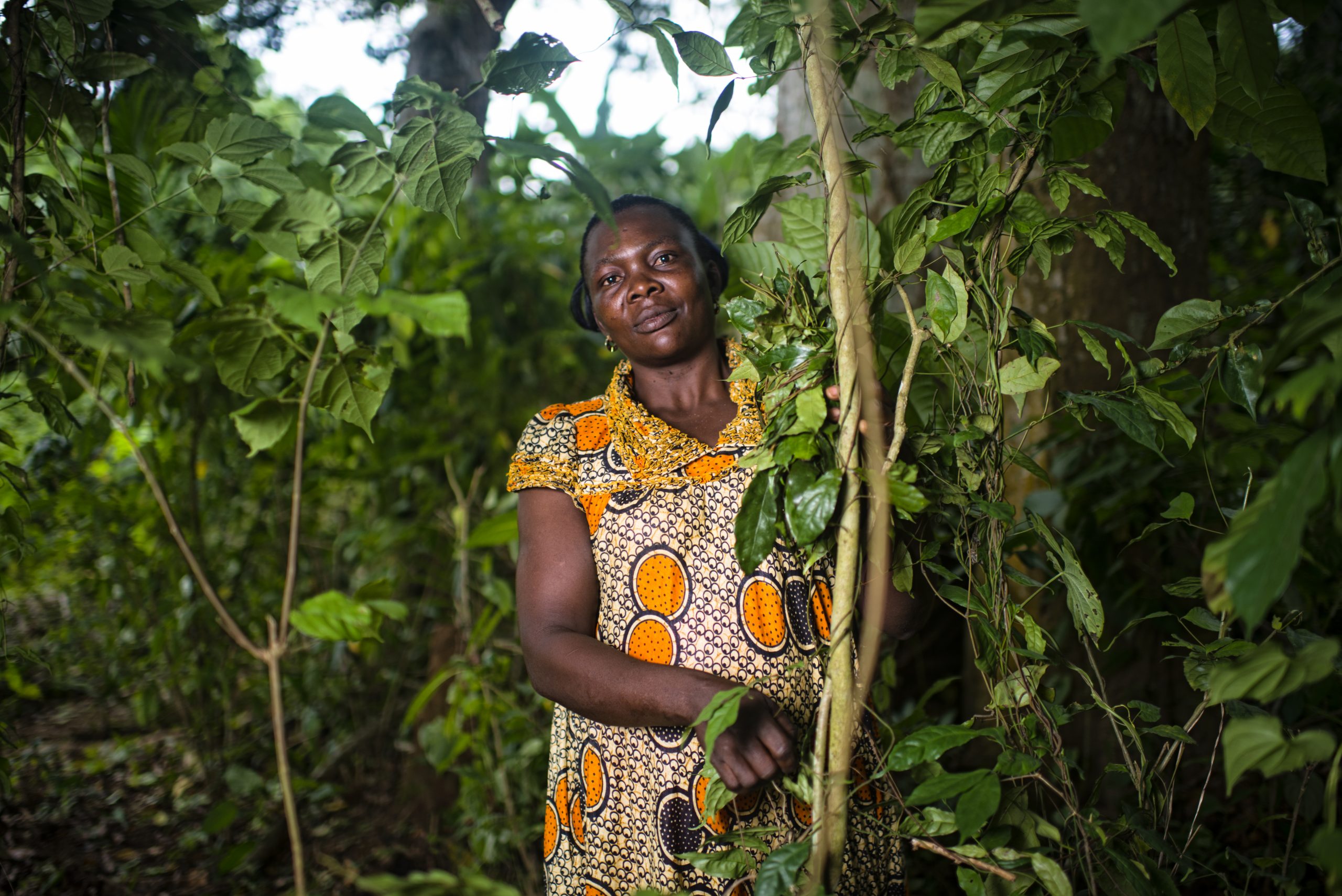
Determine whether to provide unrestricted funds which the initiative allocates as needed, or funds for specific activities. Unrestricted funds help buffer unforeseen costs that can often arise and shift immediate priorities.
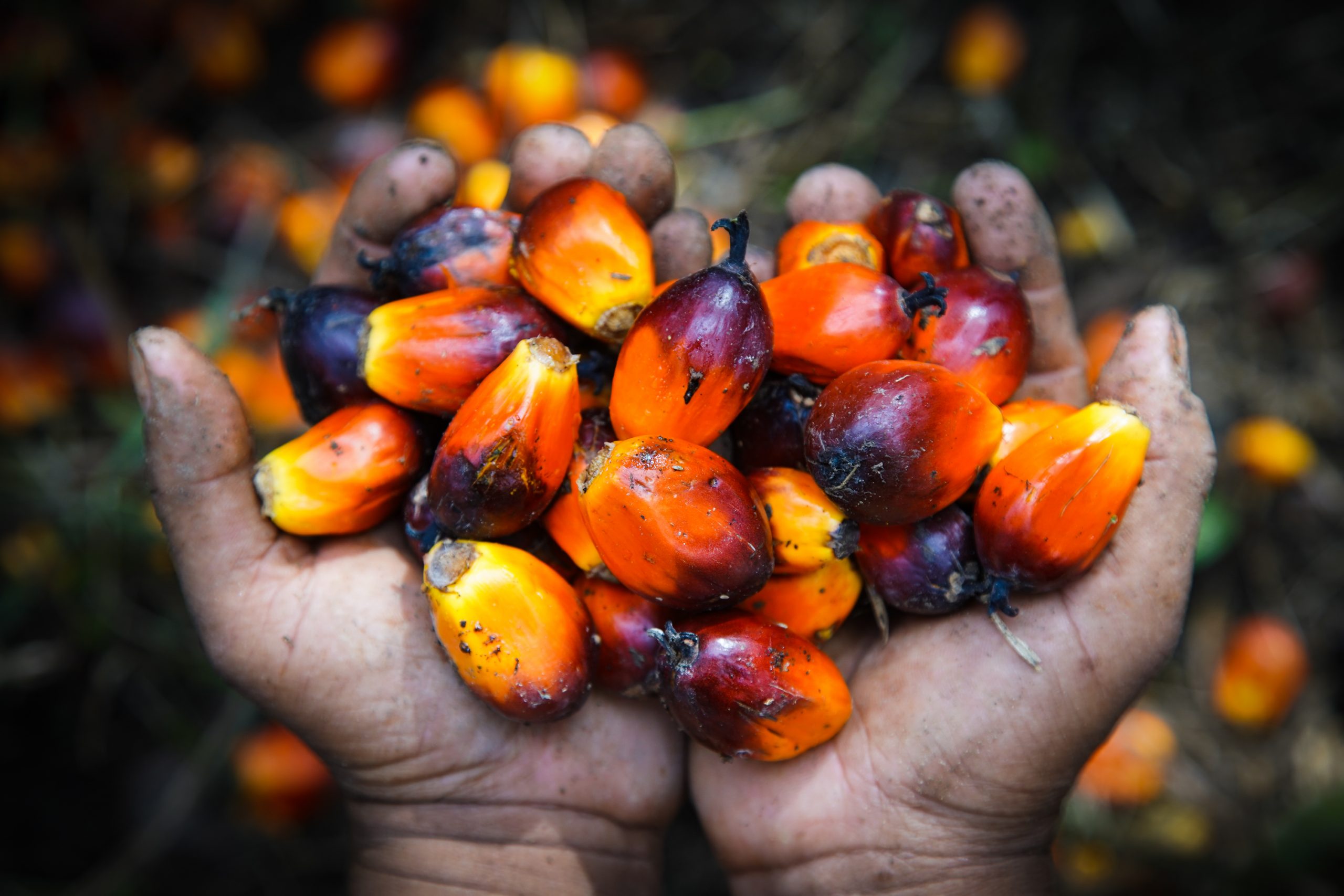
Hold initiative leads accountable to ensure funding is having the desired impact. Ask periodic progress reports (e.g. semi-annual) on how the money is spent, measured against the goals to which company finances are contributing. Review reports with an eye toward effectiveness and suggest to the initiative lead how they could improve.
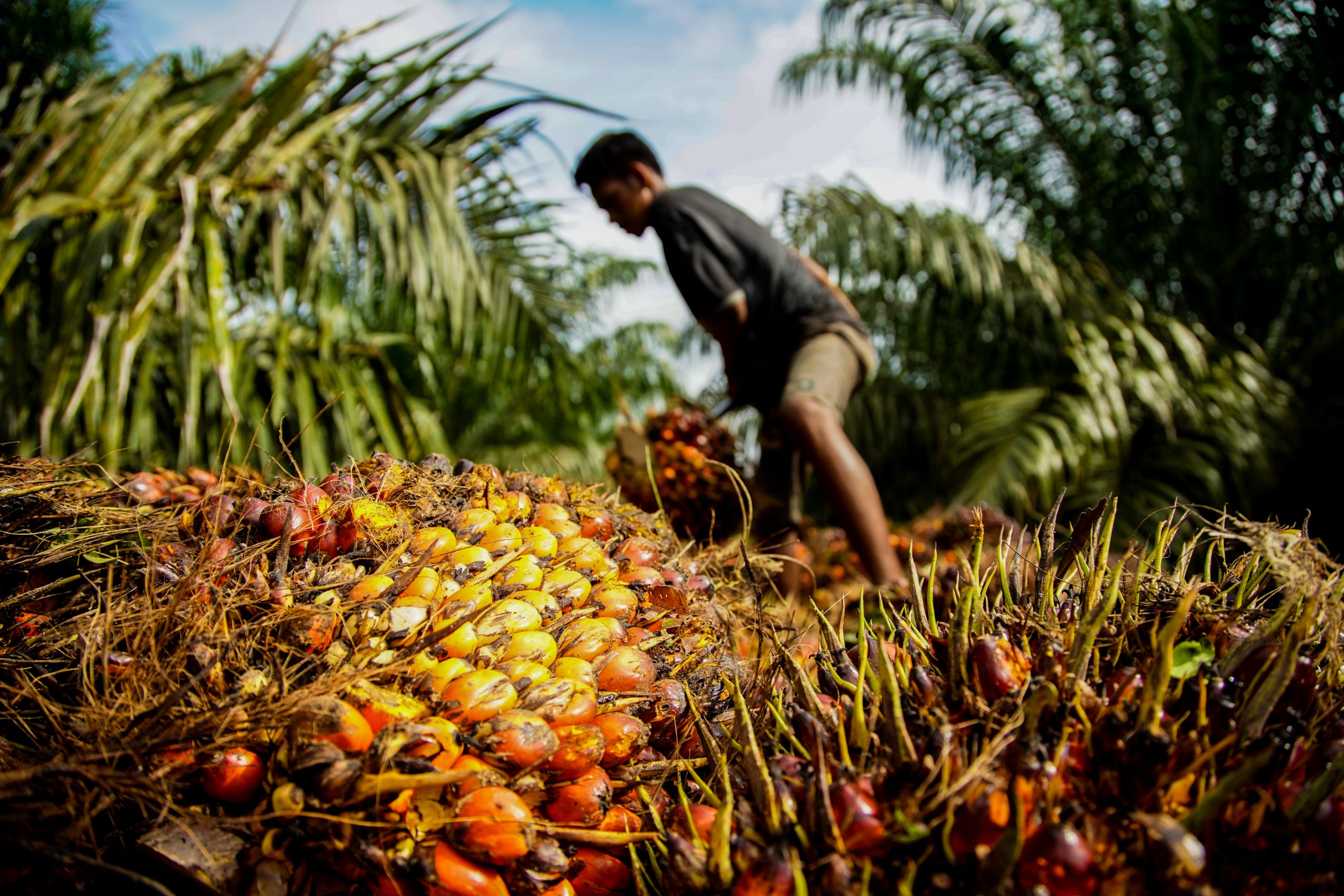
Rather than go it alone, an individual business can better provide a portion of the funds, then seek complementary monetary or in-kind contributions from other companies, government agencies, large conservation NGOs, etc. Joint funding avoids any perception of disproportionate influence by any one entity and ensures that other stakeholders have “skin in the game” for the success of the initiative.
- If one or more companies provide early funding for an L/JI and are joined by other companies later on, all parties should agree on how the newcomers can equitably support later-stage needs so that they feel properly invested in the initiative’s success.
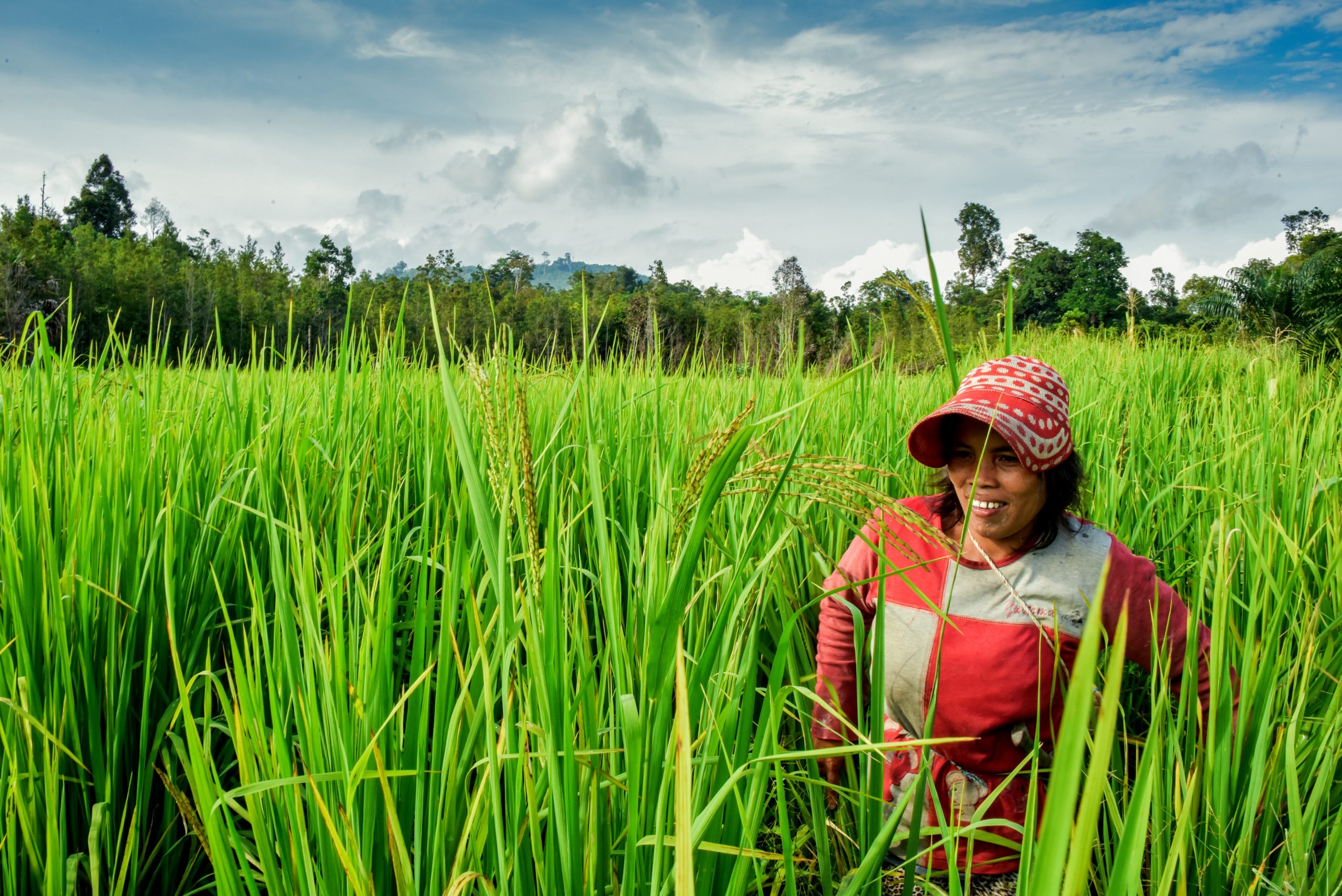
As the L/JI shifts from planning to implementation, the scale of funding required is likely to increase by orders of magnitude (10-100), depending on how ambitious and cross-sectoral the targets and activities are. At this stage, company support still matters, but it should identify other and more sustainable sources of financing so the initiative can achieve its landscape/jurisdictional goals. See also “Enhance sustainability-pegged financial flows”, “Help develop carbon offset programs”.
External conditions that improve likelihood of success
- There is adequate financial planning, management, and reporting capacity of the institution leading the landscape/jurisdictional initiative.
- Time frames for funding are consistent with company priorities and expectations for progress and results
- The planning phase can tap into funds from a diverse coalition of sources that includes companies, government agencies, conservation NGOs, and international donors
- There is real potential to generate additional, substantial, and sustainable funding during the implementation phase from commodity market premiums, carbon finance, and other sources
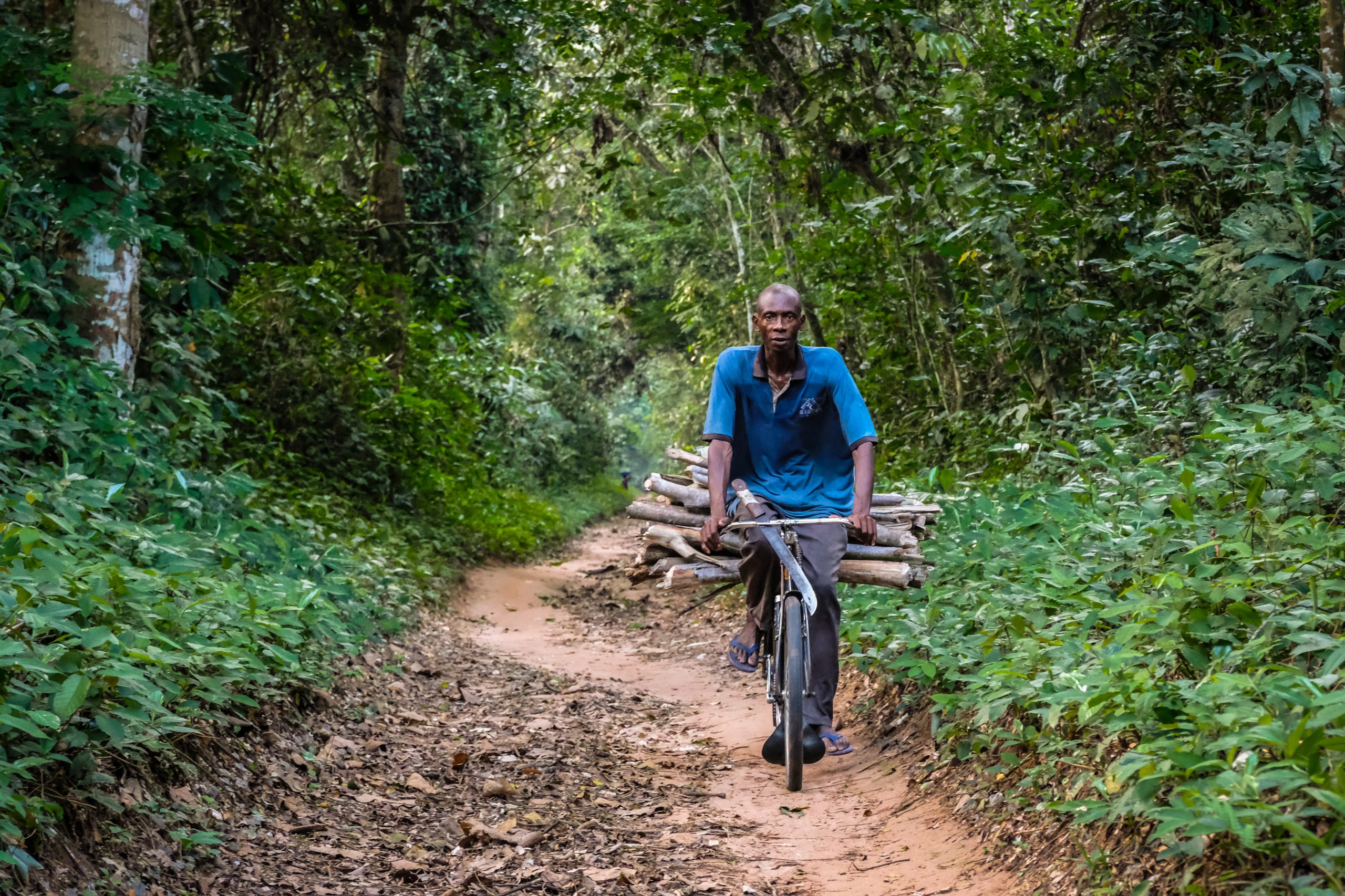
The business case for this intervention
- Ensuring a financially viable multi-stakeholder L/JI platform could multiply a company’s initial investment by leveraging 10x-100x additional funding through commodity and carbon markets.
- Companies that fund the multi-stakeholder platform lead by example and can encourage others to contribute.
- By highlighting its L/JI commitment, a company can increase brand value and enhance its social license to operate.
- Financial support can improve relationships with other L/JI stakeholders and clarify synergies between government priorities and private interests.
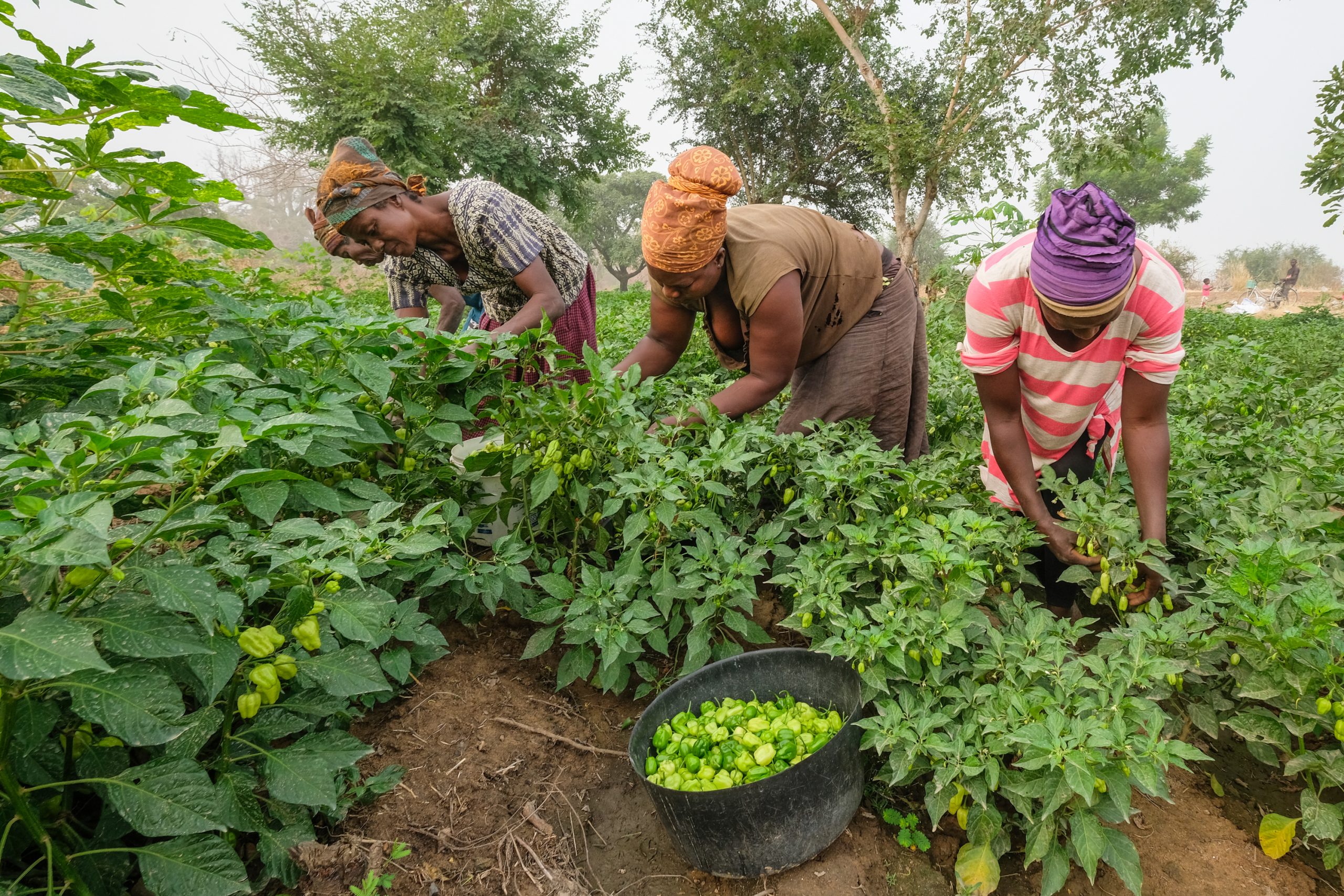
Duration of engagment
Medium-Long (2 years to develop and agree on sustainability protocols; 5 years to fully implement these protocols across the sector)
Cost
($)
Staff time/flights to participate in technical committee meetings
($)
Organization cost to set up and participate in in-person meetings (e.g. travel, venue booking)
($$)
Funding to convene the sector if it is not already convened
($$)
Pre-feasibility studies to identify technical solutions, potentially sub-contracted to external parties
($$)
Work to develop internal systems that follow agreed sustainability protocols
In the real world
Deforestation-free tequila production
The Regulatory Council of Tequila (CRT) is a Mexican industry association that promotes tequila’s quality, prestige, and sustainability. CRT developed a Sustainability Strategy for the Agave-Tequila Supply Chain, which aimed to reduce the industry’s carbon footprint, reliance on fossil fuels, and water use. To help implement this strategy, CRT and the Jalisco State Government (at COP25 in Madrid) agreed on specific measures to reduce the negative environmental impacts of agave cultivation and tequila production. Foremost, CRT would design and implement an agave-tequila Zero Deforestation Protocol and Certificate that integrates environmental criteria required by the state’s Secretary of Environment and Territorial Development (SEMADET) related to planning, zoning, and verification of new agave plantations as being deforestation-free. The Secretary is now drafting a reference map for monitoring compliance by agave producers with the deforestation-free protocol, which CRT will use to authorize future agave expansion only in unforested areas. Meanwhile, SEMADET will develop and adopt monitoring systems that report performance against deforestation in plantations.
Investing in clean Cameroonian cocoa
In two Cameroonian landscapes – Grand Mbam and Djourn-Mintom – and with facilitation from IDH and WWF, a group of cocoa sector companies is working to identify investible projects that will contribute to achieving landscape-level targets around sustainable production, forest protection, and community livelihoods. The companies include global businesses that source from Cameroon (e.g., Olam, Cargill, Barry Callebaut, Puratos), chocolate makers and brands (e.g., Mars, Natra), and local cocoa buying companies (e.g., Neoindustry, Ndongo Essomba). Detailed plans and investment opportunities were being discussed and developed at the time of writing.
Clean fuel for Cambodia’s textile industry
The public rarely traces deforestation to clothing. But H&M Group was concerned about unsustainable wood fuel used as a main source of thermal energy for garment factories. To address the issue, it launched a collaborative program in 2019 known as the Supply Chain And Landscape Approach in the Eastern Plains Landscape of Cambodia (SCALE). Following a multi-stakeholder workshop, other textile brands including Puma, Marks & Spencer, and Li-fung joined the initiative, and collaborated on a call to action to accelerate the use of alternative and sustainable energy across the landscape.
Joining forces to improve palm oil production
In two districts of Riau province, Indonesia, a group of palm oil producers and downstream buyers (Cargill, Danone, Golden Agri-Resources, Musim Mas, Neste, PepsiCo, and Unilever) have combined their resources to collaborate under the Siak Pelalawan Landscape Programme (SPLP). The companies signed an agreement that covers information sharing, funding allocation, monitoring, reporting, communication, and multi-stakeholder engagement. Within each district, SPLP is linking with multi-stakeholder processes (Green Siak in Siak and Forum for Sustainable Palm Oil (FoKSBI) in Pelalawan) to ensure alignment with local priorities. Program implementation began in 2020 and will run through 2024. Workstreams include: conservation and restoration of 5,000 ha; village-level support on sustainable production-protection models; development and implementation of district-wide traceability to plantations; transitioning mills to NDPE compliance; and support for multi-stakeholder platform development in both districts.
The danger of misalignment with government
In 2014, six of the largest palm oil producing companies in Indonesia (Asian Agri, Astra Agro Lestari, Cargill, Golden Agri-Resources, Musim Mas, and Wilmar) signed the Indonesian Palm Oil Pledge (IPOP), committing themselves to zero-deforestation. The pledge was not new; each company had already published its own No Deforestation, No Peat, No Exploitation (NDPE) commitment prior to signing. But it raised concerns by Indonesia’s government that IPOP might become a cartel, and a threat to smallholder development. Independent analysis suggested that the IPOP signatories organized in a way that the government perceived as a challenge to its sovereignty over producers, rule-making, and economic organization. In 2016, in response to official pushback, IPOP dissolved itself. The controversy and lack of high-level buy-in highlight the limits of corporate action and the critical importance of engaging government at various levels to achieve sustainable commodity production at scale. The IPOP experience served as a primary impetus for the development of jurisdictional initiatives in Indonesia.
Key points for companies
Effective L/JIs require strong government participation, but when they participate may vary. In some cases, it may be more practical for the private sector first to align interests and coordinate action within a landscape/jurisdiction, then later jointly approach the relevant government entities with a proposal for addressing environmental and social challenges across the region. In short, timing matters. When government is paralyzed or distracted by upcoming elections, or internal conflict between national and regional authorities interferes with regional collaboration, companies may make more early progress aligning priorities amongst themselves. What’s more, governments may be more willing to approve, support, and join coordinated efforts to address deforestation after they see strong, unified support from the private sector. In other instances, it may be more practical for companies to reverse that sequence. For example, where officials have convened a multi-stakeholder group to tackle landscape-level challenges, the private sector may collaborate to help shape and deliver on action plans that are already being negotiated.
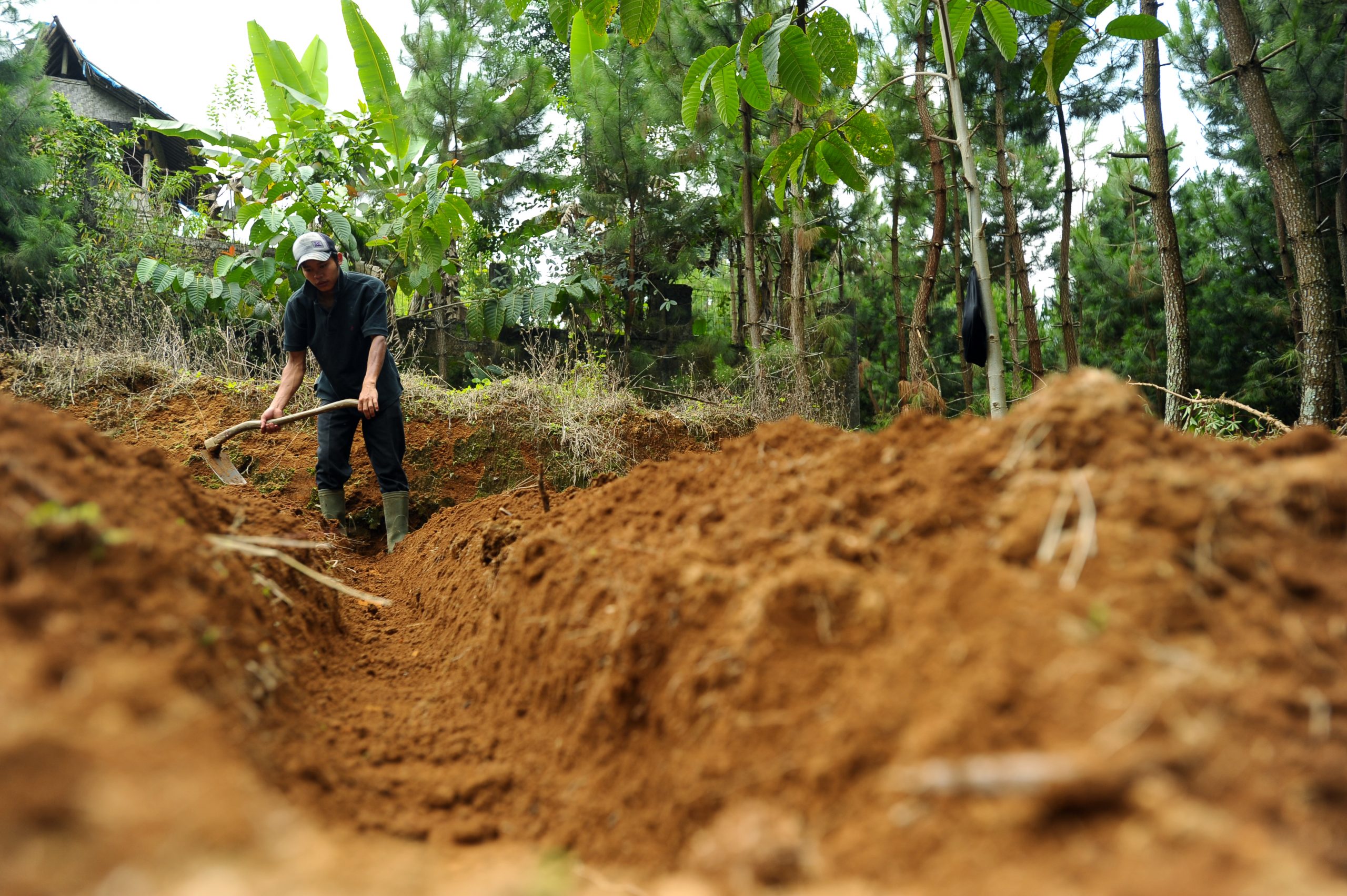
Make a strategic choice between a single-sector or a cross-sector L/JI. The former may be easier to start; the latter easier to expand. Either can work if the conveners have a strategy for addressing the respective challenges and risks. When a single commodity is the dominant driver, but is shaped by other factors (e.g. logging, artisanal mining, subsistence farming), it makes sense to narrow focus on the commodity. Even then, engage actors from other sectors early and often, to strengthen their commitment as the L/JI develops.

If an association or discussion platform does not already exist within the landscape/jurisdiction, a company needs first to convene its sector. A (typically large) company might choose to take on the lead role as primary convener, or work in partnership with influential peers, or several could turn for help to outside facilitation.
- While finding ways to collaborate, always observe local anti-trust laws. Find creative ways for businesses to collaboratively set sustainability targets, co-develop policies and protocols, and agree on tools to meet shared targets – without affecting the ability of individual companies to compete on price or quality.
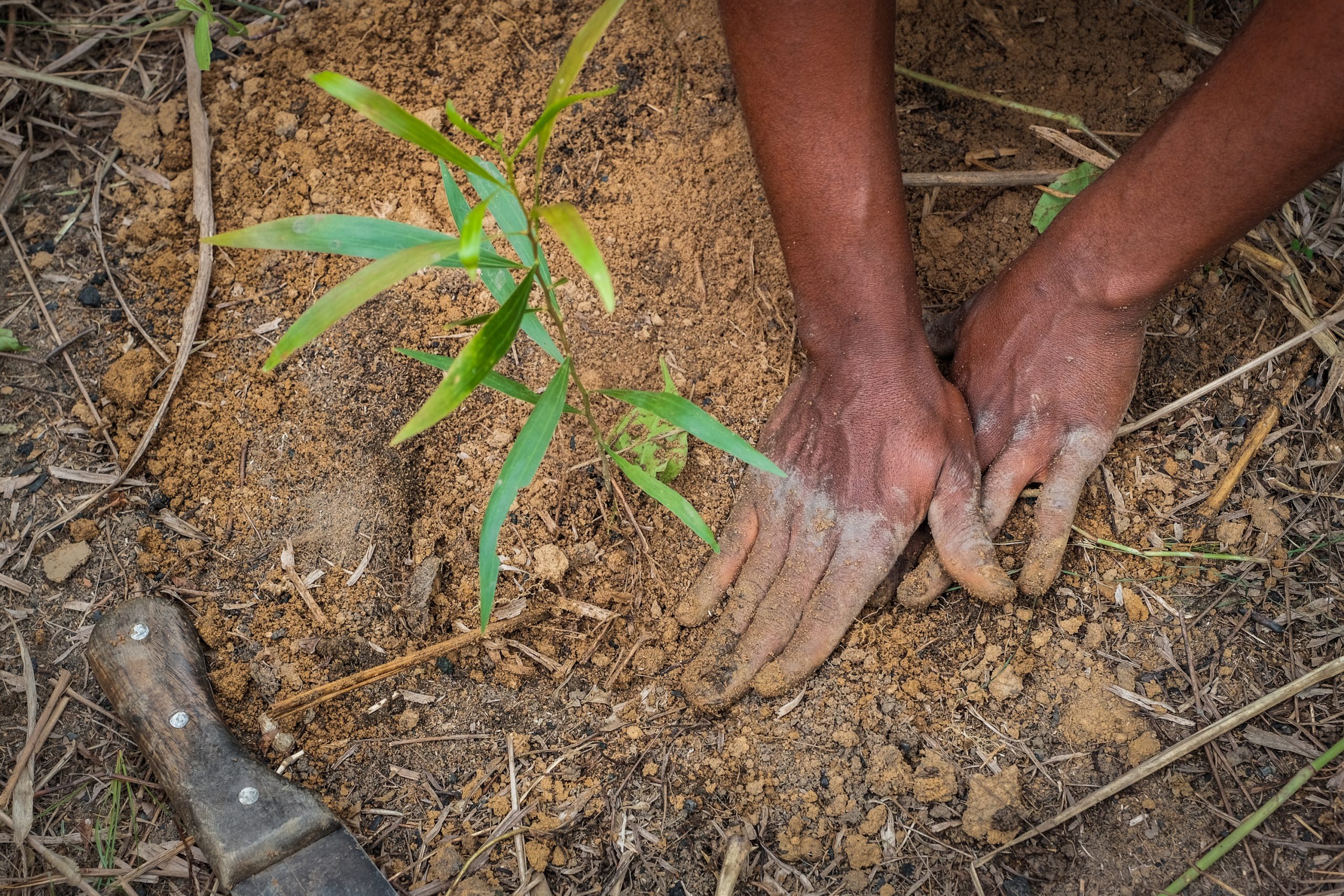
Align the sector on an ambitious sustainability vision and agree on rules of engagement that articulate shared expectations from the joint effort. Regardless of who initiates the convening, outside facilitation can foster this alignment.
If, as in the IPOP case above, there are concerns that the government might take issue with ambitions to exceed legally mandated levels of sustainability, the sector should engage the government at an early stage to seek out common ground.

To translate the vision into targets and actions, companies must first address differences in supply chain arrangements among brands and aggregators. One may operate through directly controlled plantations, another may rely on contracting with growers, still others may buy from local processors without farmer contracts. To accommodate these differences, align on the actors to target in the landscape/jurisdiction, and on how individual companies can change incentives for those actors.

With the sector aligned, companies should work with the relevant government authority (and/or credible NGOs) to develop sectoral protocols for sustainable production and trade. Doing so will define how companies spread out costs and responsibilities to create a “level playing field.” Though companies may face different costs to meet sustainability targets, early and open public-private collaboration will reduce the risk of certain companies trying to seek unfair advantages.
- In some geographies, multiple government entities might have overlapping authority over what a sector requires to implement its sustainability vision. If this is the case, companies must clarify what authorities each government entity holds, and ensure they are all on board with the agreed protocols. Where one government entity has lead authority, make sure it is positioned to champion the agreed protocol.

Where possible, devise a sector-managed system that provides the first level of oversight, which ensures that agreed protocols are followed internally. If not, companies should find a way to ensure all peers in the sector are at least sharing relevant data, and thus verifying that production and trade follow the protocols.
External conditions that improve likelihood of success
- A champion company within the sector, with strong and long-term ambition, leads the way.
- The sector is willing to collaborate on sustainability and drive toward a common agenda. Pre-existing industry collaboration at the global level is a plus (e.g. UNFCCC Fashion Charter, Cocoa and Forests Initiative).
- There is strong potential to develop trust between the sector and the relevant government entity.
- Key government entities are prepared to work through potential antitrust concerns, and willing to partner with the sector as a whole.
- The sector’s sustainability goals/strategy are compatible with those of the government.
The business case for this intervention
- Companies that try to implement their own ambitious sustainability protocols may be undercut by competitors who do not. By collaborating in the jurisdiction on a shared vision and framework, then engaging the government as a sector partner, all actors complete fairly, playing by the same rules on a level field.
- By approaching the government with a clear sectoral vision and strategy for achieving sustainability goals today, companies can preempt more costly and burdensome regulations imposed on their sector tomorrow.
- By collaborating closely with government agencies, companies can leverage government resources for implementing corporate sustainability efforts.
- By certifying production across an entire sector within a jurisdiction, companies build on economies of scale. This can obviate the need for separate mechanisms to monitor compliance at site level, helping suppliers reduce audit costs and audit fatigue.
- Designation of origin can be a valuable differentiator for consumers of certain commodities (e.g. tequila, coffee). By achieving sustainability goals across the entire sector within a jurisdiction, companies can associate their branded products from that jurisdiction as a way to distinguish them from less sustainable products originating elsewhere.
Duration of engagment
Medium (1-3 years)
Cost
($)
Participant
($$)
Convener/Coordinator, requiring significant investments of staff time and travel
($$$)
Funder of third-party implementers
($$$$)
Implementer of one or more steps articulated through the land use planning process
In the real world
Mapping priority conservation areas in Côte d’Ivoire
The French chocolate manufacturer Cémoi co-funded and coordinated implementation of a land use planning program in the regions of Mé, Agnéby-Tiassa, and Indénié-Djuablin. The company partnered with Côte d’Ivoire’s Coffee-Cacao Council (a government agency responsible for regulating and developing the coffee and cocoa sectors), other funders, and technical service providers to develop a land use reference map by identifying High Carbon Stock and High Conservation Value areas and to identify and validate key areas to conserve through a process that obtains communities’ free, prior, and informed consent. With this mapping, partners were able implement a range of protection, restoration, and sustainable cocoa cultivation activities aligned with a spatially explicit land use plan.
Conservation planning from below
In the Kapuas Hulu district of West Kalimantan, Indonesia, Golden Agri-Resources (GAR) manages three plantations covering 20,000 ha, which overlap 14 village boundaries. GAR had made a commitment to implement the High Carbon Stock Approach (HCSA) methodology for halting deforestation. That meant reserving certain portions of its plantations for conservation. The company had to ensure that local communities would not deforest lands it would set aside and leave intact, but early efforts did not adequately engage local communities, who viewed the set-asides as land grabs. Following an independent review of the social impacts of the company’s forest conservation policy, GAR piloted a Participative Conservation Planning tool with The Forest Trust, village leaders, government agencies, and local NGOs. The tool combined conservation mapping with participatory village mapping, and identified which area to protect, to manage for local livelihoods, and to develop for industrial agriculture. GAR then shared these maps with local governments to inform village-level spatial plans that clarified and secured broad public support for clear land use determinations. To scale mapping and spatial planning, GIZ, the High Conservation Value Resource Network and the district government are conducting a High Conservation Value and High Carbon Stock assessment throughout the entire district.
Villages help decree wildlife migration corridors
Bumitama Agri is a large Indonesian palm oil producer that suffered a period of tensions with local communities in its concession area. In response, the company worked with IDH and Aidenvironment to adopt village-level land use planning, empowering local stakeholders to influence decision making and reduce future risk of conflict. This participatory approach with community members sets out to map current land use for production, protection, and infrastructure/housing, as well as to propose improved land use zoning. All this is then brought to the local government for formal approval, through a village spatial plan decree. Since 2016, the project has established participatory land use maps for eight villages. The different village-level plans are aggregated into defined zones that protect wildlife migration corridors in West Kalimantan that connect the Gunung Tarak protected forest with the Sungai Putri peat swamp forest. Beyond social and ecological benefits, Bumitama saw a clear business case for undertaking this work.
Key points for companies
Government entities have lead authority over land use planning, yet companies play an important role (see Annex 2 in the PDF version of this Guidance for further details). They may catalyze the public process if plans are absent or need updating, and they may participate in a process that the government has already initiated. Specifically, companies can:
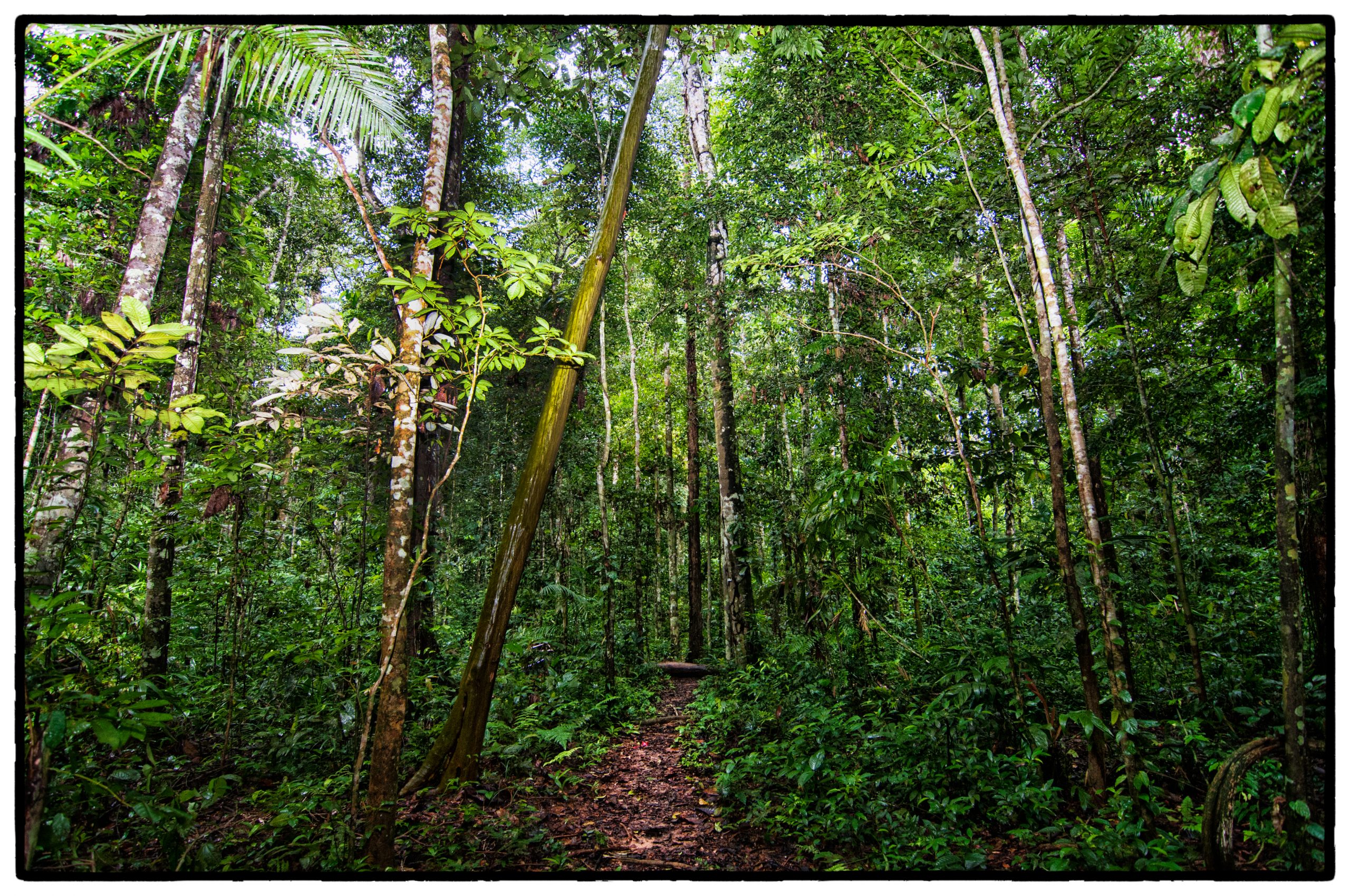
Facilitate participation by relevant stakeholders in the planning process where these stakeholders are receptive and where the company possesses sufficient influence and trust to invite their participation. A neutral, third-party facilitator is often best positioned to convene diverse local stakeholders, including those who may not trust companies or other actors, and can mitigate the power imbalance between various interests.
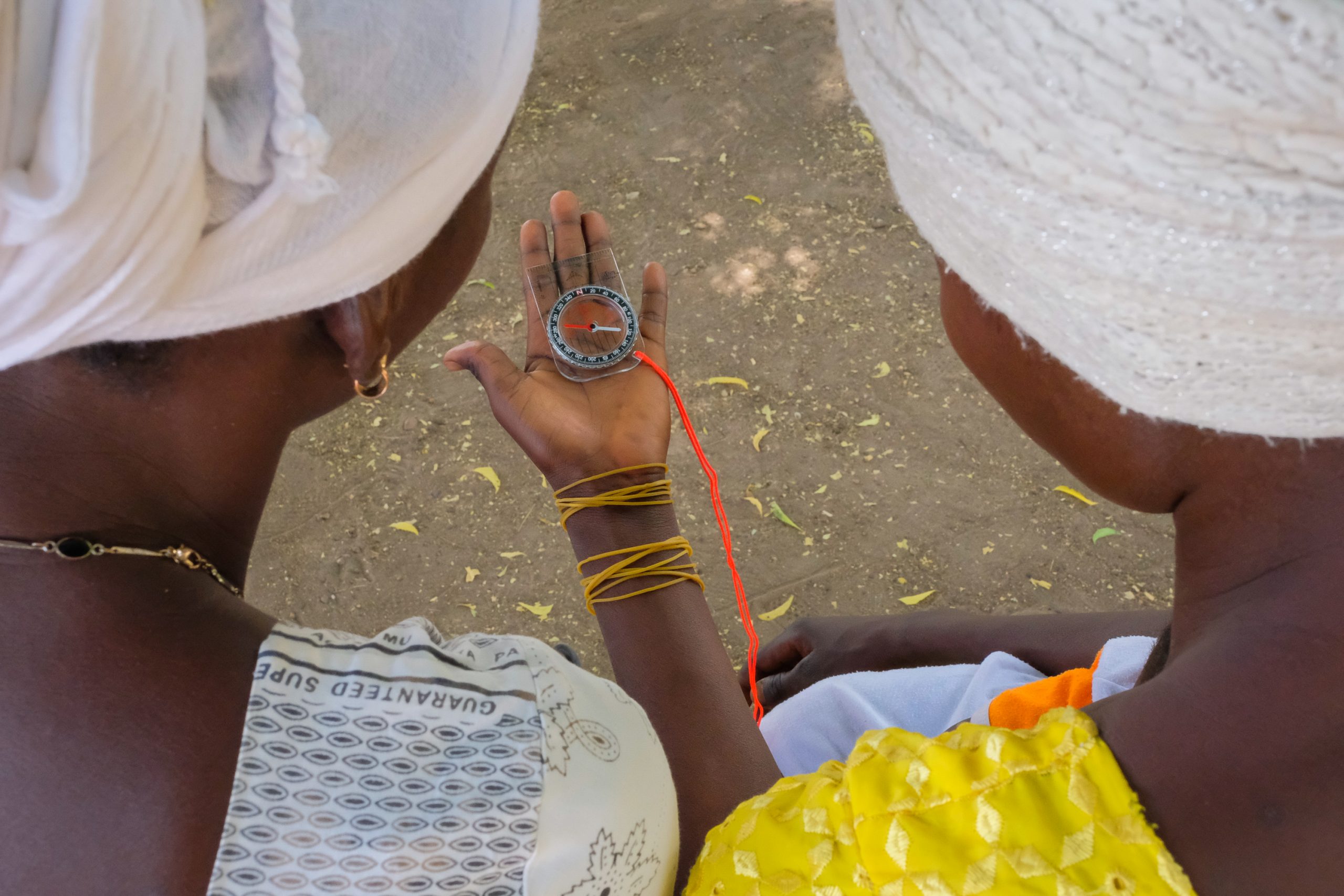
Support development of a land use reference map that is produced in an inclusive, participatory fashion. A company may take on this work directly or support it by funding consultants or NGOs to lead the technical effort, while also providing data and staff time to help review documents.
- A reference map helps planners grasp how different actors are using a jurisdiction’s land. Stakeholders can identify overlaps with priority conservation areas, anticipate and defuse potential conflicts, and find alignments among productive uses and users.
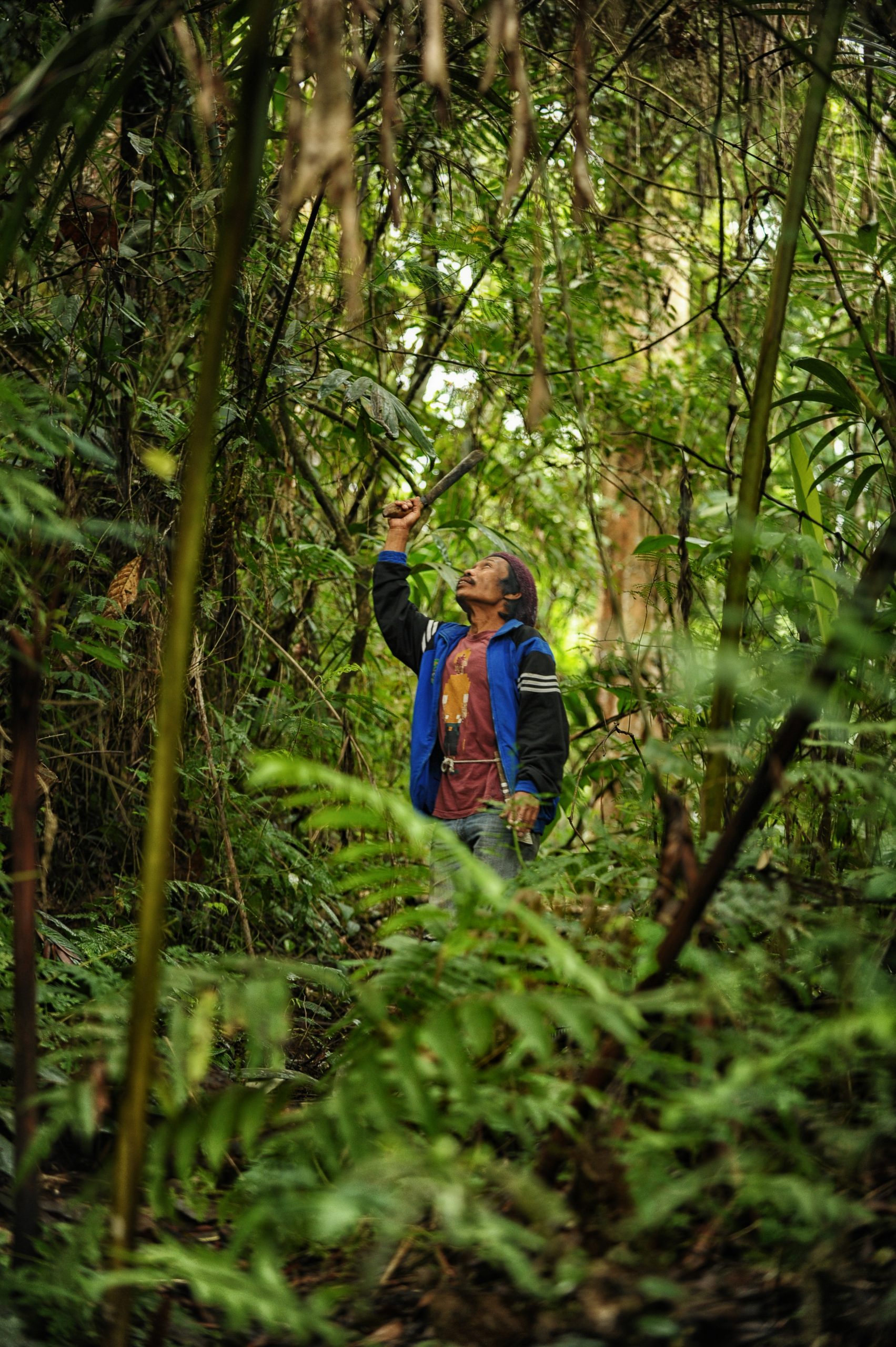
Contribute staff knowledge, data, and ecological training to help determine priority areas for conservation in the landscape/jurisdiction.
- The technical process of prioritization – often led by a government entity or a third party – applies tools that delineate which areas require protection, restoration, or specialized management to achieve conservation outcomes (including High Carbon Stock, High Conservation Value, and Key Biodiversity Area methodologies). It also assesses overlapping land ownership, usage rights, and other social factors.
- GAR’s experience shows how companies (or governments, for that matter) cannot undertake land use planning without consulting affected populations, even where the intent (e.g. preventing deforestation) is virtuous.
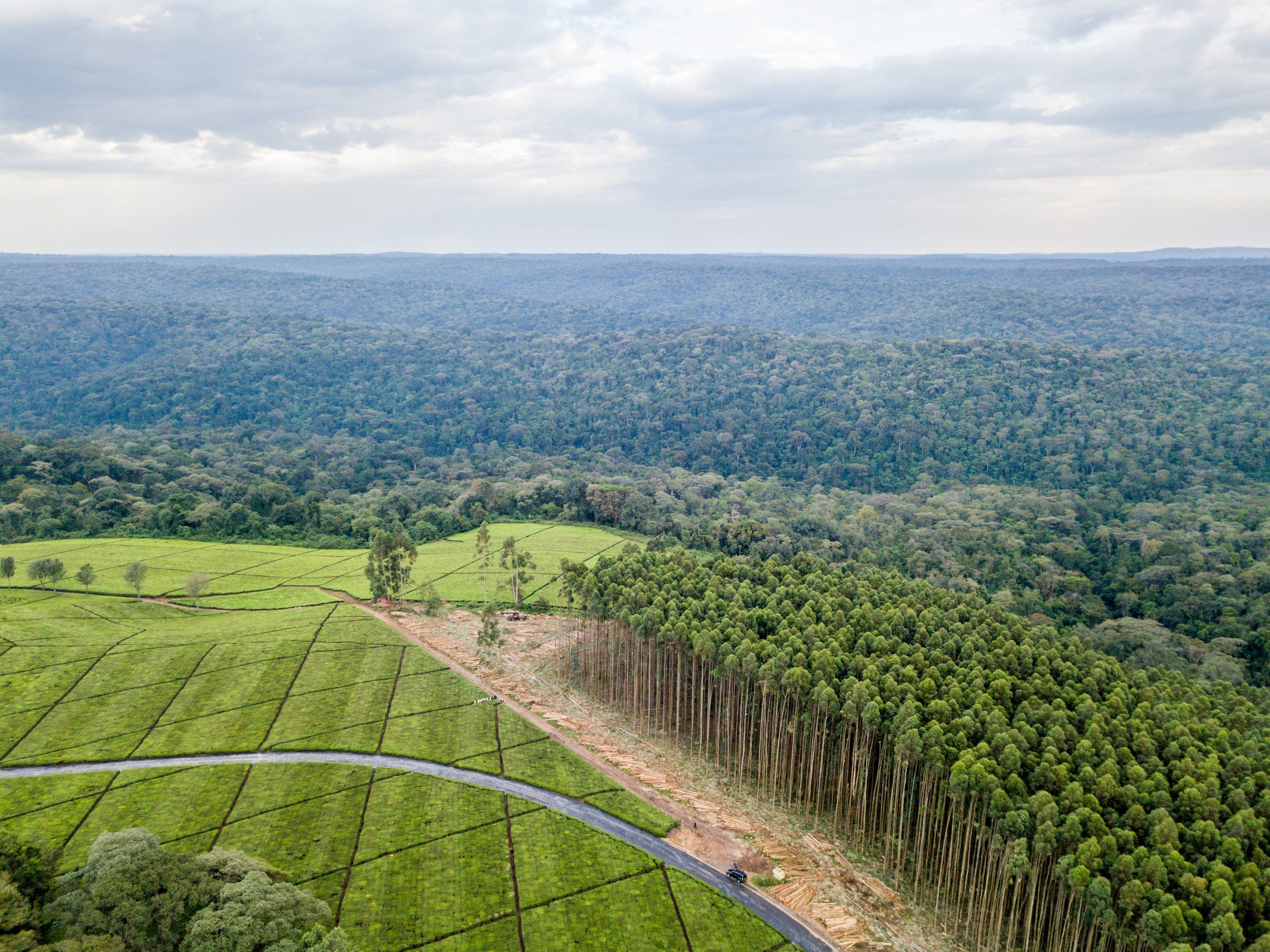
Negotiate the land use plan in good faith, aligning corporate sustainability ambitions with job creation and social equity (empower the voices of local communities, smallholders, and women in the negotiation), while minimizing production-protection trade-offs.
External conditions that improve likelihood of success
- Stakeholders in the L/JI are willing to engage in the land use planning process based on shared interests in improving conservation while meeting economic needs.
- Government actors with land use authority demonstrate both commitment and capacity to use the resulting plan as the basis for regulation and enforcement.
- Land use experts are available who can identify and map priority conservation areas, and then integrate economic, environmental, and community perspectives into the plan.
- Local communities and smallholders have enough time and organizational capacity to participate through trusted leaders and chosen representatives.
- Land tenure had been clearly defined, and there is either an absence of, or a pathway for addressing, any conflicting land use rights.
- There is participation, or at least buy-in, by a critical mass of companies whose operations have significant impacts on land, ensuring accurate information and adequate support for the land use priorities and plan that emerges.

The business case for this intervention
- By working with relevant stakeholders to generate a land use plan, a company reduces risk of conflict over misaligned objectives, avoids potential duplication of activities and investments, and clarifies the government’s expectations of what companies can do to ensure their actions comply with the law.
- By aligning with the government and local stakeholders on permitted land uses, a company reduces risk that (in)action by others will undermine its own sustainability goals and targets.
- By embedding methodologies like the High Carbon Stock Approach or High Conservation Value assessments into landscape/jurisdiction-level land use plans, a company:
- Avoids the need to undertake conservation planning whenever it wishes to expand production or sourcing within the landscape/jurisdiction.
- Helps address deforestation on community-controlled forests both inside and outside the boundaries of its own managed farms or those from which it sources.
